Description
SANKET CHAUGULE
As an artist who prioritises realistic works, there are several key aspects to focus on:1. Observation and Drawing Skills: Developing strong observational skills and the ability to accurately render what you see is crucial for creating realistic artworks. Dedicate time to practising drawing from life, whether it's still life setups, figure drawing, or landscapes. Pay close attention to details, proportions, and the play of light and shadow.
2. Understanding Anatomy (for figure drawing): If you plan to create realistic portrayals of the human figure, it's essential to have a deep understanding of human anatomy. Study muscle structure, bone structure, and the way the body moves and holds different poses. Having a solid grasp of anatomy will help you capture realistic forms and gestures.
3. Mastering Perspective: Perspective is an important element in creating a sense of depth and realism in your artworks. Study and practise various perspective techniques, such as one-point, two-point, and three-point perspective, to accurately depict spatial relationships and create a convincing sense of depth.
4. Studying Light and Shadow: The way light interacts with forms and creates shadows is a critical component of realistic artwork. Observe and study how light and shadows fall on different surfaces, shapes, and textures. Practice rendering these effects accurately to create a sense of three-dimensionality and realism in your work.
5. Developing Technical Skills: Depending on your preferred medium (e.g., drawing, painting, sculpture), continue to refine your technical skills. For example, if you work with traditional media like oils or acrylics, practice colour mixing, brushwork, and layering techniques to achieve realistic textures and surfaces.
6. Referencing and Studies: Utilise reference materials, such as photographs, still life setups, or live models, to study and accurately capture details, textures, and forms. Additionally, creating studies and sketches from observation can help you develop a better understanding of your subjects before creating a final, realistic artwork.
7. Patience and Persistence: Creating realistic artworks often requires a significant investment of time and effort. Be patient with yourself and persistent in your practice. Each artwork will contribute to your growth and improvement as a realistic artist.

You May Also Like
-
Sampoorna 8
₹180,000.00 -
Sampoorna 7
₹202,500.00 -
Sampoorna 6
₹150,000.00 -
Sampoorna 5
₹225,000.00 -
Sampoorna 4
₹240,000.00 -
Sampoorna 3
₹225,000.00 -
Sampoorna 2
₹360,000.00 -
Sampoorna 1
₹240,000.00 -
Saath Sehiliyan
₹260,000.00 -
Saath Sehiliyan
₹260,000.00 -
Saath Sehiliyan
₹260,000.00 -
Saath Sehiliyan
₹125,000.00 -
Transform3
₹30,500.00 -
Transform2
₹30,500.00 -
Transform1
₹30,500.00 -
Abundance 2
₹36,960.00 -
Abundance 1
₹36,960.00 -
Untitle 6
₹65,000.00 -
Untitle 8
₹110,000.00 -
Untitle 5
₹110,000.00 -
Untitle 4
₹110,000.00 -
Untitle 2
₹120,000.00 -
Untitle 1
₹65,000.00 -
Harmony 18
₹110,000.00 -
Govardhan
₹65,000.00 -
End of Gajasura
₹65,000.00 -
Descent of Ganga
₹65,000.00 -
Untitled -107
₹200,000.00 -
Untitled -106
₹200,000.00 -
Untitled -105
₹500,000.00 -
Untitled -104
₹950,000.00 -
Untitled -103
₹950,000.00 -
Untitled -102
₹700,000.00 -
Untitled -101
₹1,100,000.00 -
Untitled – 99
₹30,000.00 -
Untitled – 98
₹30,000.00 -
Untitled – 97
₹30,000.00 -
Untitled – 96
₹30,000.00 -
Untitled – 95
₹30,000.00 -
Untitled – 94
₹30,000.00 -
Untitled – 93
₹30,000.00 -
Untitled – 92
₹30,000.00 -
Untitled – 91
₹30,000.00 -
Untitled – 90
₹30,000.00 -
Untitled – 89
₹30,000.00 -
Untitled – 88
₹30,000.00 -
Untitled – 87
₹30,000.00 -
Untitled – 86
₹30,000.00 -
Untitled – 85
₹30,000.00 -
Untitled – 84
₹30,000.00 -
Untitled – 83
₹30,000.00 -
Untitled – 82
₹30,000.00 -
Untitled – 81
₹30,000.00 -
Untitled – 80
₹30,000.00 -
Untitled – 79
₹30,000.00 -
Untitled – 78
₹30,000.00 -
Untitled – 77
₹30,000.00 -
Untitled – 76
₹30,000.00 -
Untitled – 75
₹30,000.00 -
Untitled – 74
₹30,000.00 -
Untitled – 73
₹30,000.00 -
Untitled – 72
₹30,000.00 -
Untitled – 71
₹30,000.00 -
Untitled – 70
₹30,000.00 -
Untitled – 69
₹30,000.00 -
Untitled – 68
₹30,000.00 -
Untitled – 67
₹30,000.00 -
Untitled – 66
₹30,000.00 -
Untitled – 65
₹30,000.00 -
Untitled – 64
₹30,000.00 -
Untitled – 63
₹30,000.00 -
Untitled – 62
₹30,000.00 -
Untitled – 61
₹30,000.00 -
Untitled – 60
₹30,000.00 -
Untitled – 59
₹30,000.00 -
Untitled – 58
₹30,000.00 -
Untitled – 57
₹30,000.00 -
Untitled – 56
₹30,000.00 -
Untitled – 55
₹30,000.00 -
Untitled – 54
₹30,000.00 -
Untitled – 53
₹30,000.00 -
Untitled – 52
₹30,000.00 -
Untitled – 51
₹30,000.00 -
Untitled – 50
₹30,000.00 -
Untitled – 49
₹30,000.00 -
Untitled – 48
₹30,000.00 -
Untitled – 47
₹30,000.00 -
Untitled – 46
₹30,000.00 -
Untitled – 45
₹30,000.00 -
Untitled – 44
₹30,000.00 -
Untitled – 43
₹30,000.00 -
Untitled – 42
₹30,000.00 -
Untitled – 41
₹30,000.00 -
Untitled – 40
₹30,000.00 -
Untitled – 39
₹30,000.00 -
Untitled – 38
₹30,000.00 -
Untitled – 37
₹30,000.00 -
Untitled – 36
₹30,000.00 -
Untitled – 35
₹30,000.00 -
Untitled – 34
₹30,000.00 -
Untitled – 33
₹30,000.00 -
Untitled – 31
₹30,000.00 -
Untitled – 30
₹30,000.00 -
Untitled – 29
₹30,000.00 -
Untitled – 28
₹30,000.00 -
Untitled – 27
₹30,000.00 -
Untitled – 26
₹30,000.00 -
Untitled – 25
₹30,000.00 -
Untitled – 24
₹30,000.00 -
Untitled – 23
₹30,000.00 -
Untitled – 22
₹30,000.00 -
Untitled – 21
₹30,000.00 -
Untitled – 20
₹30,000.00 -
Untitled – 19
₹30,000.00 -
Untitled – 18
₹30,000.00 -
Untitled – 17
₹30,000.00 -
Untitled – 16
₹30,000.00 -
Untitled – 15
₹30,000.00 -
Untitled – 14
₹30,000.00 -
Untitled – 13
₹30,000.00 -
Untitled – 12
₹30,000.00 -
Untitled – 11
₹30,000.00 -
Untitled – 10
₹30,000.00 -
Untitled – 9
₹30,000.00 -
Untitled – 8
₹30,000.00 -
Untitled – 7
₹30,000.00 -
Untitled – 6
₹30,000.00 -
Untitled – 5
₹30,000.00 -
Untitled – 4
₹30,000.00 -
Untitled – 3
₹30,000.00 -
Enchanted Landscapes
₹110,000.00 -
Colorful Solitude
₹18,000.00 -
Vibrant Whispers
₹198,000.00 -
Dreamscape Garden
₹30,000.00 -
Whispering Leaves
₹80,000.00 -
Harmonious Hues
₹190,000.00 -
Blossoms of Hope
₹75,000.00 -
Radiant Reflections
₹241,546.00 -
Enchanted Flora
₹111,547.00 -
Mystic Voyage
₹285,000.00 -
Illusion Series
₹275,000.00 -
Chromatic Bliss
₹280,000.00 -
Vibrance Unleashed
₹66,000.00 -
Petal Symphony
₹241,546.00 -
Tranquil Horizons
₹70,451.00 -
Celestial Blooms
₹57,032.00 -
Harmony in Nature
₹230,643.00 -
Lush Reverie
₹121,612.00 -
Symphony of Shades
₹241,546.00 -
Essence of Joy
₹102,321.00 -
Kaleidoscope of Life
₹111,547.00 -
Garden of Echoes
₹150,000.00 -
Radiance of Life
₹102,321.00 -
Reflections of Tranquility
₹134,192.00 -
Nature’s Serenade
₹95,000.00 -
Yantra 231
₹126,562.00 -
Midhuna
₹225,000.00 -
Garuda: carrier of (spiritual) nectar
₹500,000.00 -
Yantra 241
₹225,000.00 -
Dhythi
₹300,000.00 -
Vibha
₹300,000.00 -
Harmonic Balance
₹156,250.00 -
Seraphic Dreams
₹400,000.00 -
Golden Meditation
₹600,000.00 -
Radiant Spheres
₹500,000.00 -
Odyssey
₹625,000.00 -
Deepa
₹156,250.00 -
Solar Descent
₹500,000.00 -
Vaishvanara 3
₹156,250.00 -
Whisper of the Unseen
₹731,250.00 -
Galactic Bloom
₹375,000.00 -
Serene Ascent
₹150,000.00 -
Radiant Awakening
₹126,562.00 -
Emanations of Light
₹375,000.00 -
Gireesham Ganesham
₹300,000.00 -
Radiant Visions
₹300,000.00 -
Viridian Hues
₹300,000.00 -
Utpalamala
₹400,000.00 -
Luminous Pathways
₹312,500.00 -
Warm Abstraction
₹312,500.00 -
Krushna Bhagwan Swayam
₹58,500.00 -
Palthya Ghadyavar Paani
₹65,000.00 -
Matrutva
₹78,000.00 -
Voyage
₹39,000.00 -
Swarajya
₹78,000.00 -
Coming Of Age
₹65,000.00 -
Grapes
₹100,000.00 -
Nature’s Mystic Harmony
₹200,000.00 -
Celestial Mosaic
₹225,000.00 -
Spiritual Pilgrimage
₹600,000.00 -
Fortune Teller 2
₹52,000.00 -
Fortune Teller
₹52,000.00 -
Journey of Peace
₹260,000.00 -
Bewitching
₹125,000.00 -
Elegant
₹125,000.00 -
Raga-Rasa 9
₹45,000.00 -
Raga-Rasa 2
₹45,000.00 -
Horse 2
₹120,000.00 -
Moonlit NIght
₹130,000.00 -
Enchanted II
₹125,000.00 -
Enchanted
₹155,000.00 -
A Summer Evening
₹125,000.00 -
Symphony III
₹130,000.00 -
Vespa
₹130,000.00 -
Untitled 9
₹487,500.00 -
Untitled 8
₹487,500.00 -
Untitled 7
₹487,500.00 -
Untitled 6
₹487,500.00 -
Untitled 5
₹487,500.00 -
Untitled 4
₹487,500.00 -
Untitled 3
₹487,500.00 -
Untitled 2
₹487,500.00 -
Untitled 1
₹487,500.00 -
Coconut Delivery
₹97,500.00 -
Dancing Girl 3
₹97,500.00 -
Dancing Girl 2
₹78,000.00 -
Dancing Girl 1
₹78,000.00 -
Transient 7
₹78,000.00 -
Morning Glory
₹390,000.00 -
Midnight Glory
₹84,500.00 -
Vibrant Lotus
₹110,500.00 -
Symphony II
₹130,000.00 -
Village
₹60,000.00 -
JalMahal
₹60,000.00 -
Bloom
₹45,000.00 -
Benares Ghat
₹45,000.00 -
Two Boats
₹60,000.00 -
Radha lost in thought
₹110,000.00 -
Boat on the Bank
₹75,000.00 -
Buddha
₹220,000.00 -
Castle gate
₹30,000.00 -
Untitled-3
₹10,000.00 -
Untitled-2
₹10,000.00 -
Untitled-1
₹10,000.00 -
Happy Vibration-16
₹200,000.00 -
Happy Vibration-28
₹600,000.00 -
Surface
₹200,000.00 -
Centripetal and Centrifugal Permutations
₹150,000.00 -
Colour Pyramid
₹60,000.00 -
Karunamaya
₹125,000.00 -
Two Force
₹150,000.00 -
Unknown Animal
₹125,000.00 -
Buddha Tree
₹125,000.00 -
Fullness Of Life
₹120,000.00 -
Khokhori – 49A, Lansdowne Road
₹9,200.00 -
Khokhori – Siesta
₹6,500.00 -
Khokhori (Wall Plate)
₹6,500.00 -
Roses (Wall Plates – Set of 2)
₹11,100.00 -
Lotus Pods (Lotus Series I,II,III)
₹16,000.00 -
Kondha Woman
Price on Request -
Vase
₹9,900.00 -
Typewriter
₹26,000.00 -
Indigenous Inked Girl
Price on Request -
Krishna 3
₹39,000.00 -
Krishna 2
₹20,000.00 -
Krishna 1
₹20,000.00 -
Harmony 3
₹52,000.00 -
Kalia 3
₹104,000.00 -
Kalia 2
₹104,000.00 -
Geometrical View 11
₹98,000.00 -
Childhood series 9
₹75,000.00 -
Childhood series 8
₹75,000.00 -
Childhood series 6
₹75,000.00 -
Childhood series 5
₹75,000.00 -
Childhood series 3
₹75,000.00 -
Childhood series 2
₹75,000.00 -
Childhood series 1
₹75,000.00 -
Worship
₹60,000.00 -
Historicity 5
₹36,000.00 -
Historicity 4
₹36,000.00 -
Historicity 3
₹36,000.00 -
Historicity 2
₹30,000.00 -
Historicity 1
₹36,000.00 -
Partimonial
₹35,000.00 -
Krishna Kanhaiyan
₹47,000.00 -
Ganesha
₹47,000.00 -
SKYLINE
₹42,300.00 -
REFLECTION
₹45,000.00 -
Woman
₹120,000.00 -
Window to the soul
₹40,000.00 -
Sunflower spell joy
₹45,000.00 -
Sibling Love
₹110,000.00 -
Rainbow dreams
₹75,000.00 -
Always remain happy
₹20,000.00 -
Pondering
₹82,000.00 -
Graceful
₹75,000.00 -
Delighted
₹82,000.00 -
Musing
₹125,000.00 -
Let there be light
₹140,000.00 -
Enlightened
₹140,000.00 -
Untitled 4
₹120,000.00 -
Waiting
₹72,000.00 -
Untitled 2
₹120,000.00 -
Cosmic Rhythm X
₹55,000.00 -
Cosmic Rhythm IX
₹55,000.00 -
Sisters 5
₹42,000.00 -
Sisters 4
₹42,000.00 -
Back from Darshan 3
₹140,000.00 -
At Pilgrim 2
₹39,000.00 -
At Pilgrim 1
₹39,000.00 -
-
-
-
-
-
-
-
-
-
Horse Series 250
₹720,000.00 -
Horse Series 244
₹240,000.00 -
Horse Series 268
₹300,000.00 -
Horse Series 233
₹360,000.00 -
Horse Series 251
₹300,000.00 -
Horse Series 248
₹300,000.00 -
Horse Series 225
₹200,000.00 -
Horse Series 266
₹200,000.00 -
Horse Series 182
₹480,000.00 -
Utsava
₹300,000.00 -
Opus 5
₹180,000.00 -
Opus 4
₹72,000.00 -
Opus 3
₹54,000.00 -
Opus 2
₹240,000.00 -
Opus 1
₹72,000.00 -
The Said, The Unsaid
₹108,000.00 -
Summer Vacation
₹180,000.00 -
Anahata
₹180,000.00 -
Radha-Krishna
₹300,000.00 -
Raja-Rani 4
₹240,000.00 -
Sangam
₹90,000.00 -
Horse: Feel the wind
₹120,001.00 -
Horse
₹90,000.00 -
Rani
₹60,000.00 -
Raja Rani
₹120,000.00 -
Raja 1
₹60,000.00 -
Krishna 11
₹1,150,000.00 -
Krishna Drishya
₹120,000.00 -
Monk-24 I
₹125,000.00 -
Monk-18 III
₹76,000.00 -
Fruit Seller
₹65,000.00 -
Bunkar
₹117,000.00 -
MOLD
₹117,000.00 -
Man Maya – Other Side II
₹45,500.00 -
Man Maya – Other Side I
₹45,500.00 -
Mann Maya 4
₹117,000.00 -
Mann Maya 3
₹117,000.00 -
Mann Maya 2
₹156,000.00 -
Mann Maya 1
₹156,000.00 -
The Majestic Pond
₹208,000.00 -
The Bloming Glory 1
₹45,500.00 -
Serenity I
₹71,500.00 -
The Morning Glory
₹65,000.00 -
By the pond
₹58,500.00 -
Blue Lagoon
₹84,500.00 -
Lotus in Bloom
₹33,000.00 -
Blue Blooms
₹20,000.00 -
Coral 1
₹20,000.00 -
Serene 3
₹20,000.00 -
Twirls
₹20,000.00 -
Golden Greens
₹35,000.00 -
Waves
₹35,000.00 -
Green Meadows
₹10,000.00 -
Serene 2
₹10,000.00 -
Sheen 3
₹10,000.00 -
Corals
₹10,000.00 -
KN-SF-16FM
₹325,000.00 -
KN-SF-05FM
₹325,000.00 -
KN-462
₹409,500.00 -
KN-459
₹62,400.00 -
KN-457
₹546,000.00 -
KN-442
₹62,400.00 -
KN-211
₹62,400.00 -
KN-208
₹78,000.00 -
Happy Vibration-14
₹300,000.00 -
Happy Vibration-4
₹50,000.00 -
The Innocence
₹900,000.00 -
Sleeping Buddha
₹550,000.00 -
Reformation of Socal Life 2
₹300,000.00 -
Reformation of Socal Life 1
₹300,000.00 -
Purification
₹285,000.00 -
Inner Beauty
₹280,000.00 -
Good News
₹220,000.00 -
Good Hearted Man
₹300,000.00 -
Buddha with Nature
₹200,000.00 -
Buddha in Nature
₹250,000.00 -
Transcendent Reflections
₹120,000.00 -
Cosmic Bliss
₹120,000.00 -
Temporal Waves
₹120,000.00 -
Kaleidoscopic Impressions
₹120,000.00 -
Mystic Terrain
₹300,000.00 -
Nature’s Mosaic
₹300,000.00 -
Spiritual Awakening
₹150,000.00 -
Spiritual Illumination
₹400,000.00 -
Abstract Reflections
₹600,000.00 -
Illuminated Path
₹500,000.00 -
Harmony 7
₹52,000.00 -
Harmony
₹52,000.00 -
Harmony 5
₹52,000.00 -
Geometrical View 2
₹324,000.00 -
Geometrical View 3
₹324,000.00 -
Geometrical View 4
₹225,000.00 -
Geometrical View 5
₹270,000.00 -
Geometrical View 6
₹81,000.00 -
Geometrical View 7
₹900,000.00 -
Infinity
₹324,000.00 -
Geometrical View 1
₹324,000.00 -
Geometrical View 9
₹288,000.00 -
Untitled 12
₹150,000.00 -
Untitled 13
₹150,000.00 -
Untitled 15
₹80,000.00 -
Untitled 01
₹500,000.00 -
Untitled 02
₹400,000.00 -
Untitled 03
₹400,000.00 -
Untitled 04
₹500,000.00 -
Untitled 06
₹400,000.00 -
Untitled 07
₹180,000.00 -
Untitled 09
₹140,000.00 -
Prakriti aur Purush
₹50,000.00 -
Nirvana
₹50,000.00 -
Rhythm
₹50,000.00 -
Devi
₹35,000.00 -
Vishram
₹50,000.00 -
Adi Shakti
₹30,000.00 -
Durga
₹60,000.00 -
Krishna Leela
₹30,000.00 -
Rhythm
₹30,000.00 -
Shakti
₹70,000.00 -
Madan Mohini
₹80,000.00 -
EXPRESSION
₹41,500.00 -
GANESHA
₹47,000.00 -
LIFE UNDER WATER
₹22,000.00 -
Raag Megh
₹45,000.00 -
Marigold on the Ganges
₹30,000.00 -
In Springtime
Price on Request -
Boat of life
₹52,000.00 -
Blessings
₹31,000.00 -
Dasashwamedh
₹120,000.00 -
Ganga kinare
₹95,000.00 -
Summer haze
₹95,000.00 -
If walls could speak 1
₹50,000.00 -
If walls could speak 2
₹50,000.00 -
Dev Deepawali 1
₹50,000.00 -
Dev Deepawali 2
₹50,000.00 -
Lajja Gauri
₹50,000.00 -
Blooming
₹12,000.00 -
Inner radiance
₹815,700.00 -
Yogi
₹150,000.00 -
Holy Dip
₹500,000.00 -
Tapasya
₹150,000.00 -
Hues Of dawn
₹350,000.00 -
(Red) Sufi love 1
₹175,000.00 -
(Blue) Sufi love 2
₹175,000.00 -
Bee II
₹270,000.00 -
Honeymoon III
₹218,000.00 -
Honeybee II
₹310,000.00 -
Hairstyle1
₹100,000.00 -
Hairstyle2
₹100,000.00 -
Hairstyle3
₹100,000.00 -
Singing Bee (Inner Feelings)
₹370,000.00 -
CHIC
₹42,000.00 -
CONCEALED
₹36,000.00 -
DIVINE
₹41,000.00 -
Untitled 2
₹48,100.00 -
Untitled 1
₹48,100.00 -
Graphic Parley 1
₹35,000.00 -
Positive and Negative
₹35,000.00 -
Graphic Puppet Life
₹35,000.00 -
Graphic Stone Age 2
₹35,000.00 -
Graphic Stone Age 3
₹35,000.00 -
Childhood Secret 1
₹160,000.00 -
Childhood Secret
₹90,000.00 -
Eyes speak the unspoken
₹40,000.00 -
Furry Ball of love
₹40,000.00 -
The Palanquin
₹340,000.00 -
Saraswati practising raag
₹100,000.00 -
For world peace
₹80,000.00 -
Colonial Relics
₹140,000.00 -
Remnants of Colonial India’s Ensemble
₹50,000.00 -
Three Men
₹130,000.00 -
Bangle Vendor
₹110,000.00 -
Resonating Memories
₹45,000.00 -
At the Precipice
₹30,000.00 -
The desert rose
₹30,000.00 -
Where the river takes us
₹32,500.00 -
The frame 3
₹20,000.00 -
The frame 1
₹20,000.00 -
The frame 11
₹20,000.00 -
The frame 10
₹20,000.00 -
The frame 8
₹20,000.00 -
The frame 7
₹20,000.00 -
The frame 12
₹20,000.00 -
The frame 17
₹15,000.00 -
The frame 16
₹20,000.00 -
The frame 15
₹20,000.00 -
Chirping Brids
₹65,000.00 -
Dusk
₹50,000.00 -
Windy rice fields
₹40,000.00 -
Cottage in Forest
₹50,000.00 -
Forest Spring
₹50,000.00 -
Peacocks in Spring
₹70,000.00 -
Forest Sunset
₹20,000.00 -
Nature in Bounty
₹25,000.00 -
Cottages
₹25,000.00 -
In greens and blue
₹25,000.00 -
Devi 1
Price on Request -
Transparent – III
₹20,000.00 -
Flute
₹48,000.00 -
Transparent -II
₹20,000.00 -
Nao-II
₹25,000.00 -
She-IV
₹15,000.00 -
She-I
₹25,000.00 -
She-V
₹15,000.00 -
Kaleidotunes
₹45,000.00 -
Kaleidotunes(chorus)
₹45,000.00 -
Voyage 2
₹23,000.00 -
Cosmic Rhythm 3
₹98,000.00 -
Shakuntala II
₹43,000.00 -
(Ascent to Light) Supreme Soul
₹135,000.00 -
Golden Wisdom
₹135,000.00 -
Voyage 1
₹23,000.00 -
Finding The Soul 3
₹38,000.00 -
Dancing With Soul 1
₹43,000.00 -
Soothing Green
Price on Request -
Golden Swans
₹100,000.00 -
Hunter and Cat
Price on Request -
Cowherd
₹150,000.00 -
Scent of the Jasmine
₹130,000.00 -
Embrace (The winged man)
₹130,000.00 -
Floating (Man in wilderness)
₹130,000.00 -
Cuckoo with masked Man
₹50,000.00 -
Life on the street II
₹22,000.00 -
Kolkata III – Busy street
₹30,000.00 -
Kolkata II – Cars & Buses
₹30,000.00 -
Benares Ghat VI – Anchored boats
₹30,000.00 -
Benares Ghat IV – empty boats
₹30,000.00 -
Benares Ghat V – Humdrum
₹30,000.00 -
At the food stall
₹25,000.00 -
Benares Ghat III- view from the Ganges
₹30,000.00 -
Benares Ghat II- view from the boat
₹30,000.00 -
Benares Ghat I- walking up the stairs
₹30,000.00 -
White boats
₹30,000.00 -
Waste landscape
₹40,000.00 -
Venice 1
₹40,000.00 -
Siblings on the beach
₹25,000.00 -
Siblings
₹22,000.00 -
Sunflower girl
₹25,000.00 -
Siblings in the garden 1
₹25,000.00 -
Gossip 1
₹17,500.00 -
Friends
₹22,000.00 -
Butter Fly Girl 1
₹20,000.00 -
Mother and Child
₹30,000.00 -
Konark
₹55,000.00 -
Butter Fly Girl
₹22,000.00 -
Unclosed Doors 2
₹30,000.00 -
Unclosed Doors 1
₹50,000.00 -
Trespassers
₹20,000.00 -
Reincarnation
₹50,000.00 -
In the search for a shelter
₹25,000.00 -
Horses in rain
₹25,000.00 -
Flamingo’s Story
₹25,000.00 -
Fishermen
₹25,000.00 -
In The Garden
₹25,000.00 -
Seven Horses
₹50,000.00 -
Daffodil
₹175,000.00 -
Peahen
₹175,000.00 -
Radha Krishna
₹175,000.00 -
Galloping Ancient Treasure
₹180,000.00 -
Nine Faces
₹240,000.00 -
Mayajal
₹180,000.00 -
Sadhu 07
₹105,000.00 -
Sadhu 05
₹122,500.00 -
Kingdom 10
₹180,000.00 -
Kingdom 9
₹180,000.00 -
Kingdom 7
₹140,000.00 -
Kingdom 6
₹122,500.00 -
Kingdom 1
₹240,000.00 -
Where the Sky is Pink and Clouds are Green 5
₹25,000.00 -
Sisters 2
₹20,000.00 -
Couple at Pilgrim
₹20,000.00 -
Towards Pilgrim
₹30,000.00 -
Saath Sehiliyan
₹200,000.00 -
Journey of Joy and Celebration
₹250,000.00 -
Vinayak 1
₹45,000.00 -
Vinayak
₹45,000.00 -
Vinayak 2
₹45,000.00 -
Women 24
₹39,000.00 -
Women 29
₹39,000.00 -
Women 26
₹72,000.00 -
Women 2
₹96,000.00 -
Couple
₹96,000.00 -
Reflection-IX-21
₹184,800.00 -
Reflection-14 III
₹83,000.00 -
Peace-17-IV
₹375,000.00 -
Nature
₹225,000.00 -
Monk-XXVI
₹220,000.00 -
Monk-20-II
₹125,000.00 -
MONK-18-II
₹208,000.00 -
Monk 16
₹100,000.00 -
Greet
₹100,000.00 -
Friends
₹40,000.00 -
Bee on top of the world
₹230,000.00

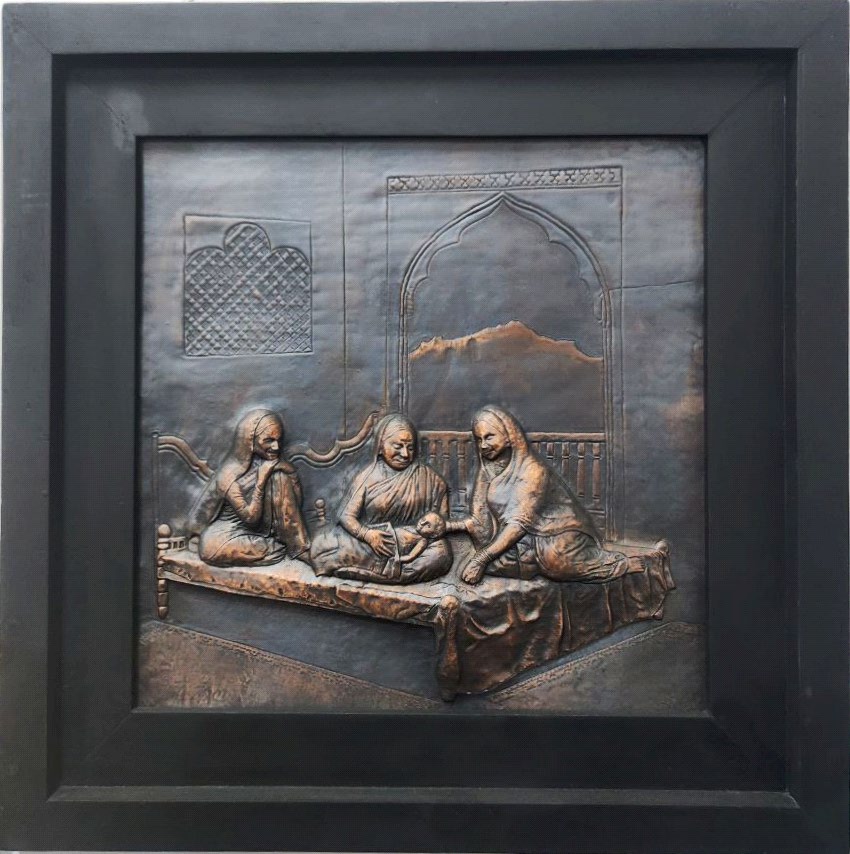
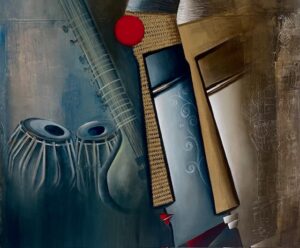
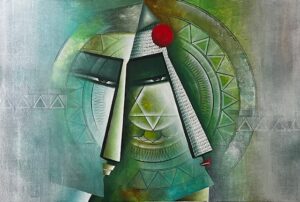
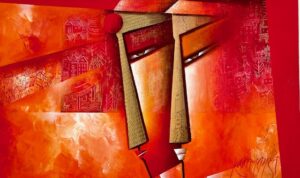
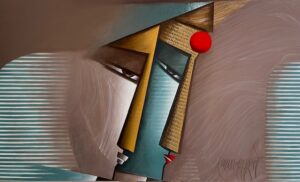
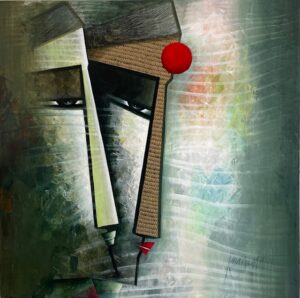

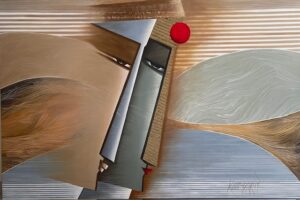
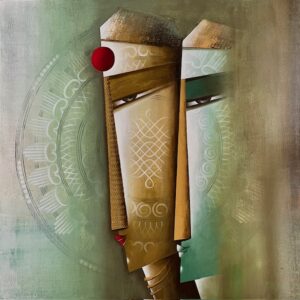
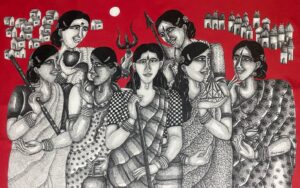
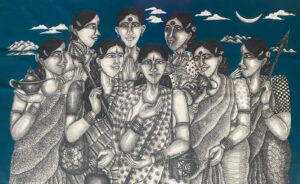
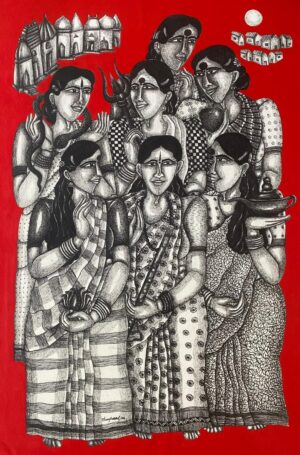
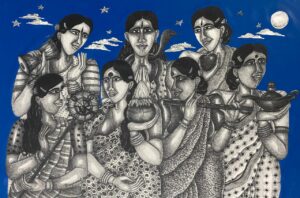















































































































































































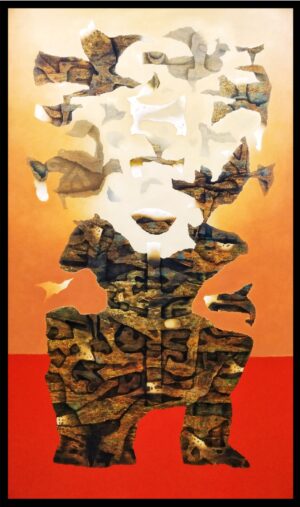
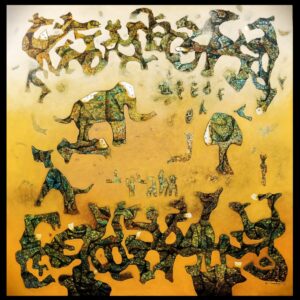

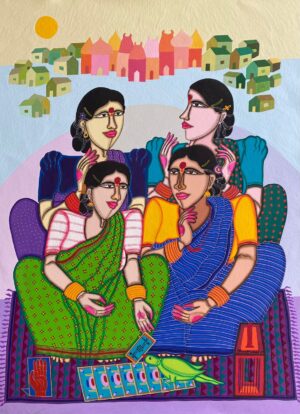


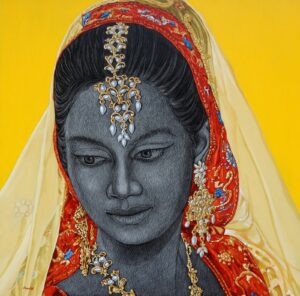

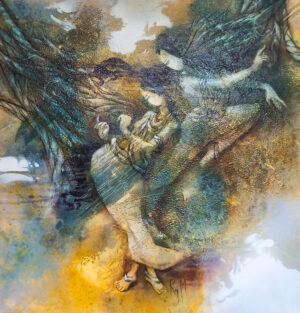
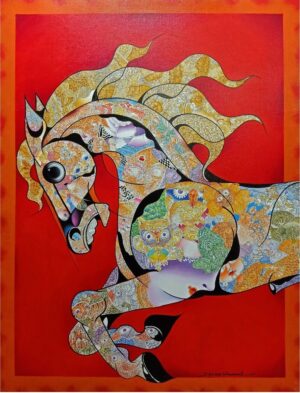


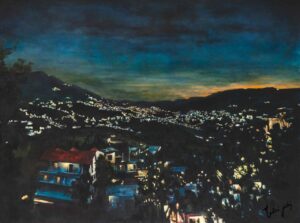

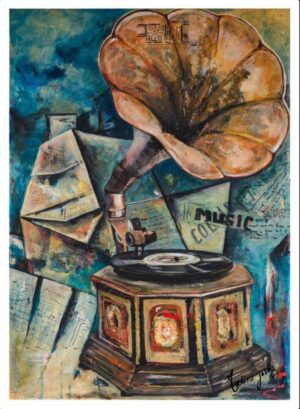


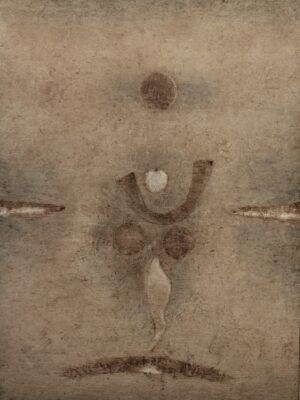



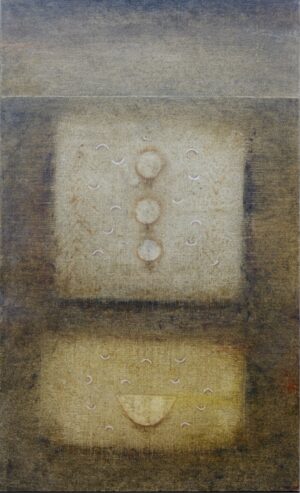
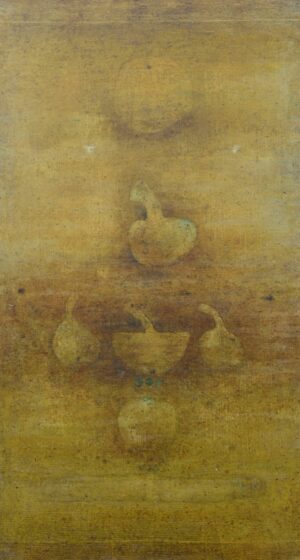







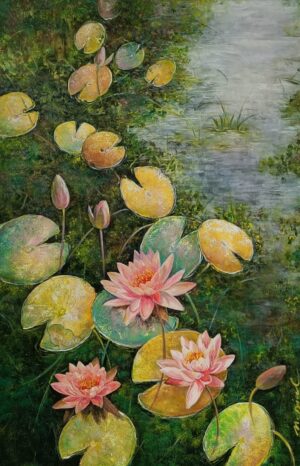





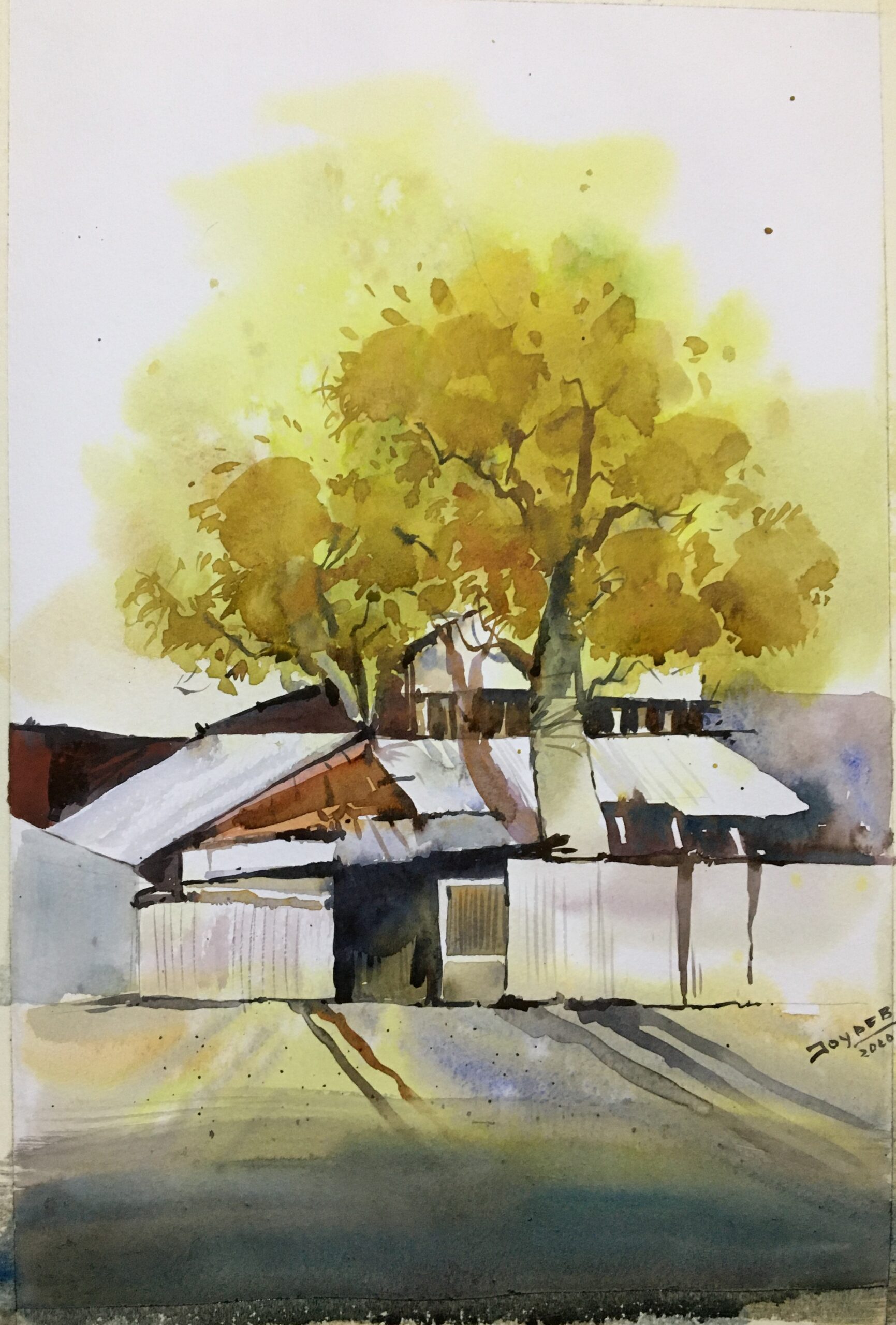

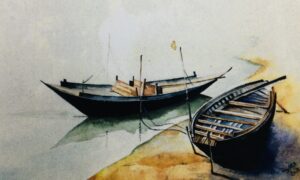
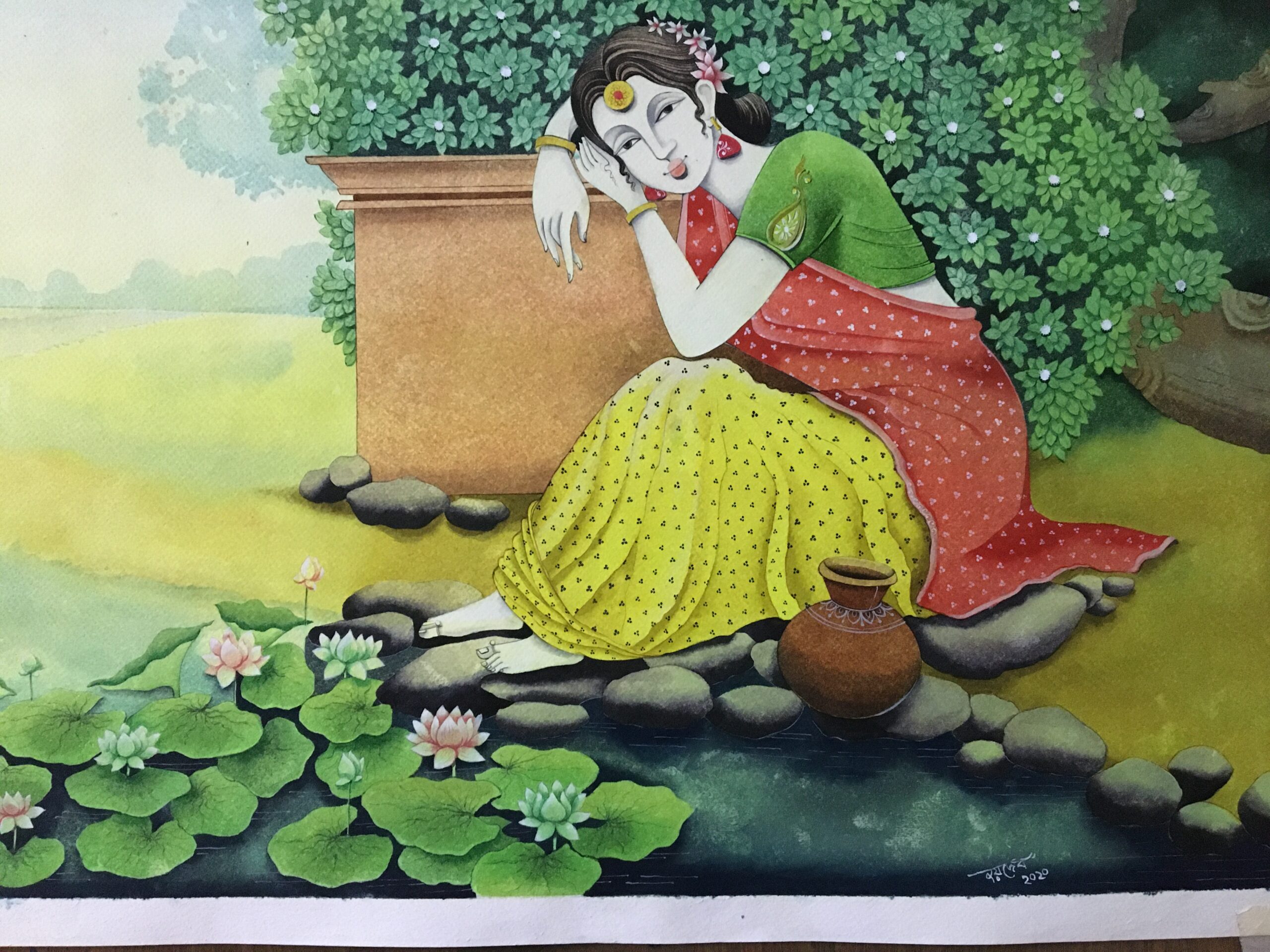
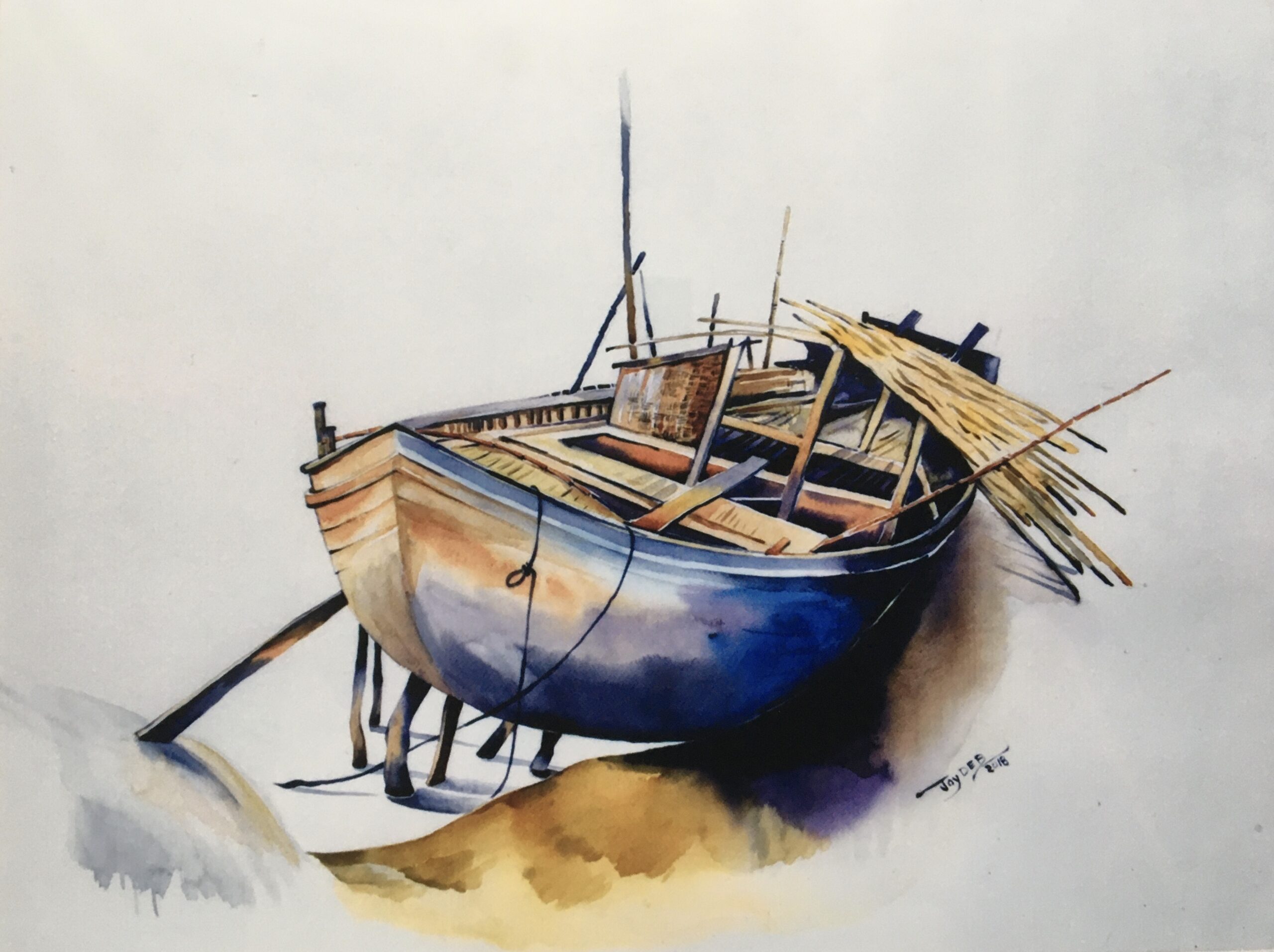


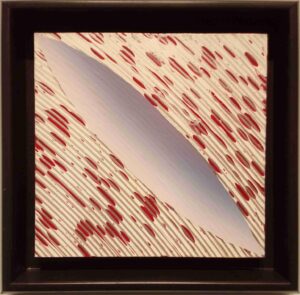




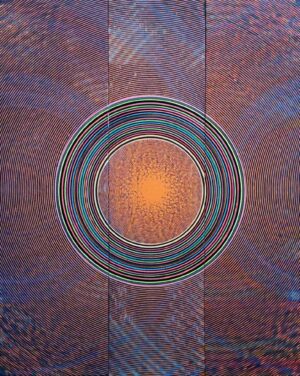




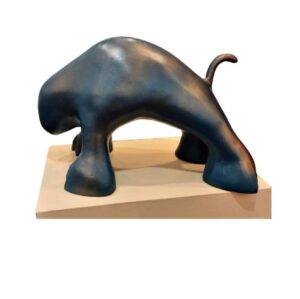



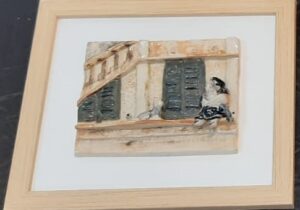


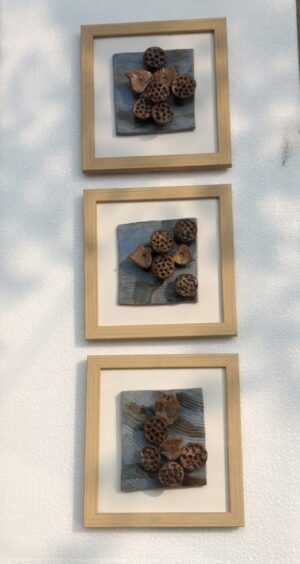

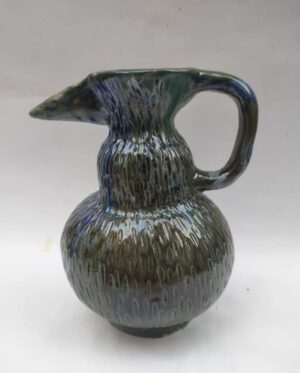



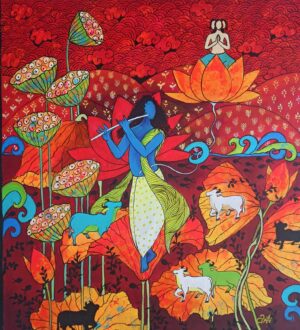

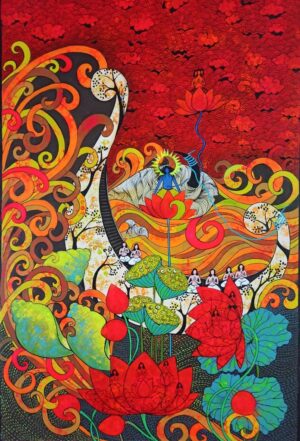


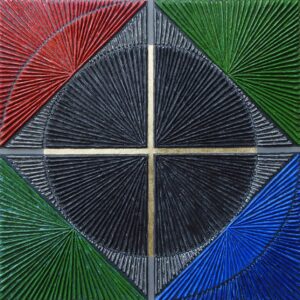


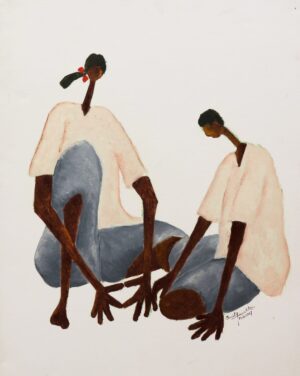





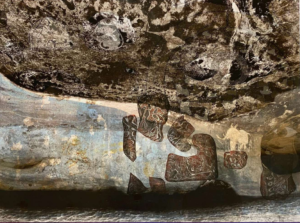
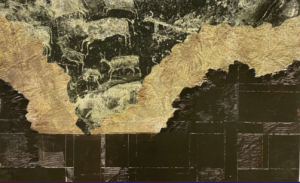
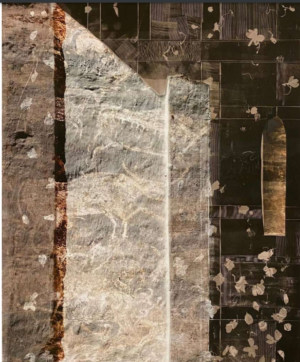
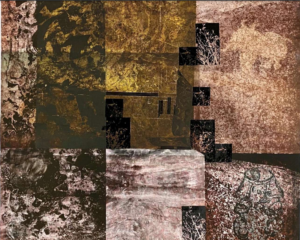
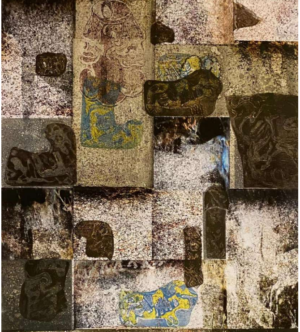
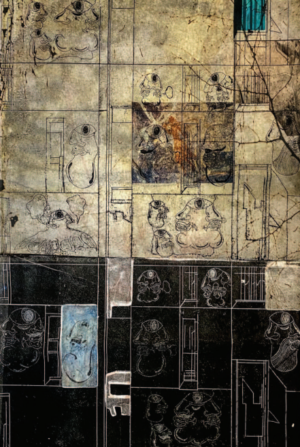
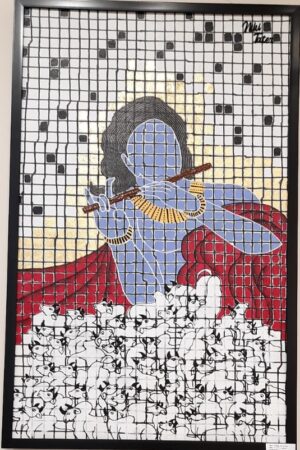
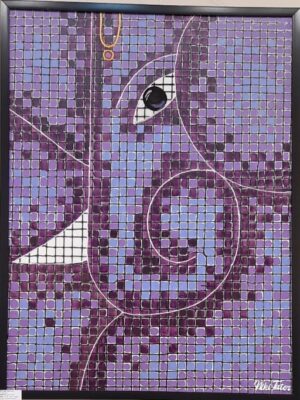
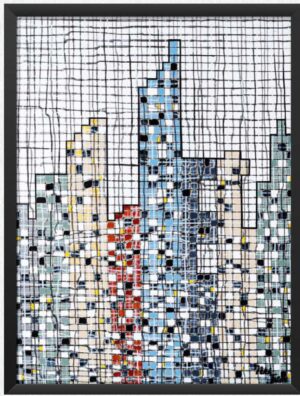
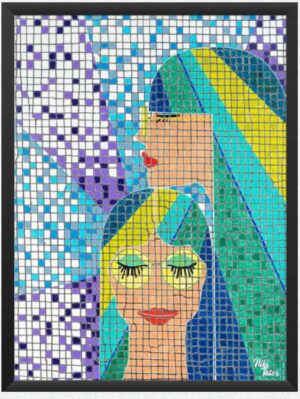
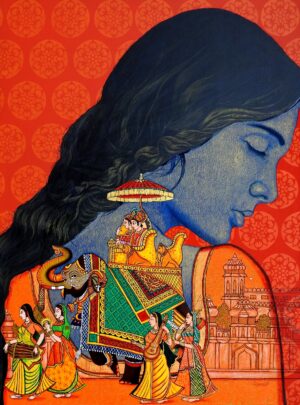
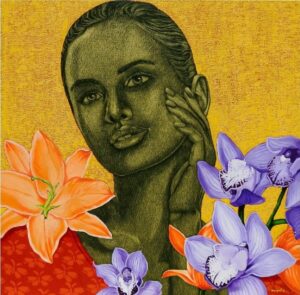
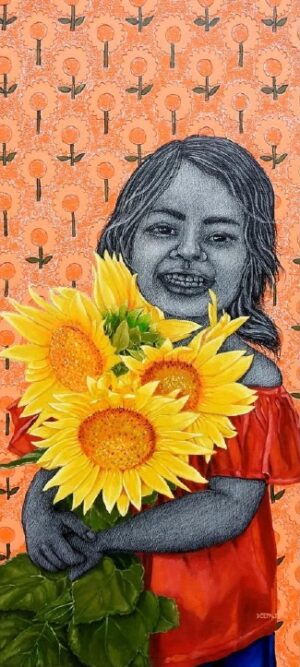
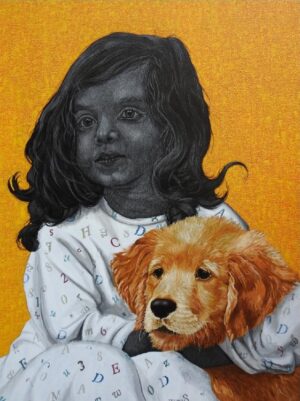
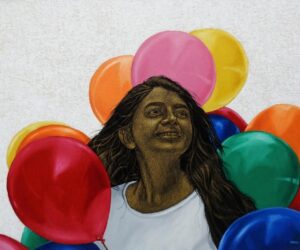
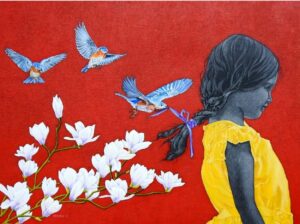

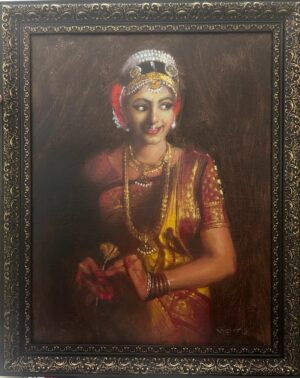

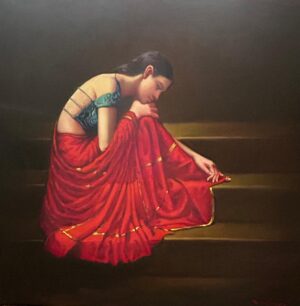
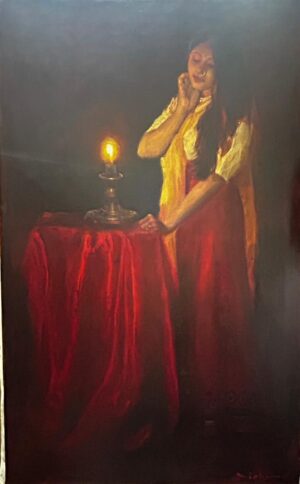
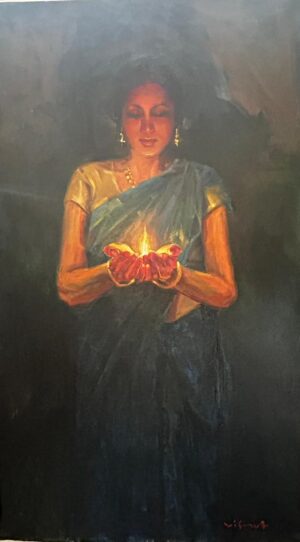
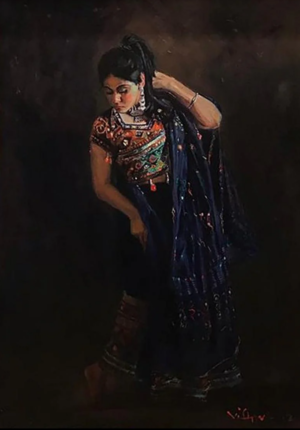
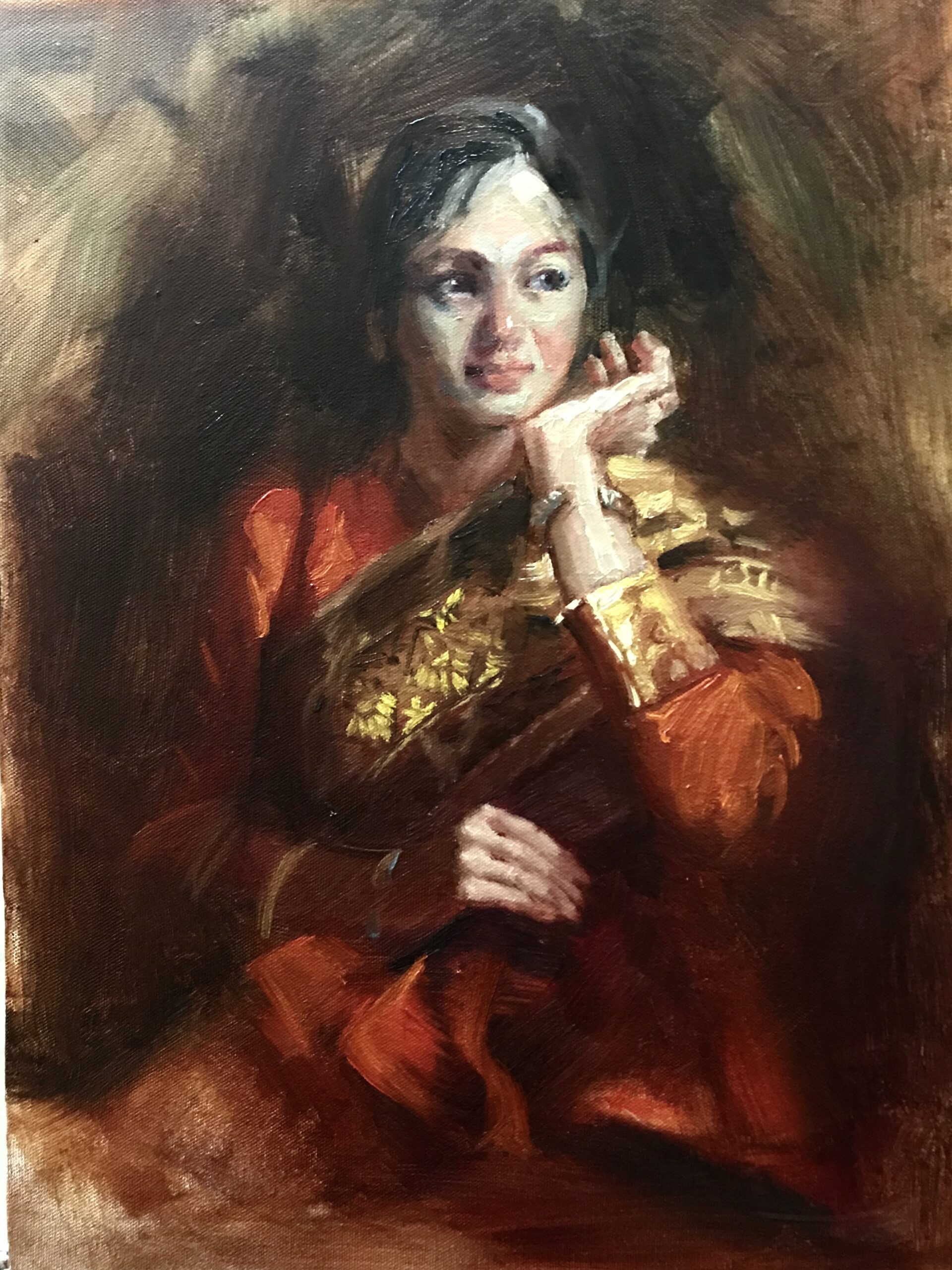
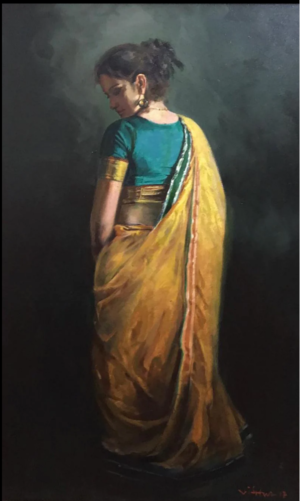
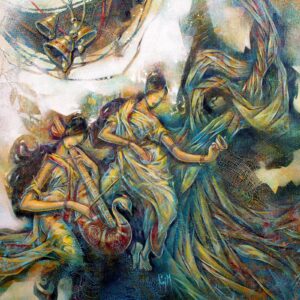
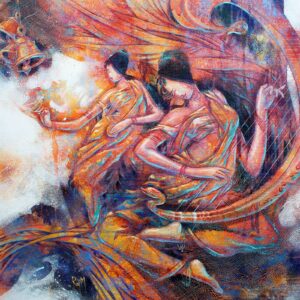
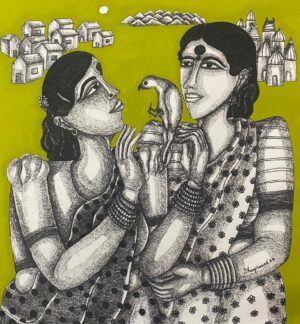
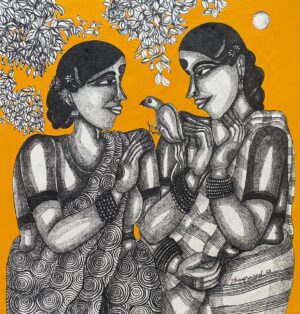
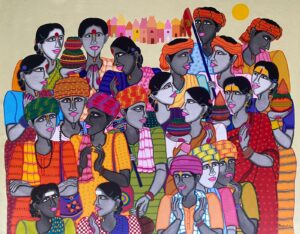
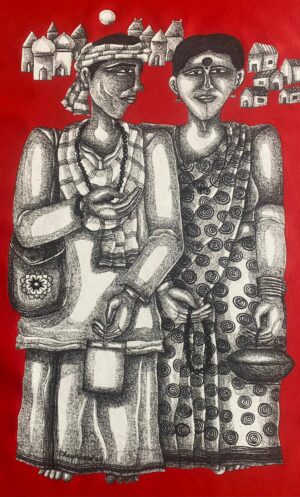
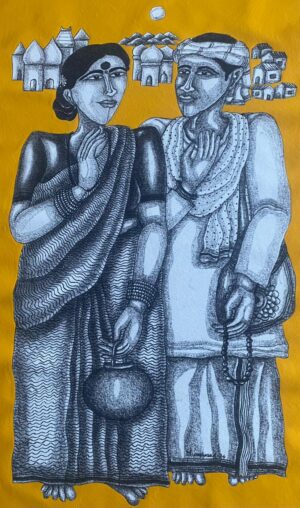
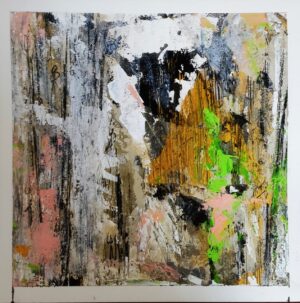
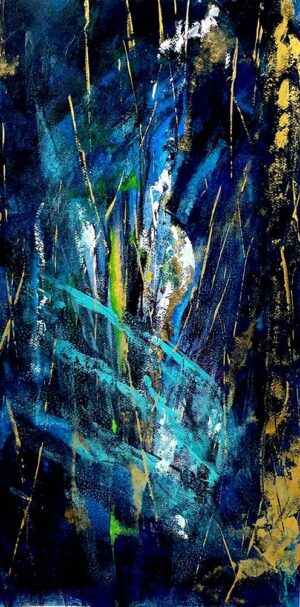
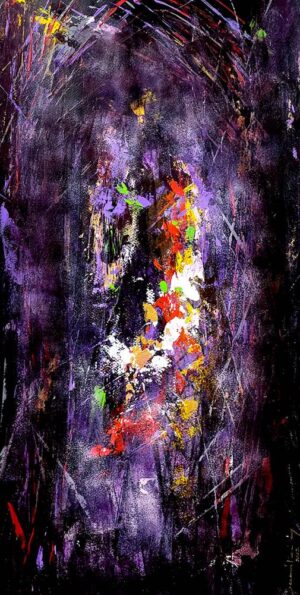
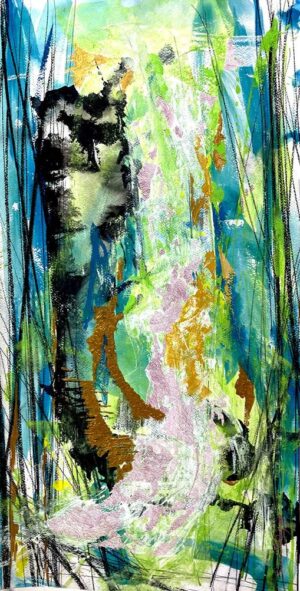

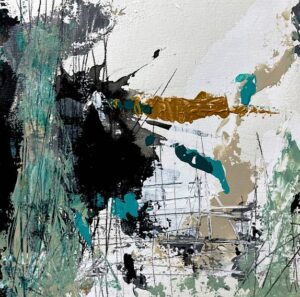
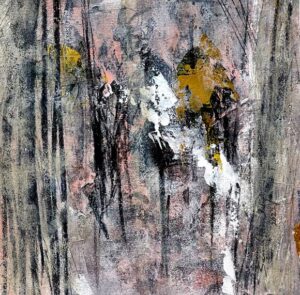
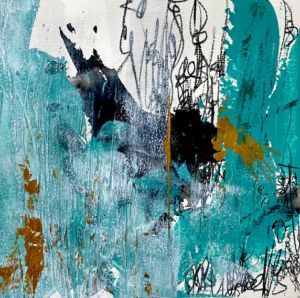
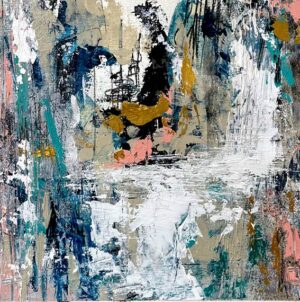
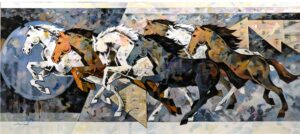
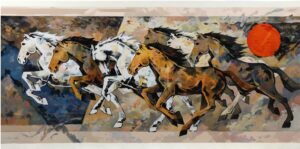
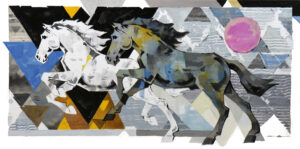
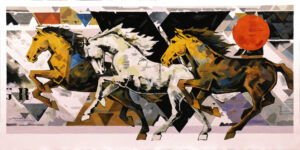
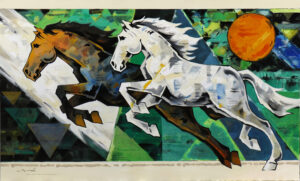
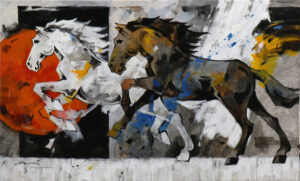
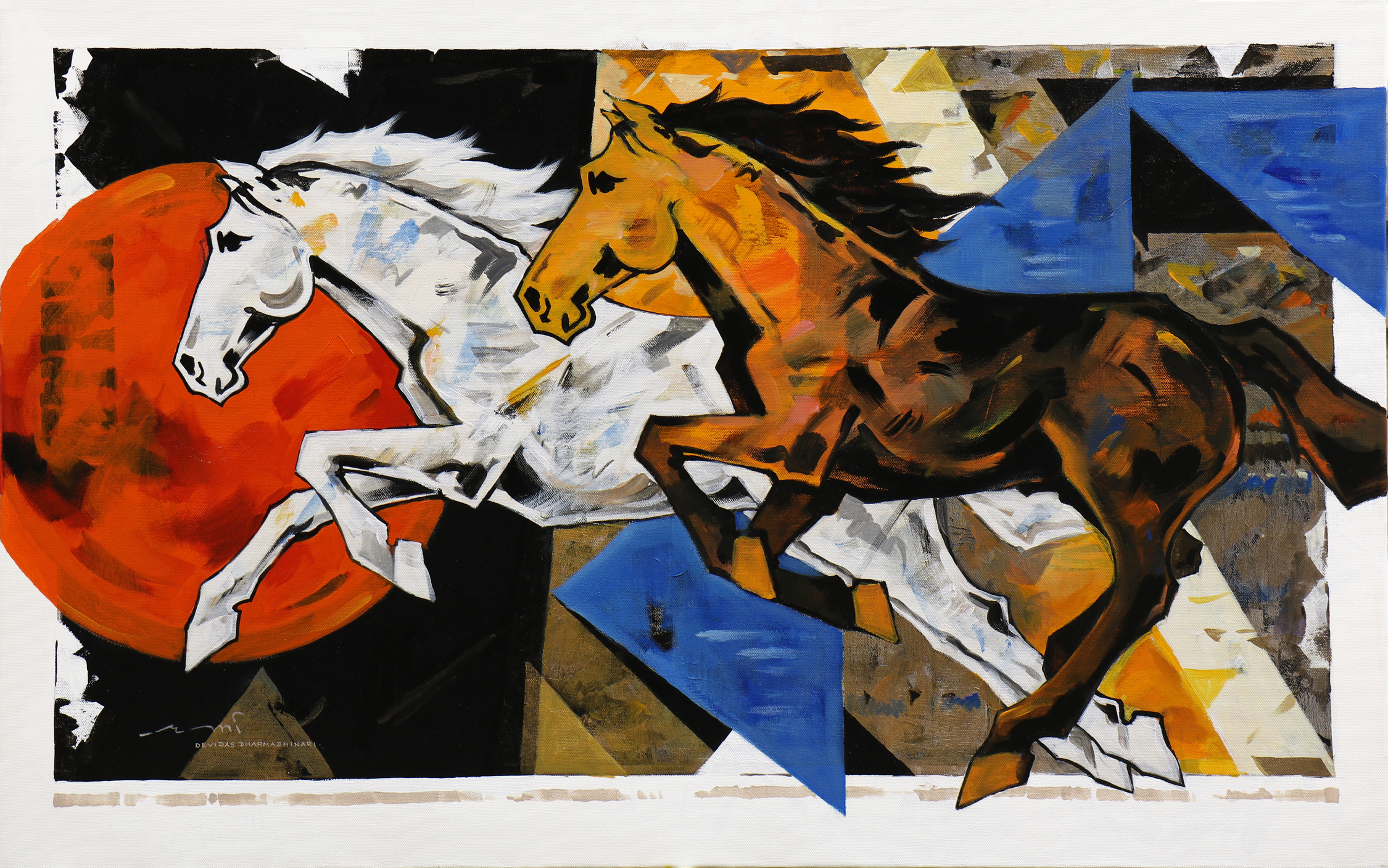
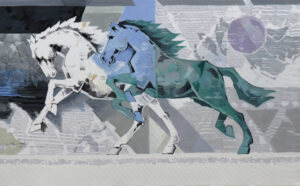
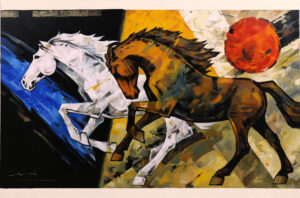
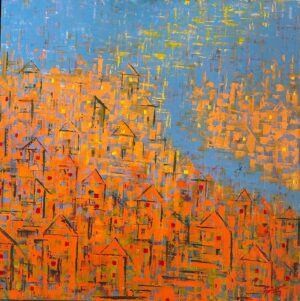
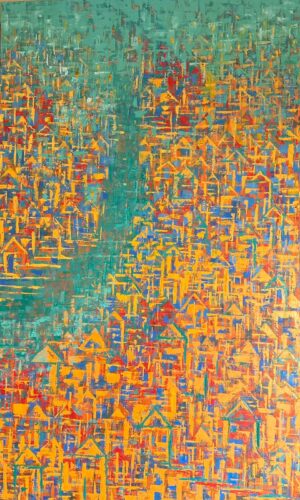
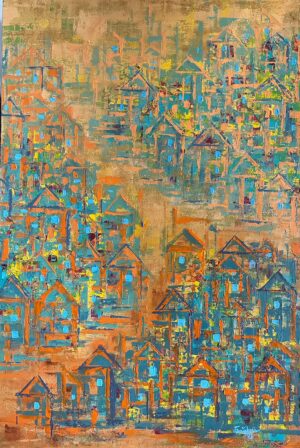
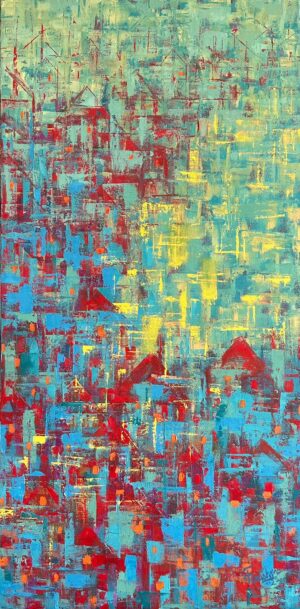
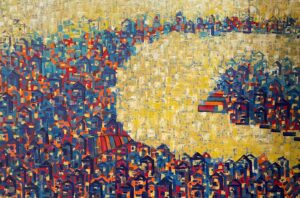
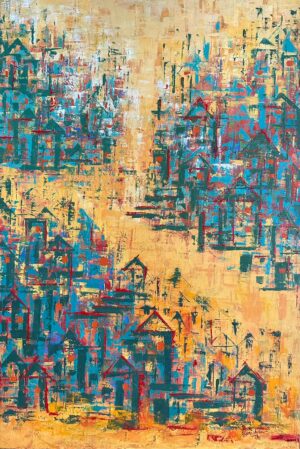
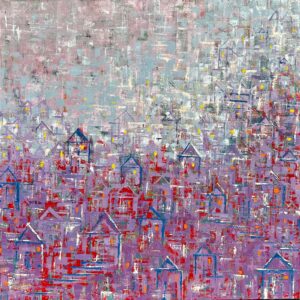
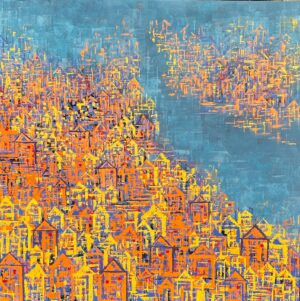
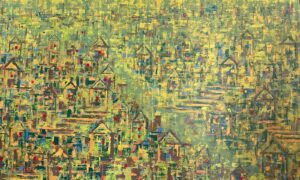
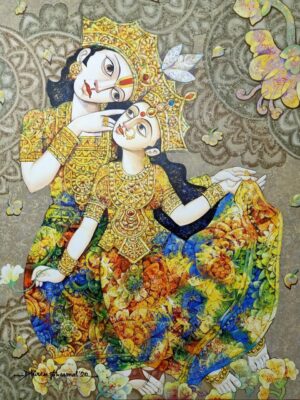

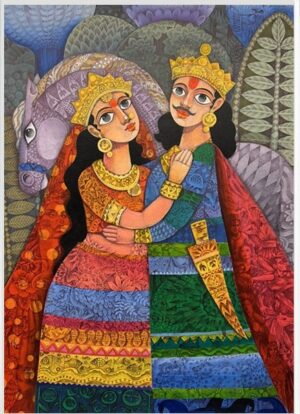
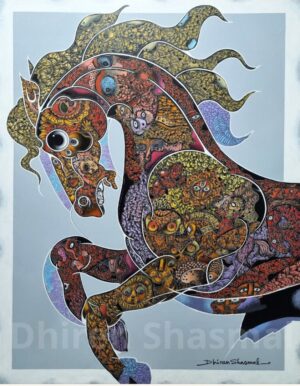
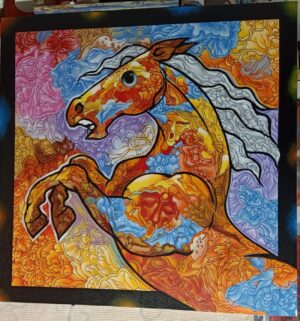
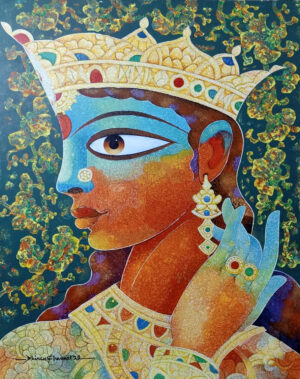


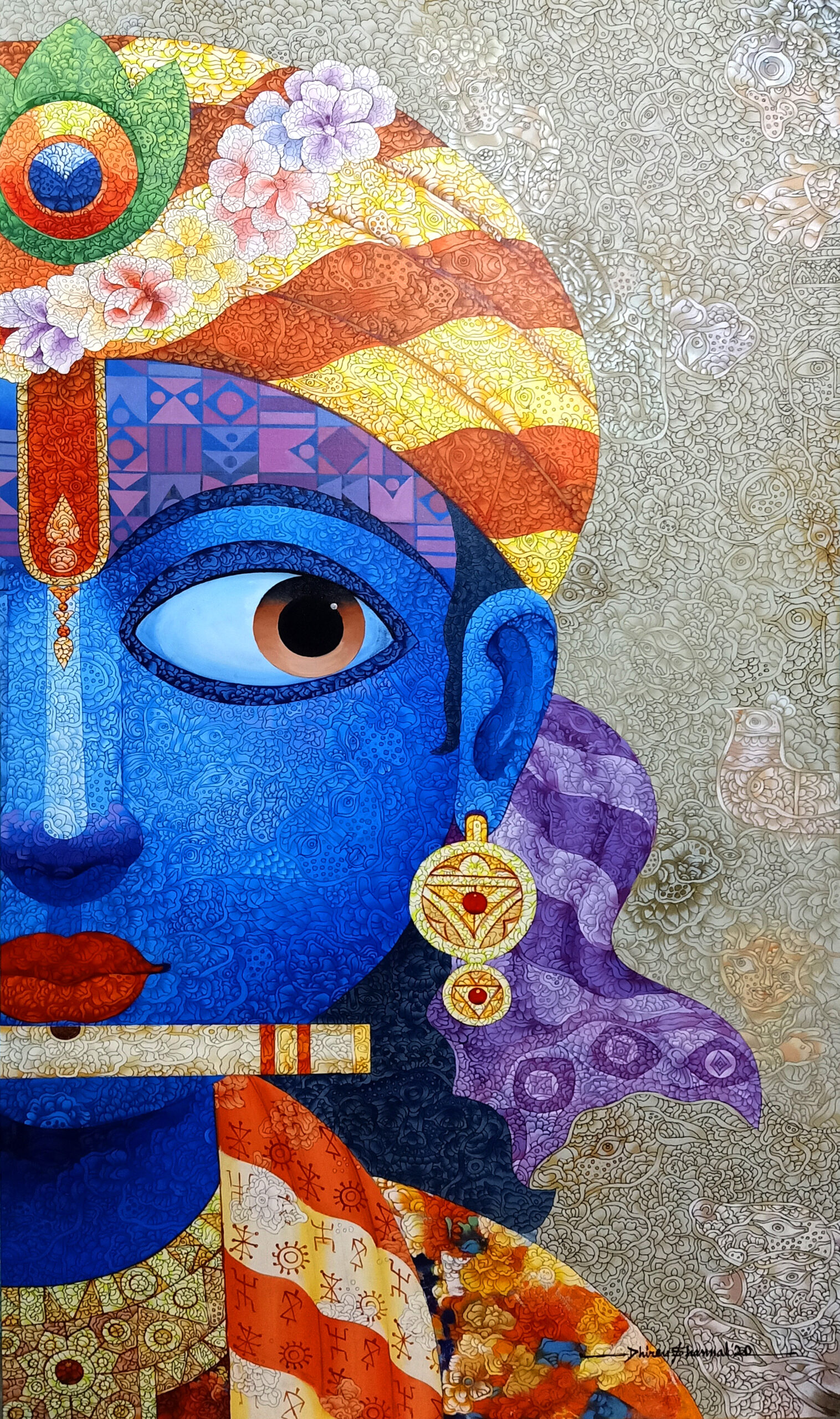
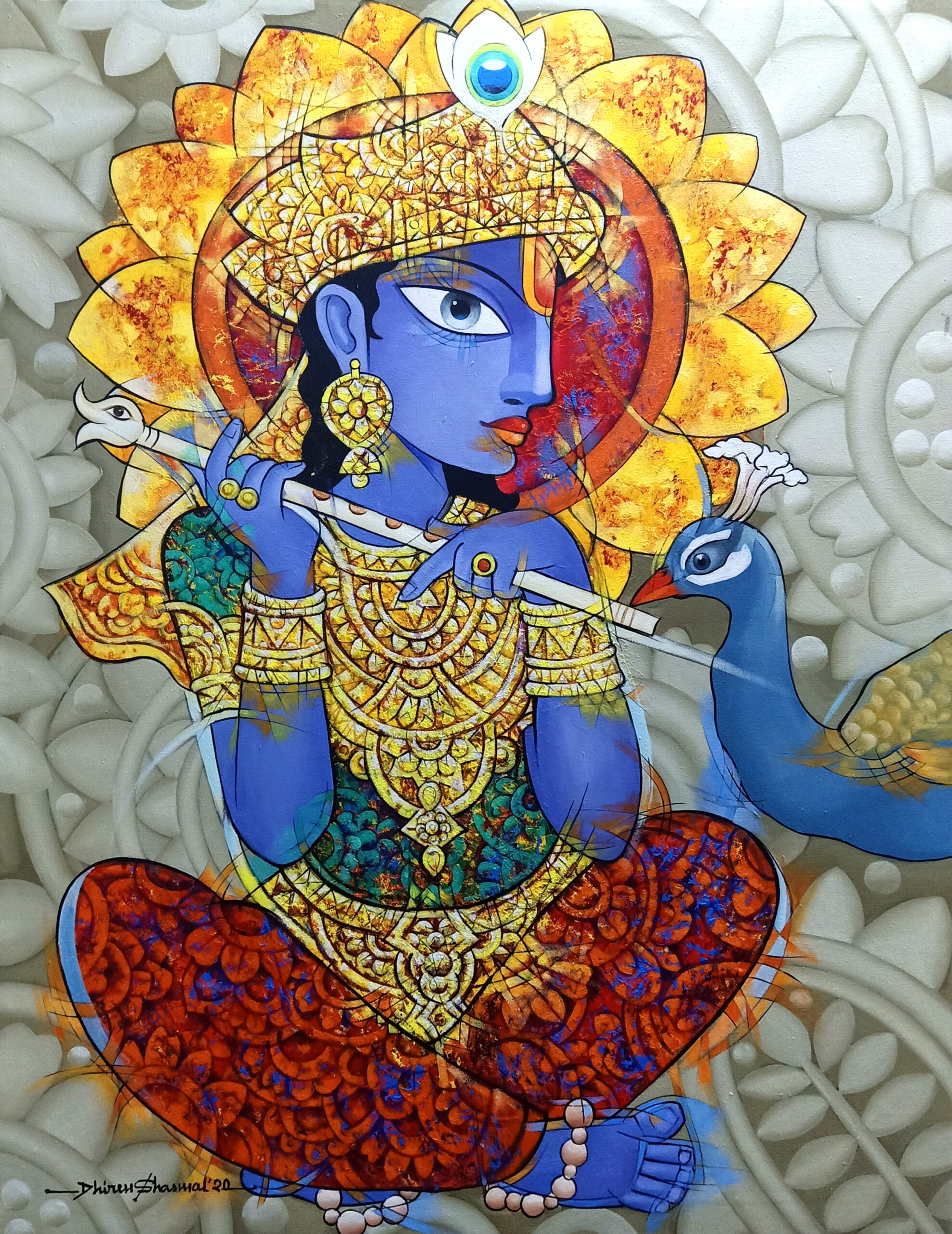

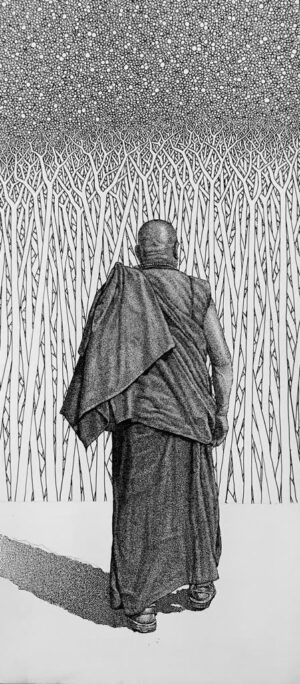

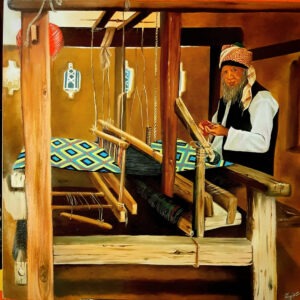
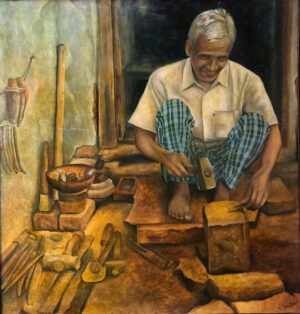
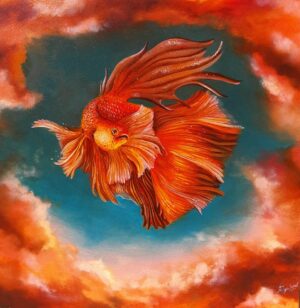

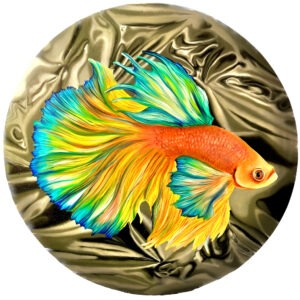
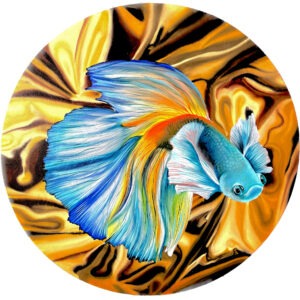

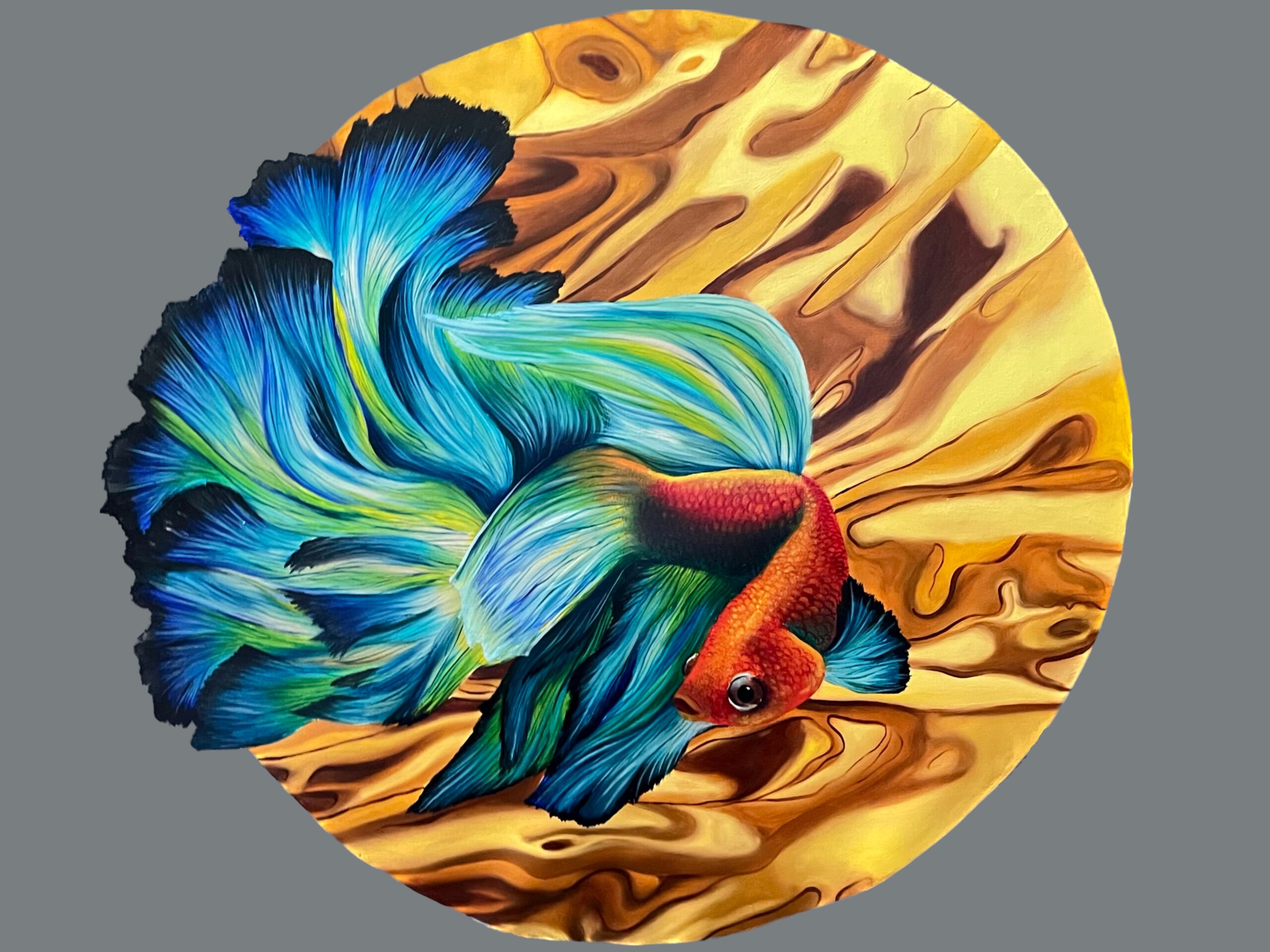

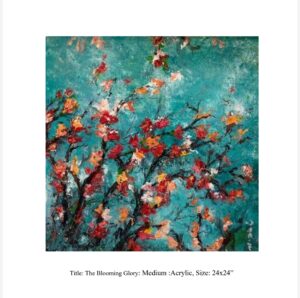
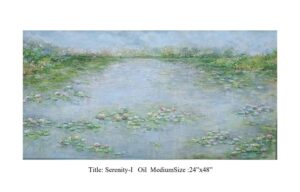
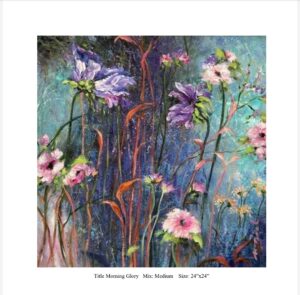
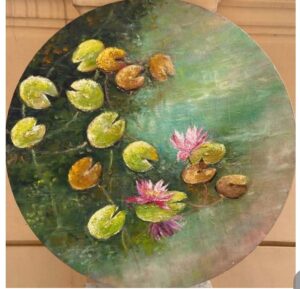
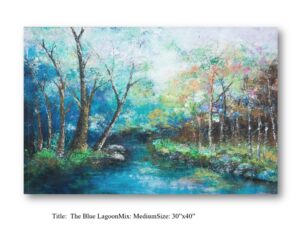
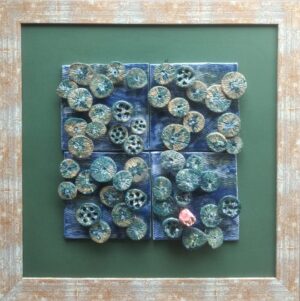
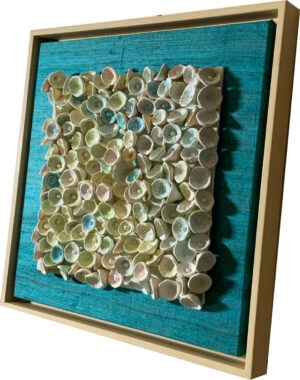
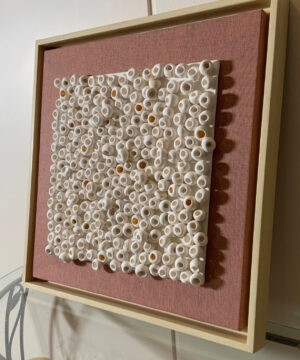
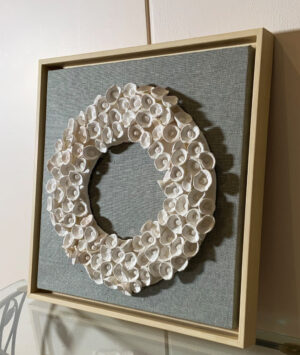
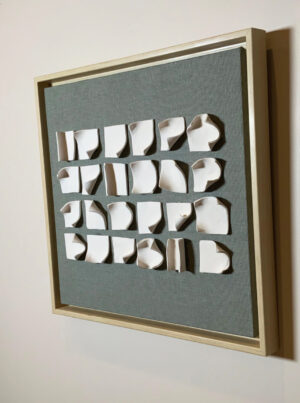
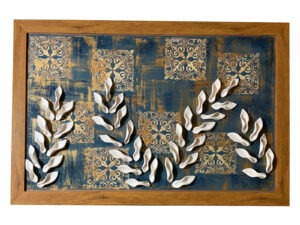
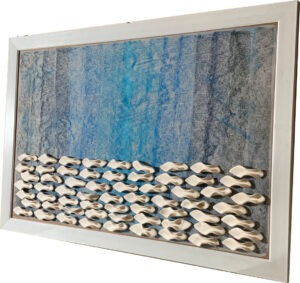
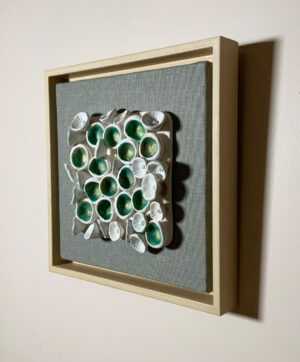
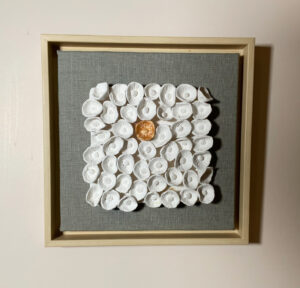
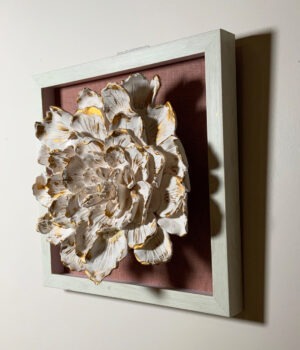
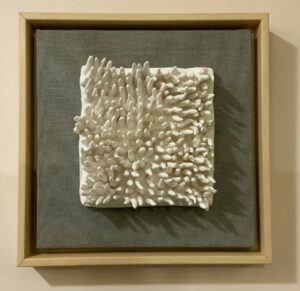








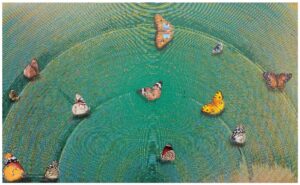
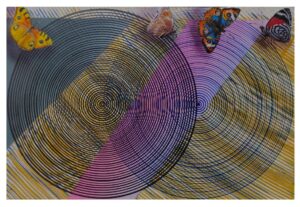


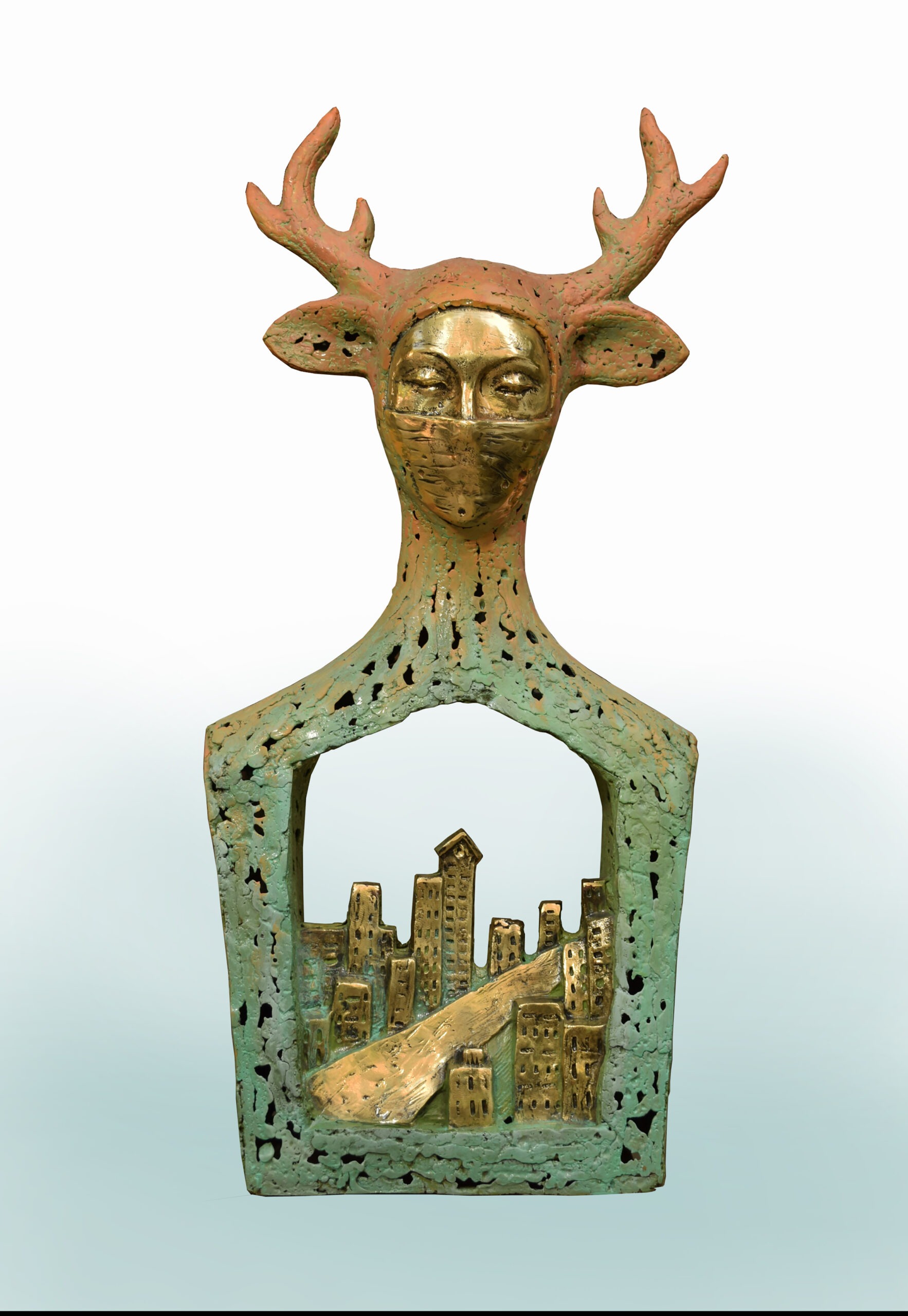
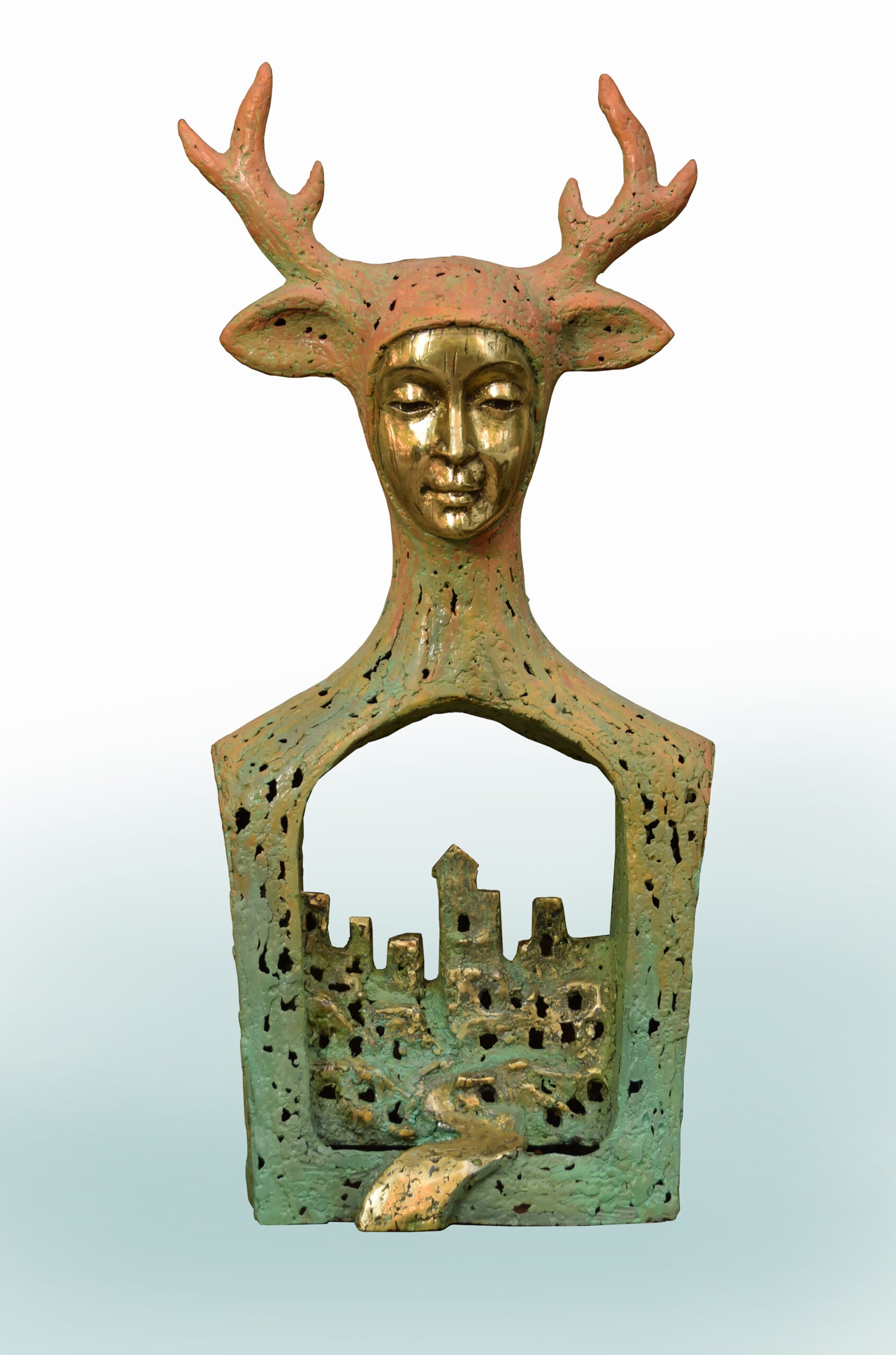

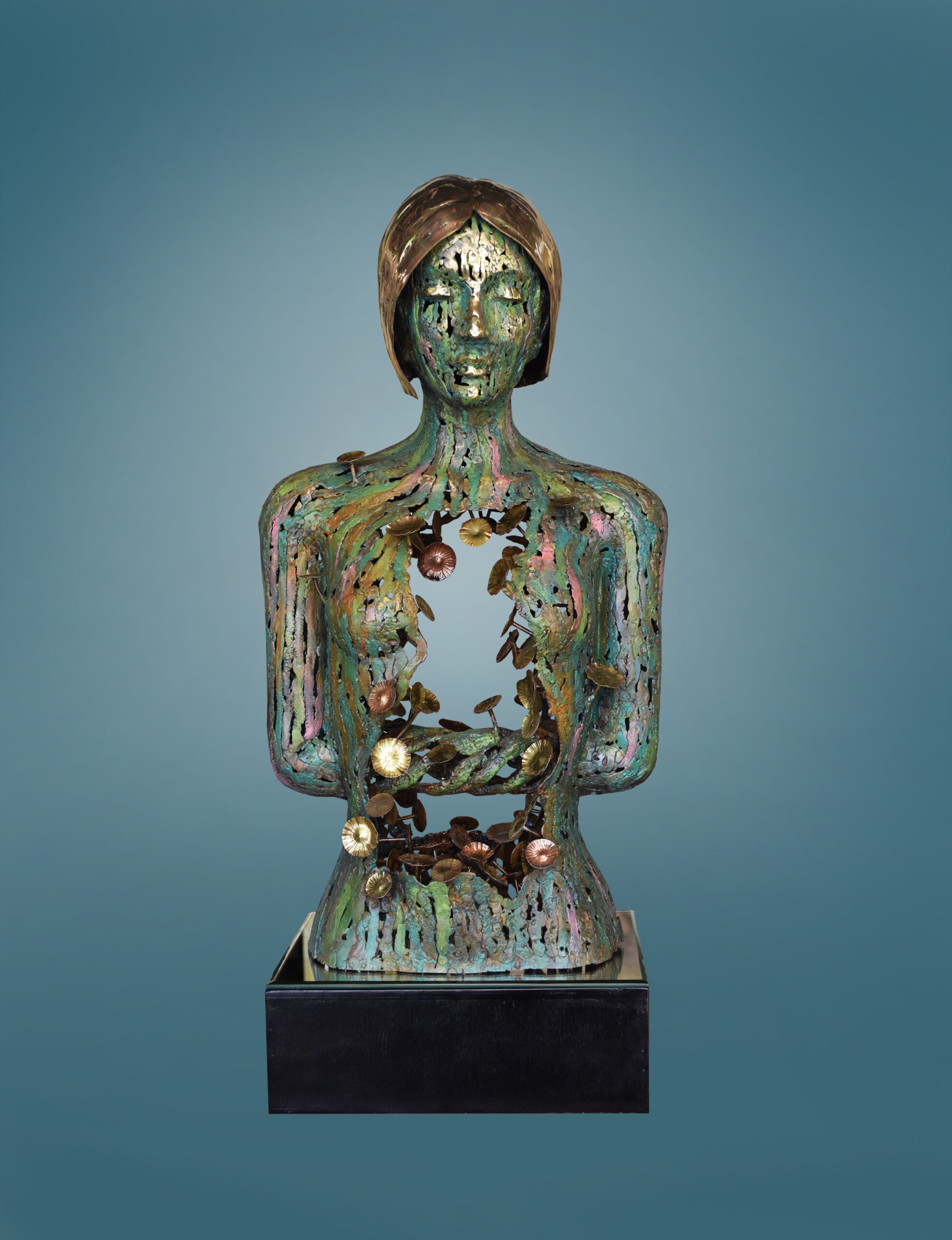
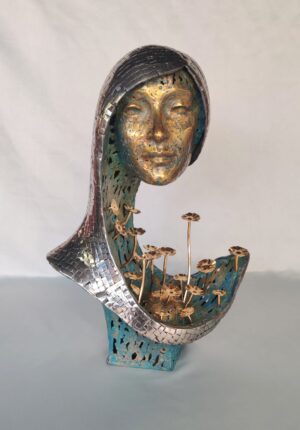
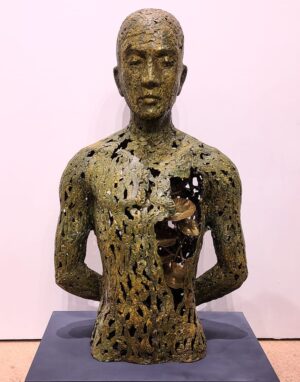
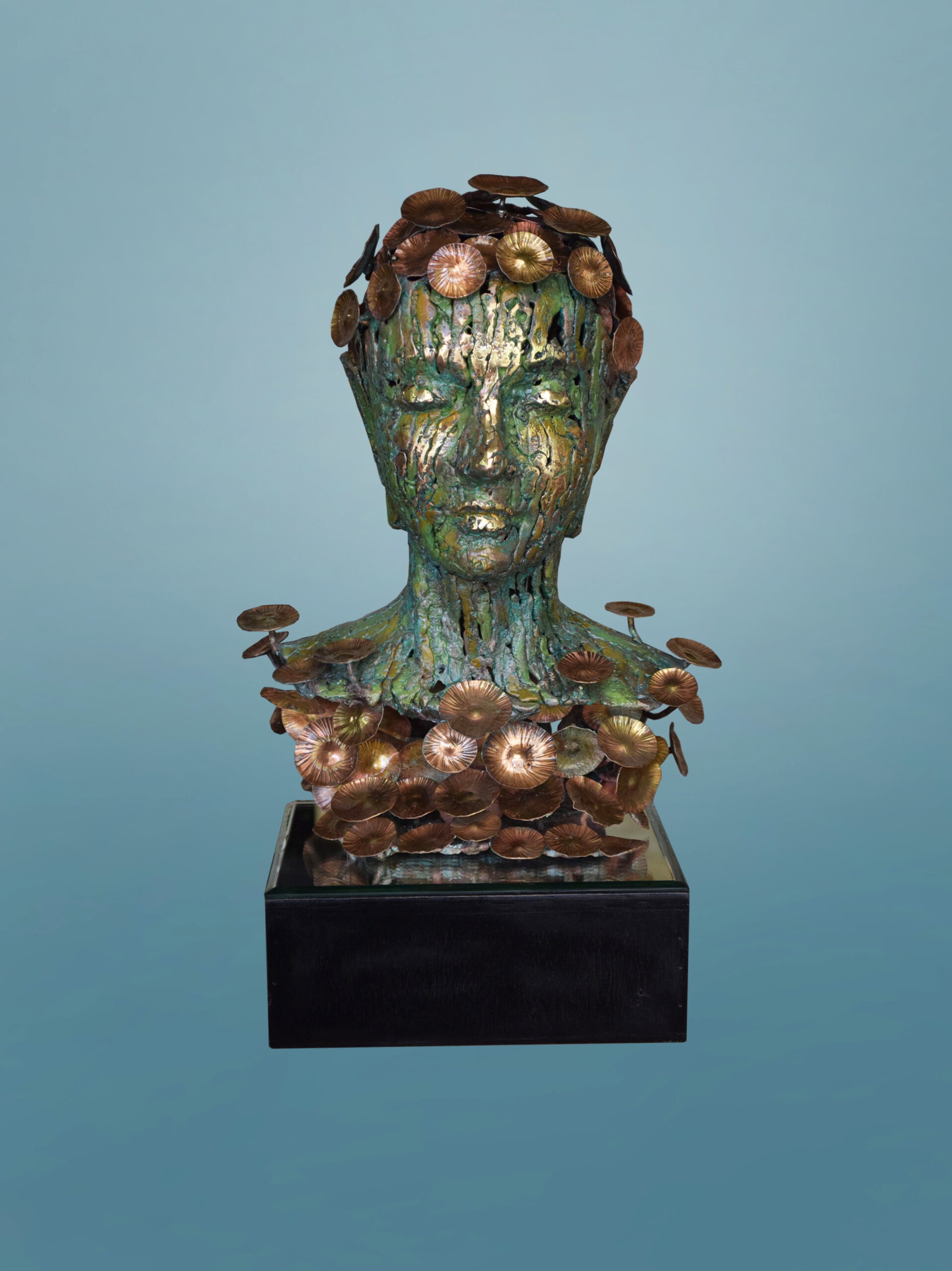
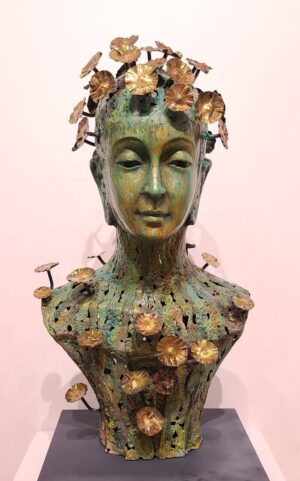
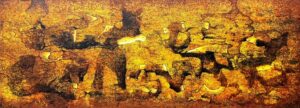
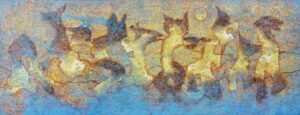
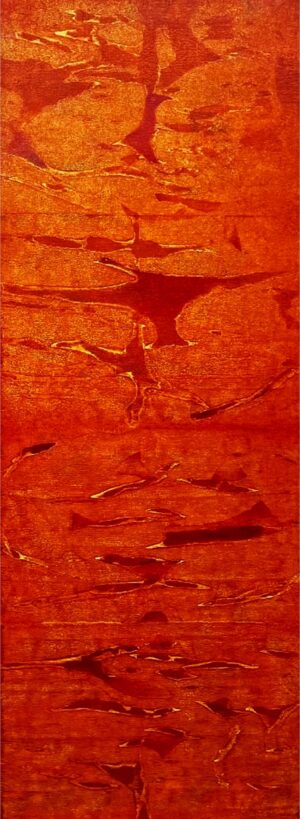
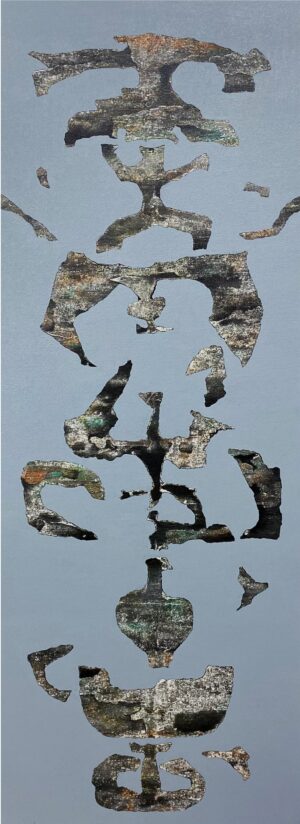
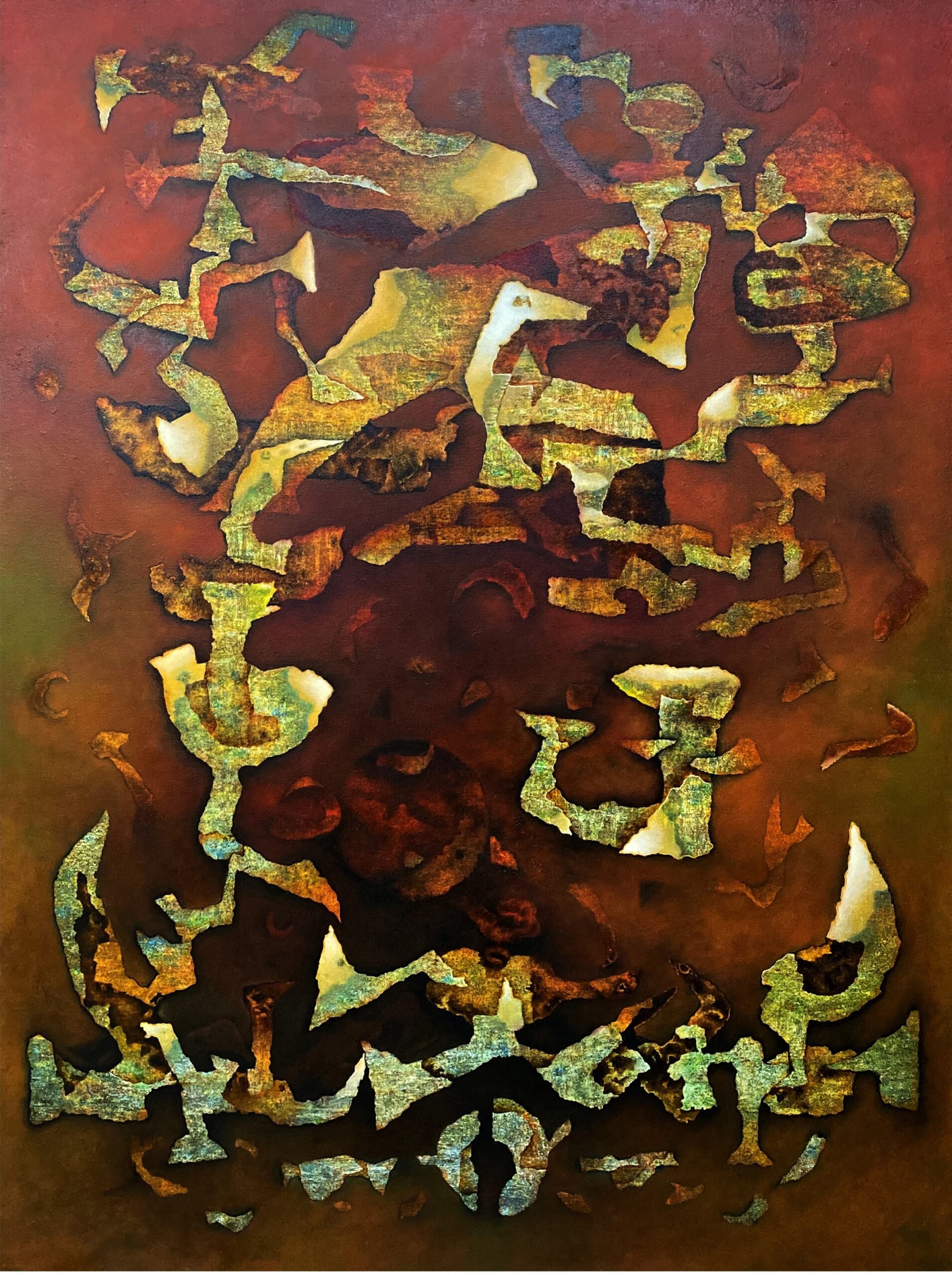
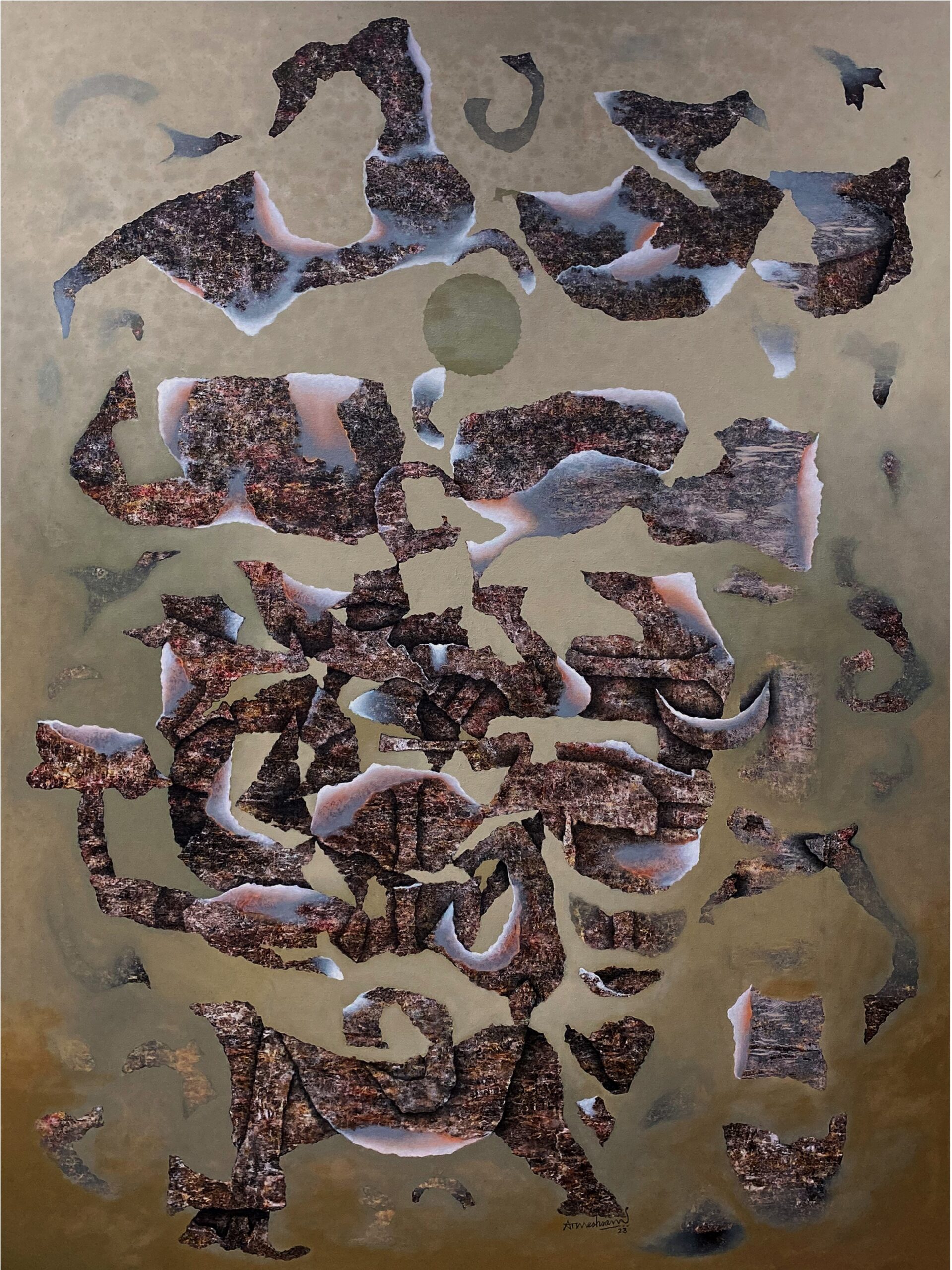
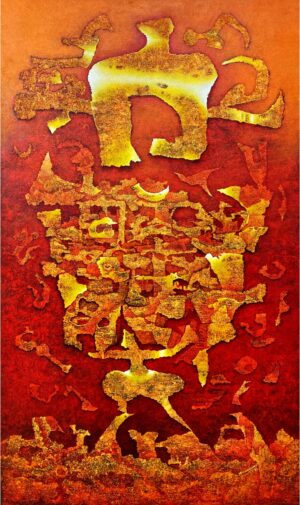

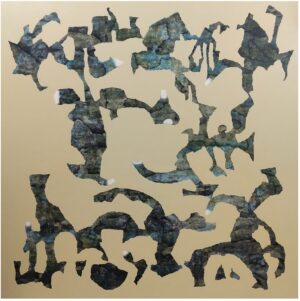
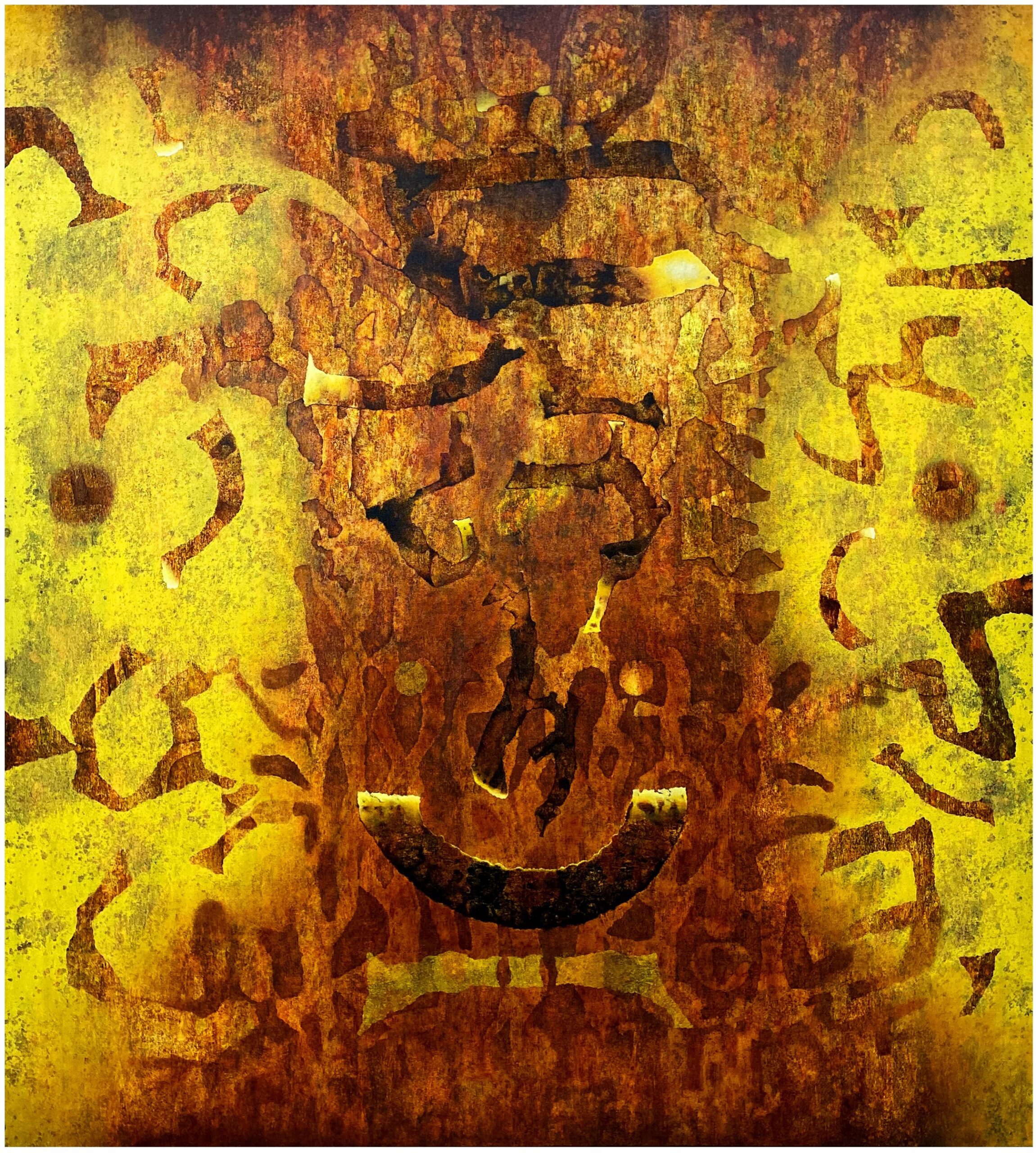
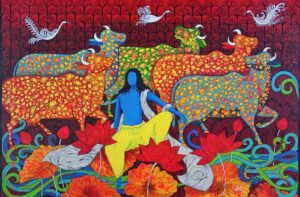

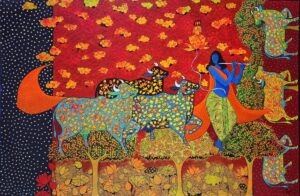
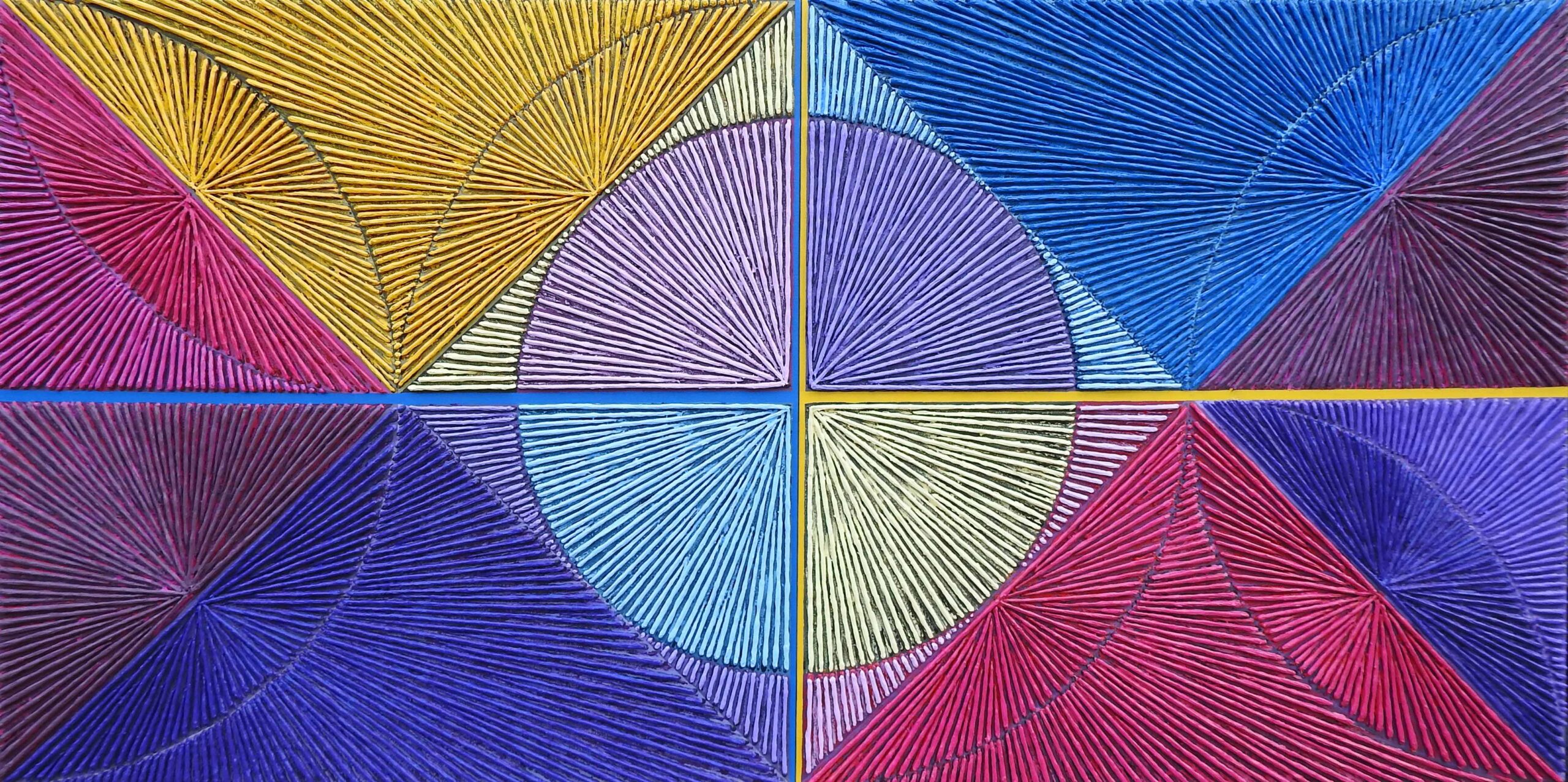
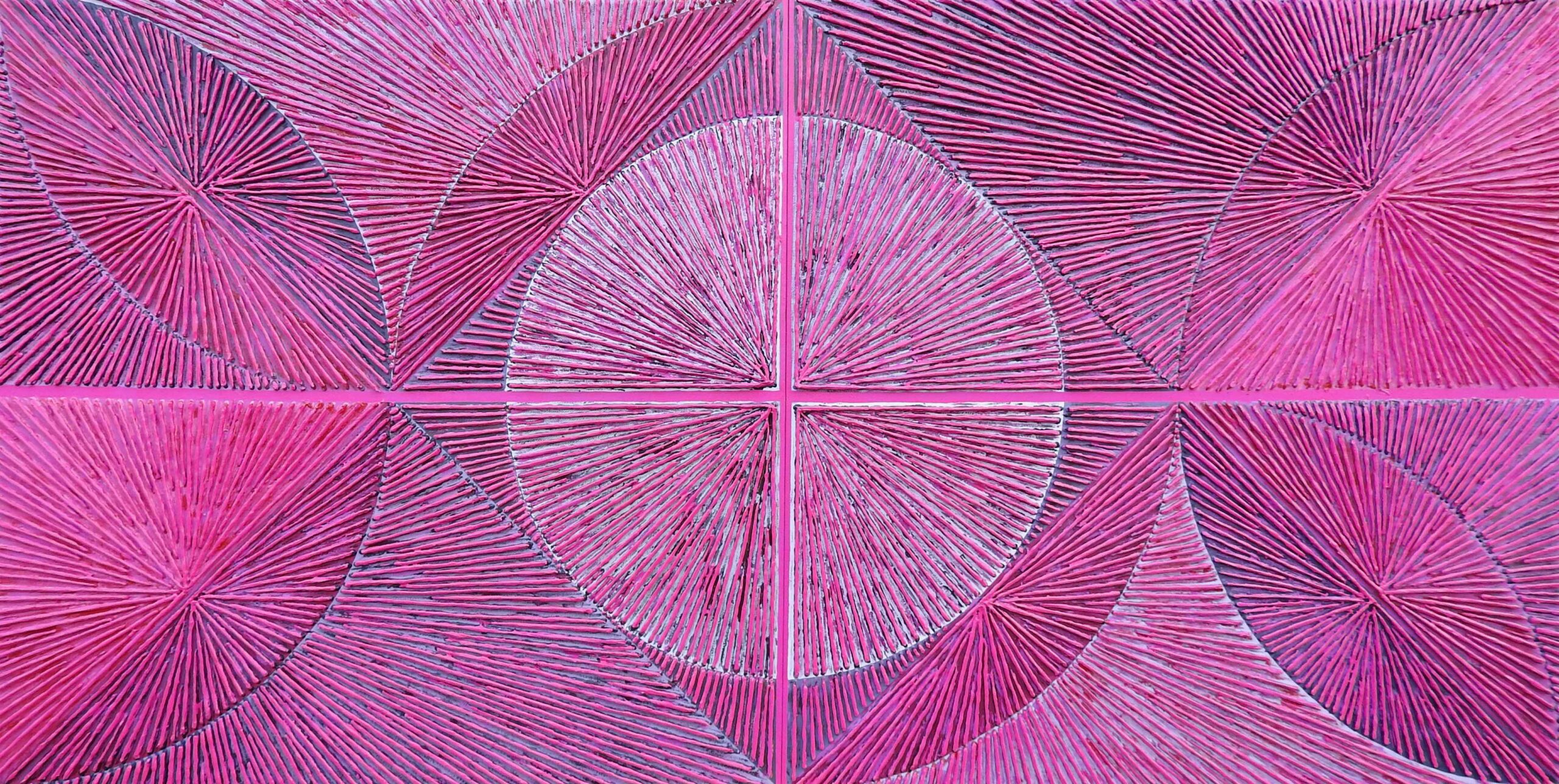

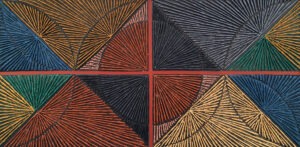
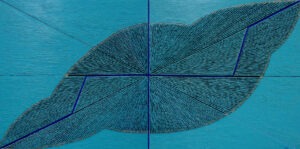

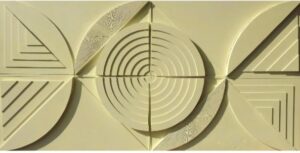
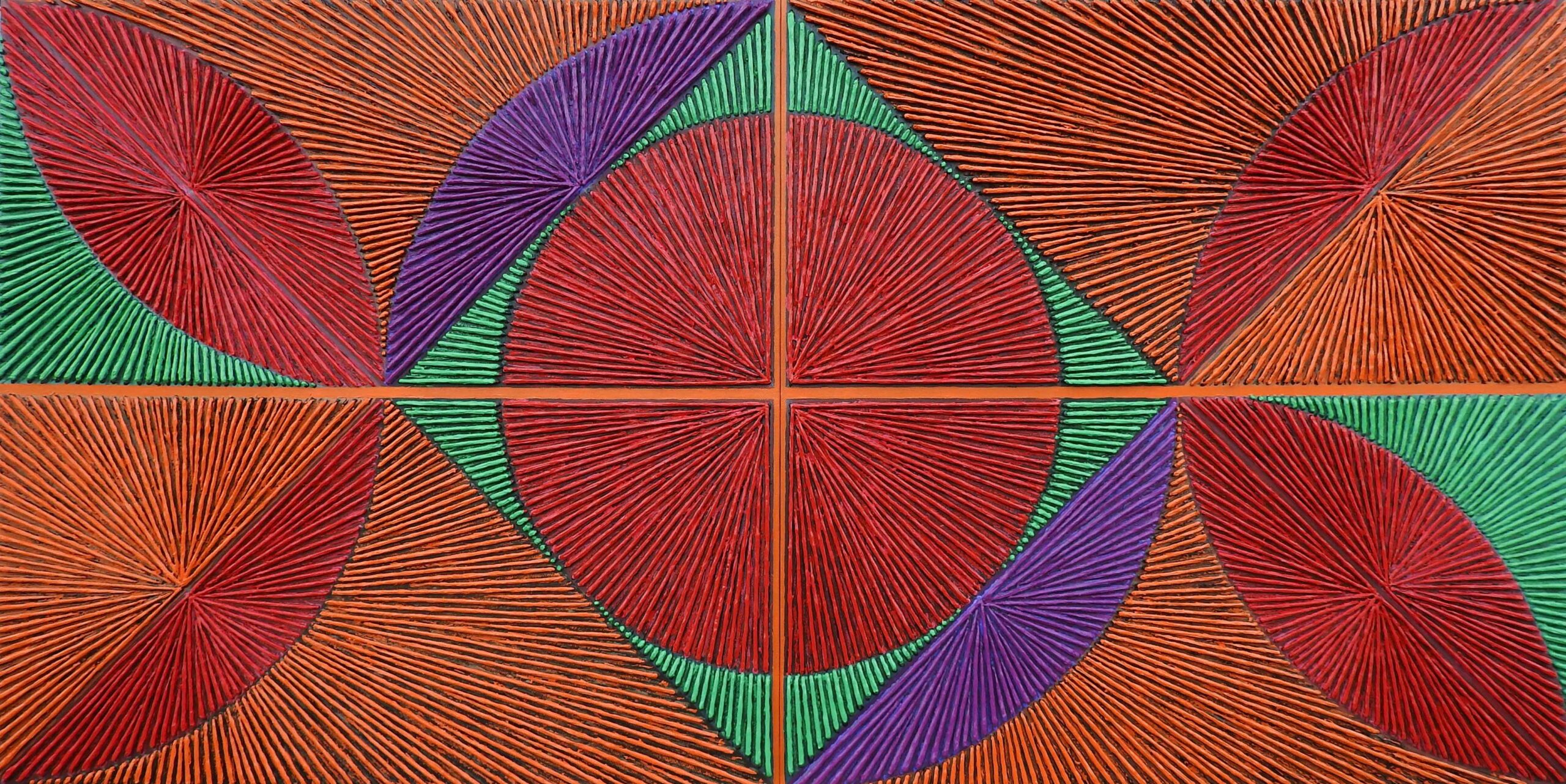
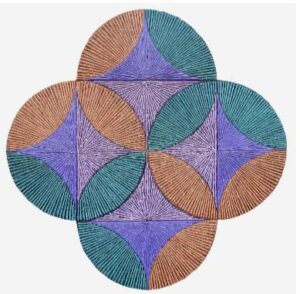

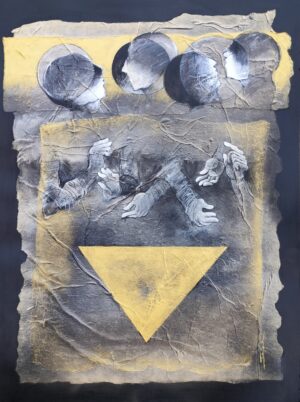
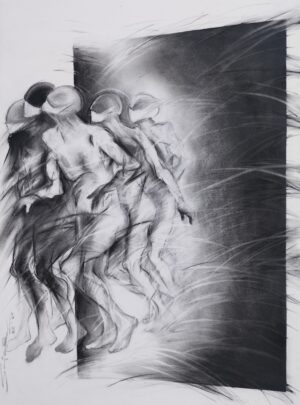
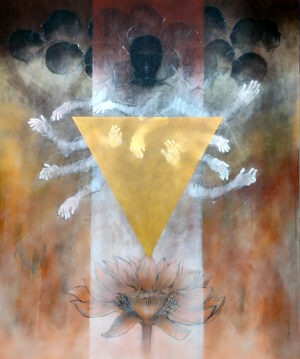
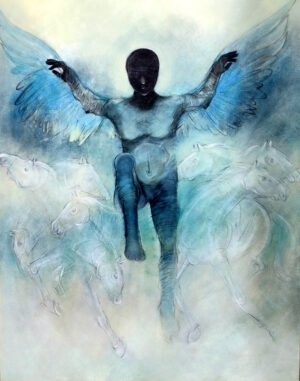
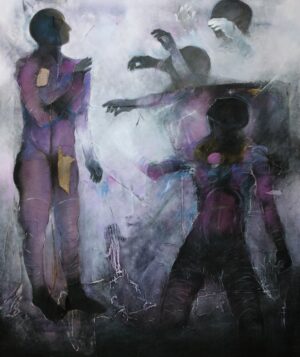
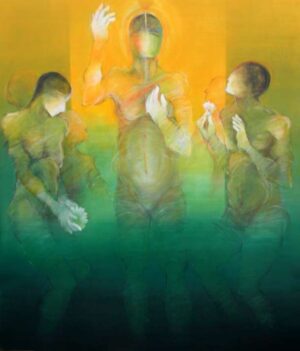
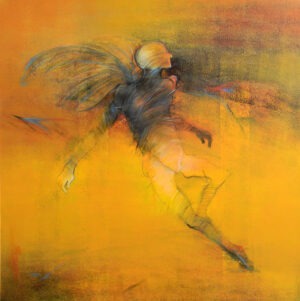
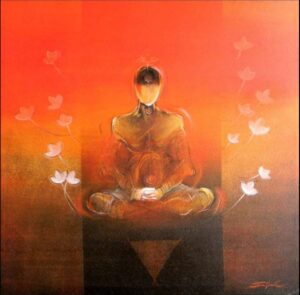
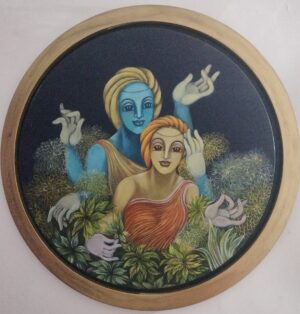

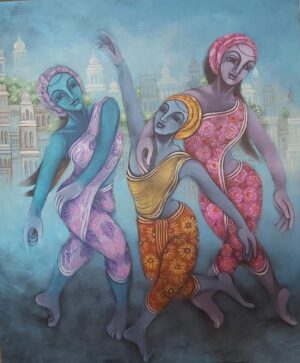
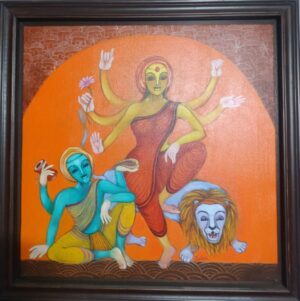
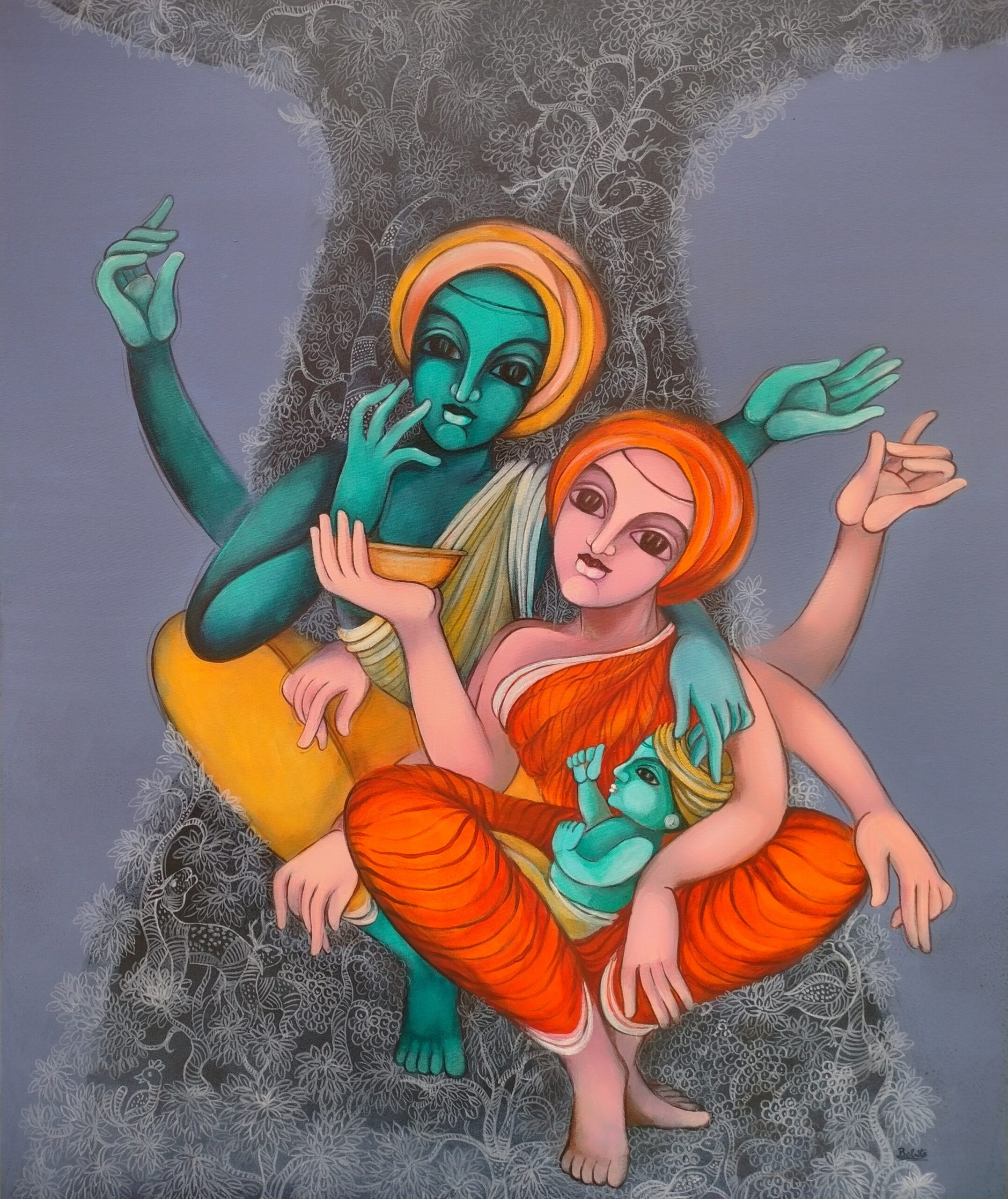
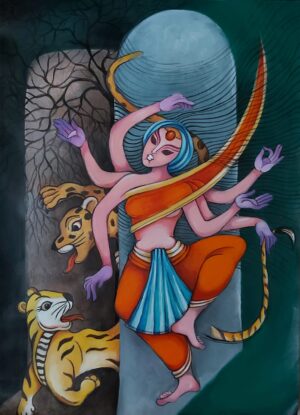

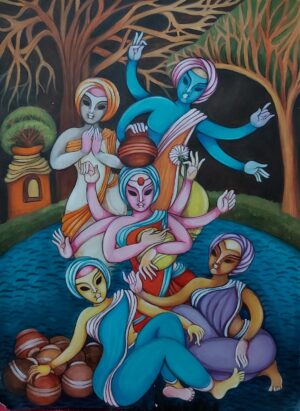

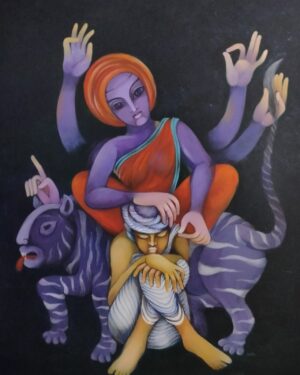
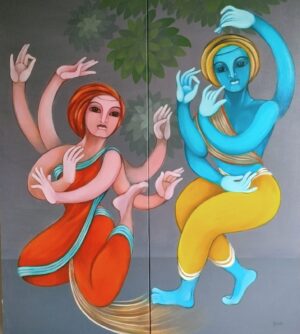
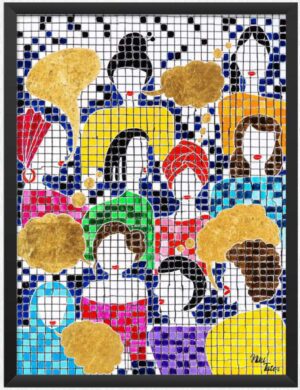
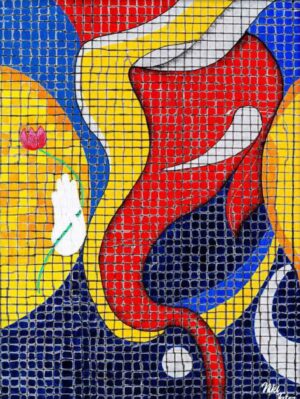
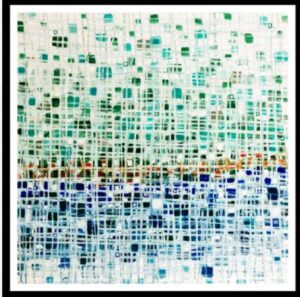
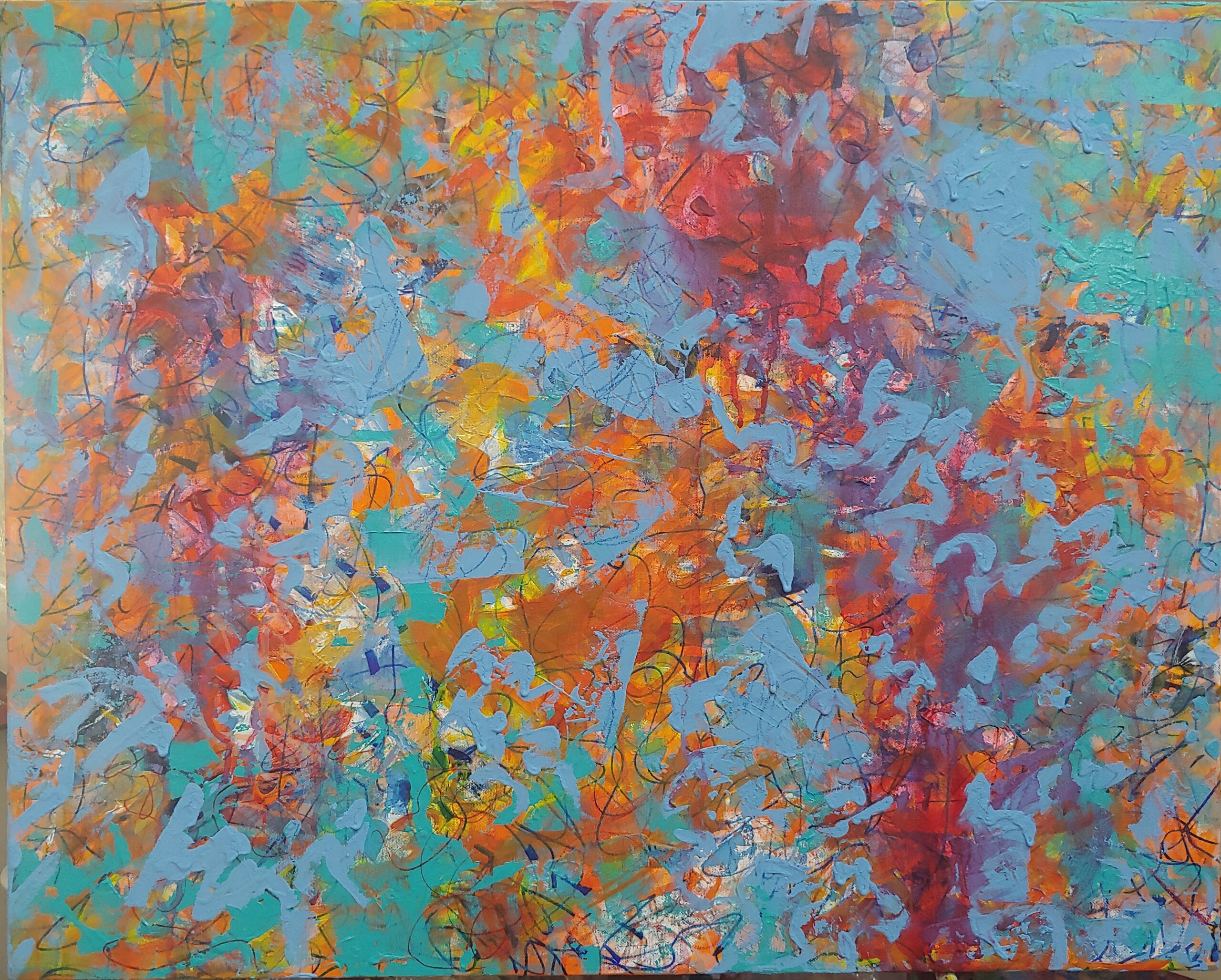
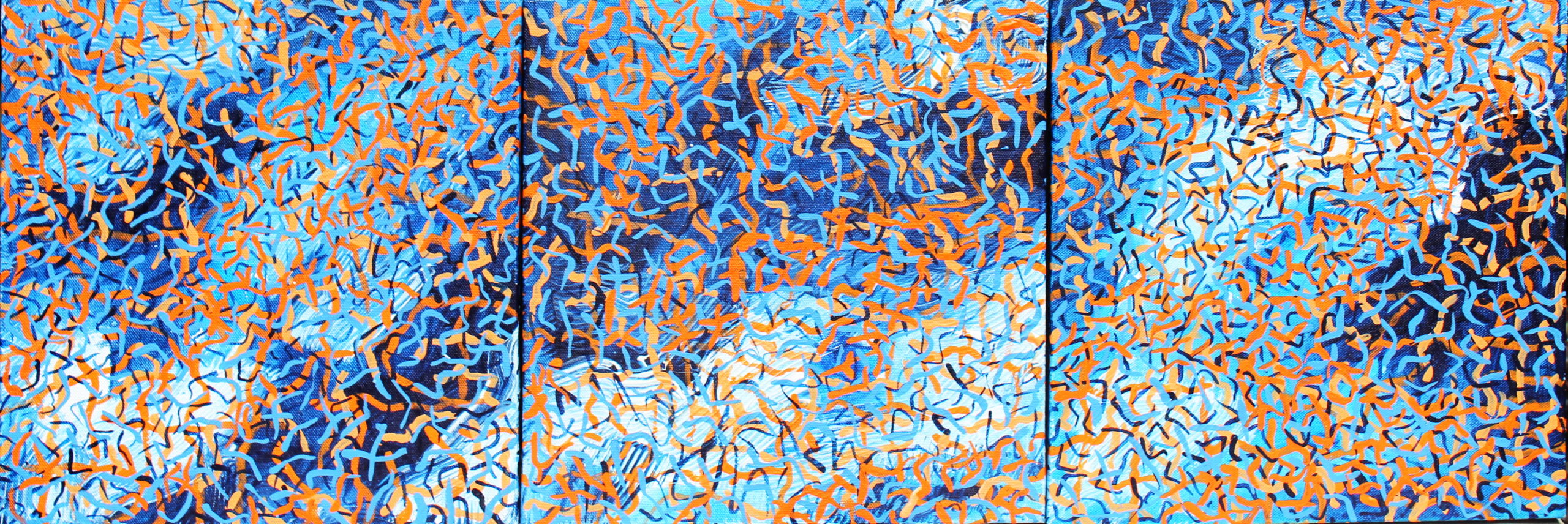

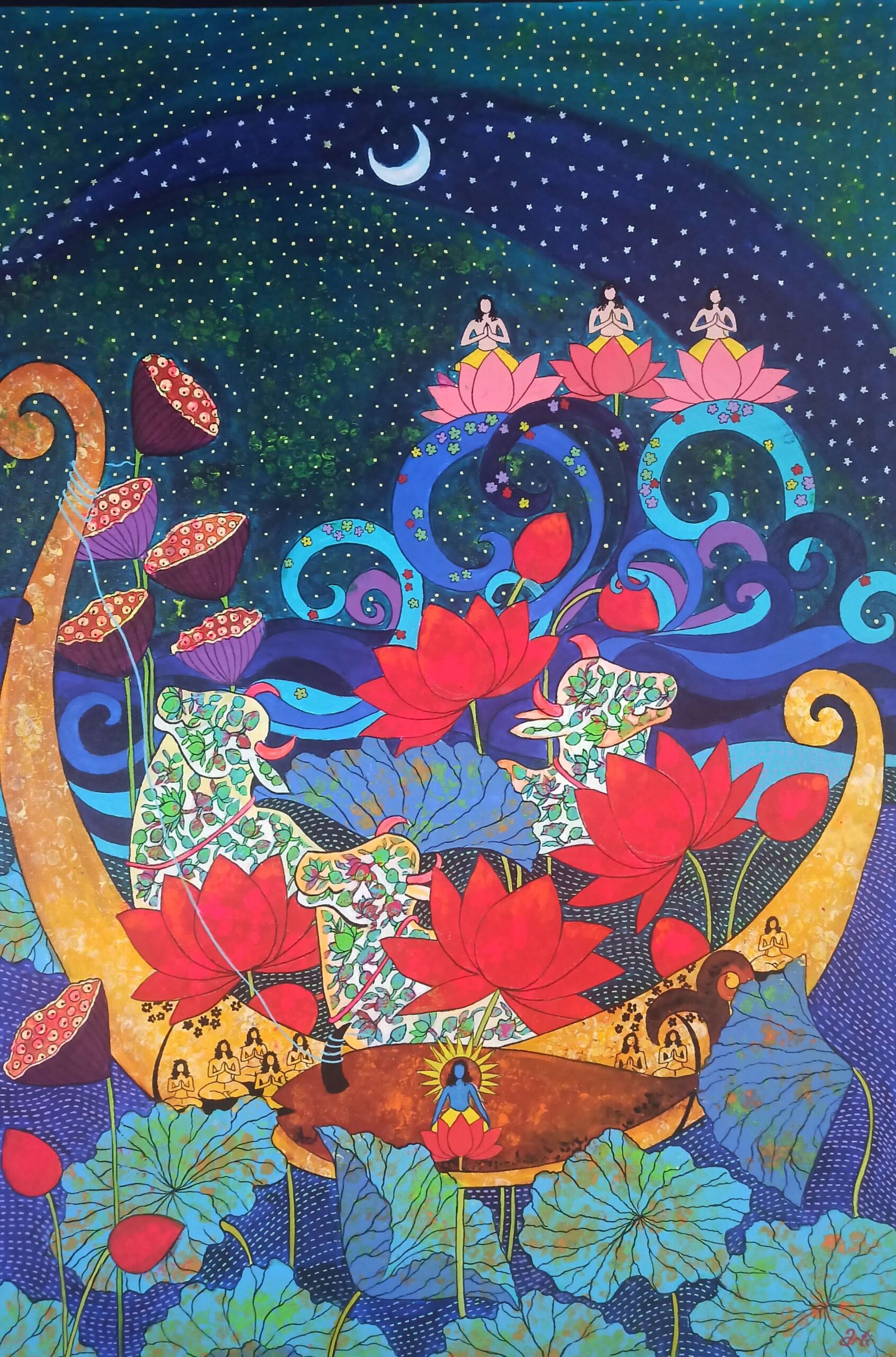
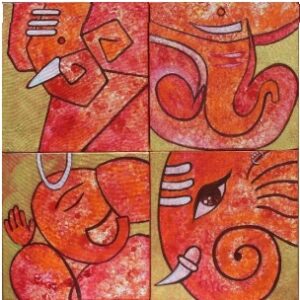
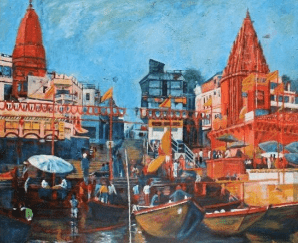
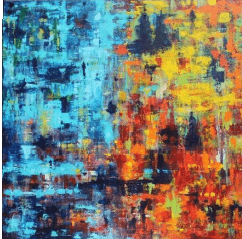
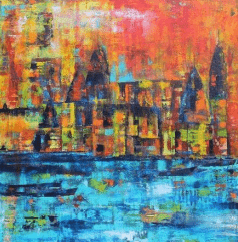
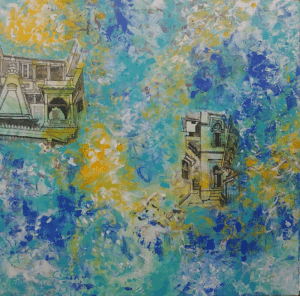
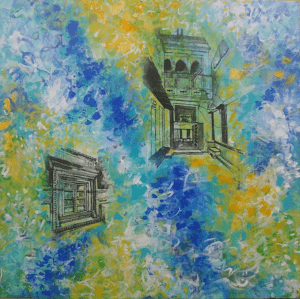

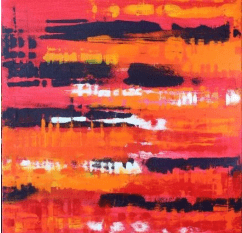
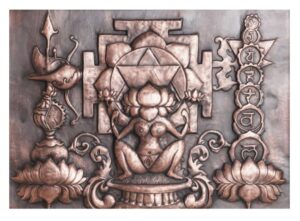
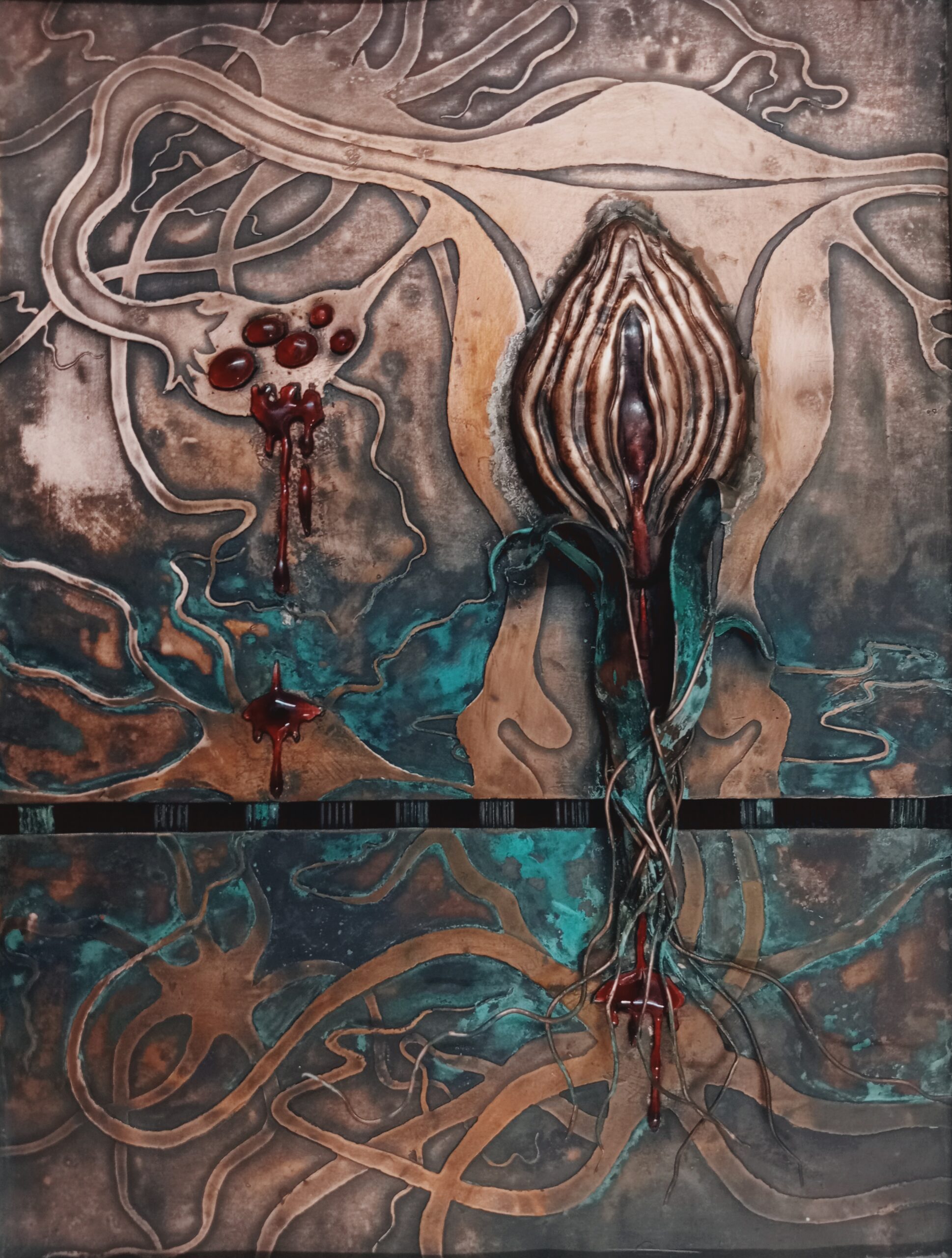
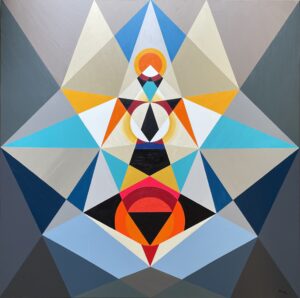
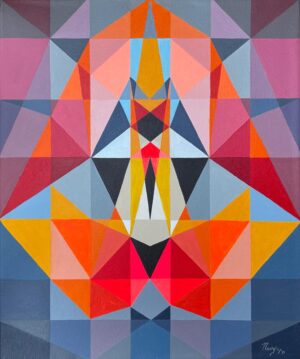
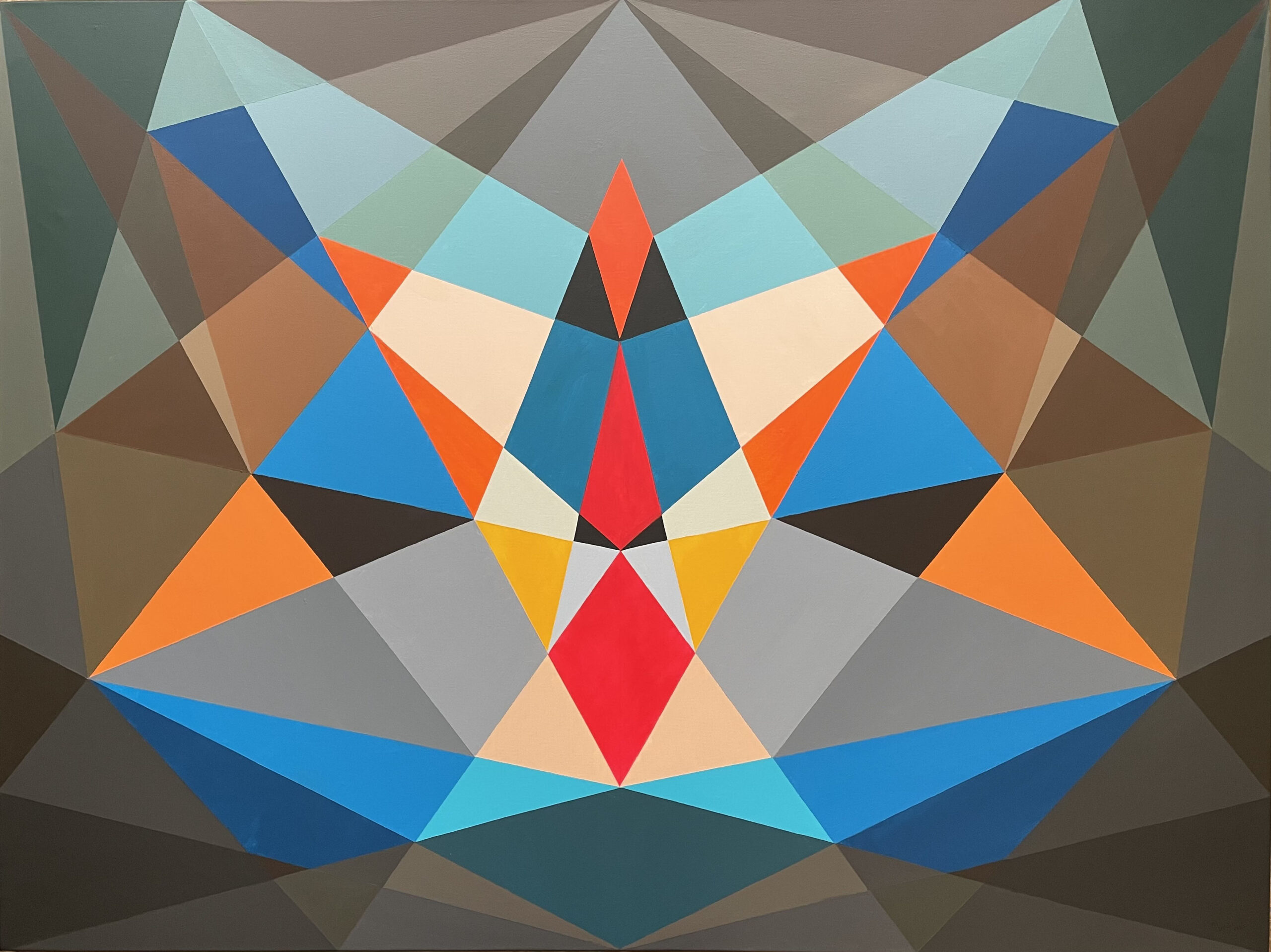
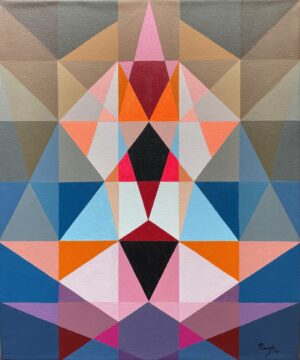

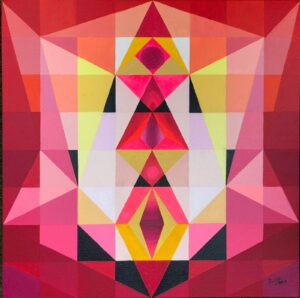
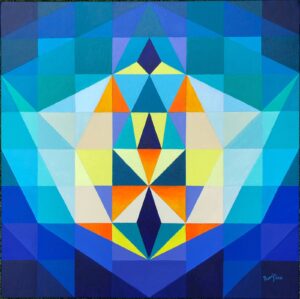

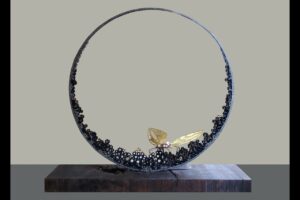
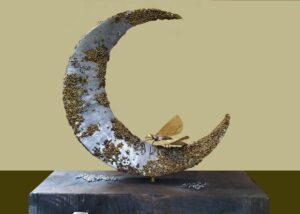

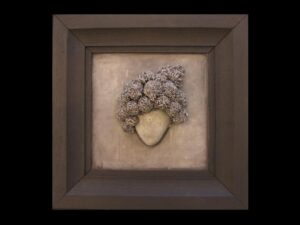
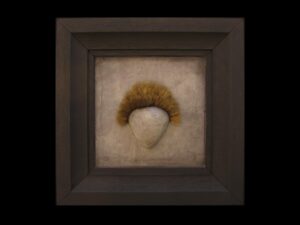
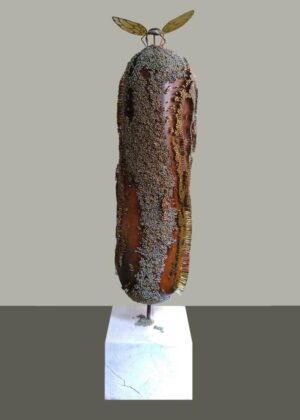
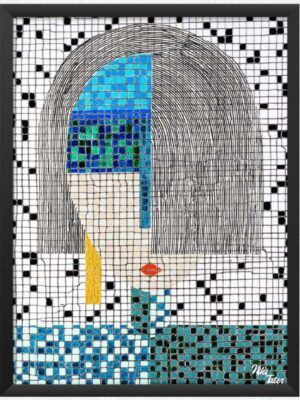
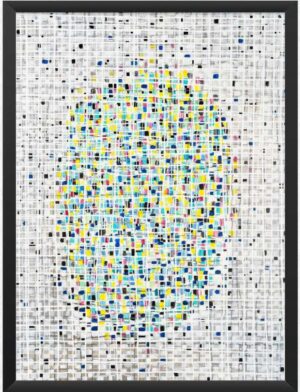
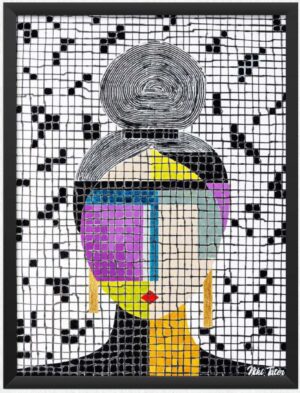
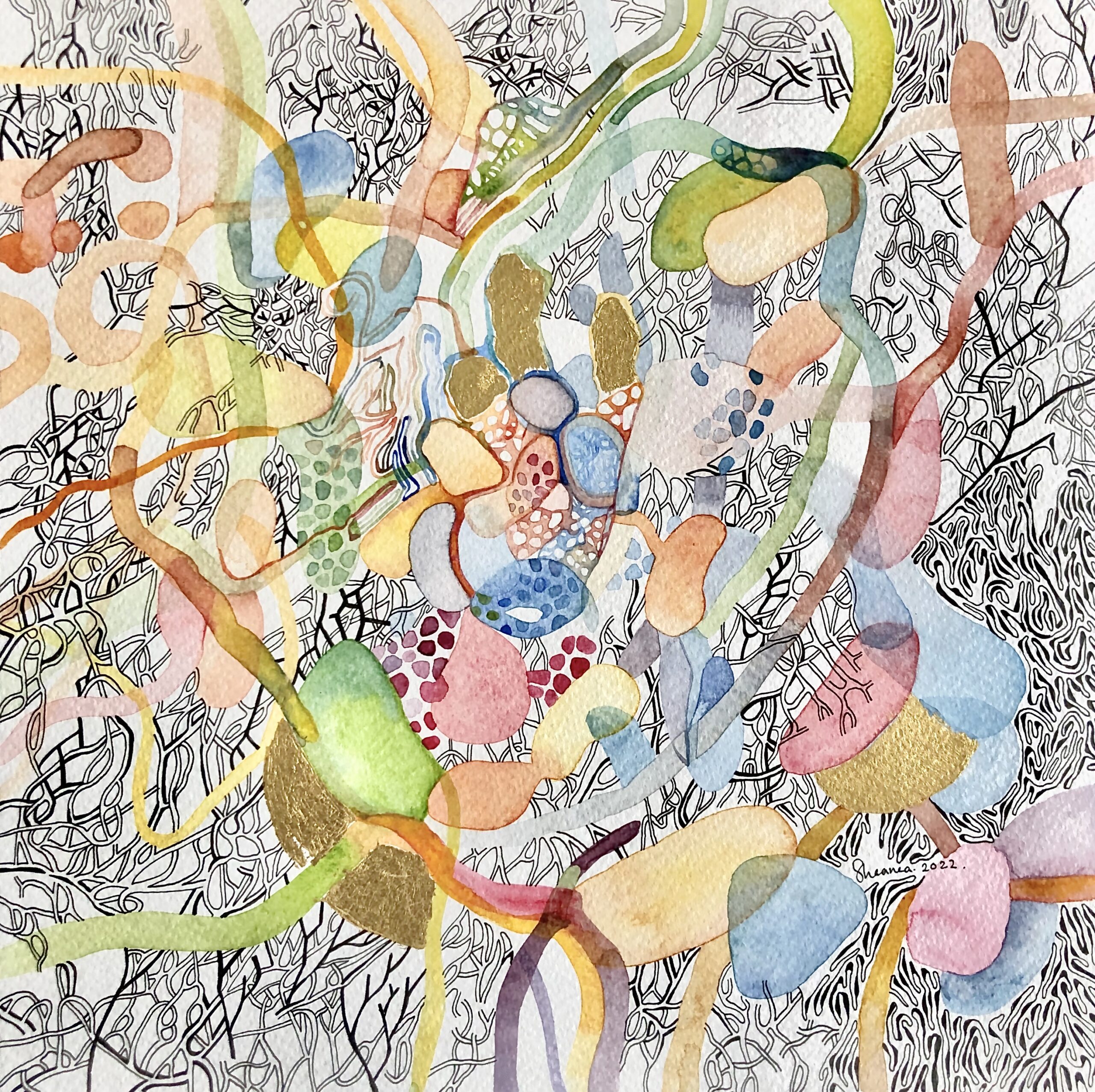
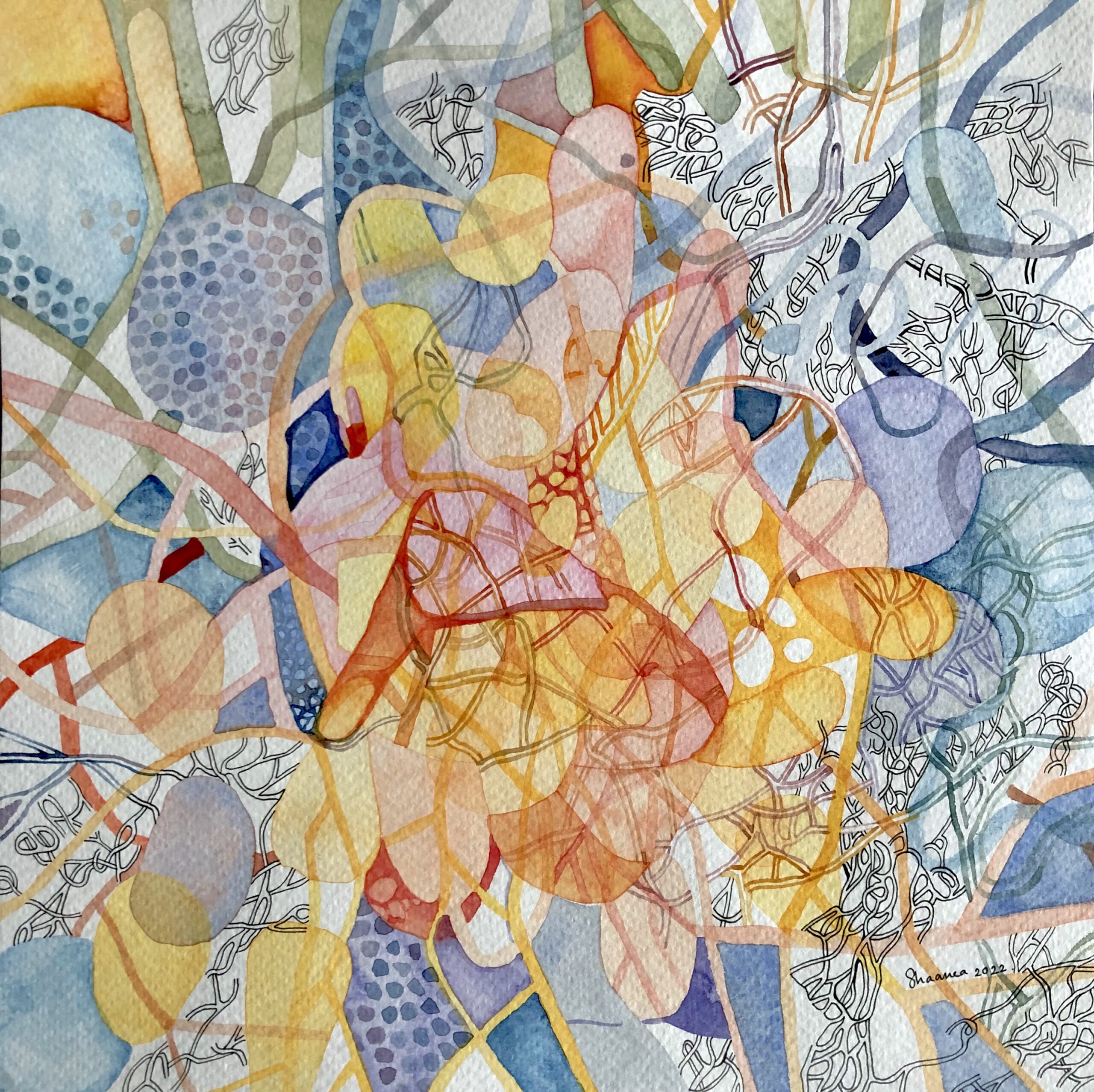

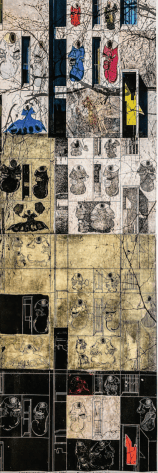
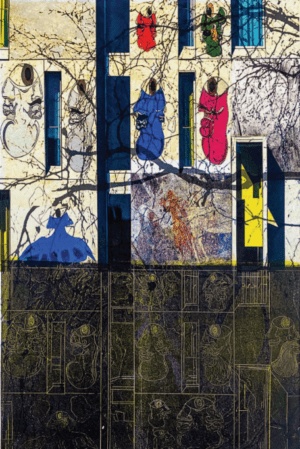
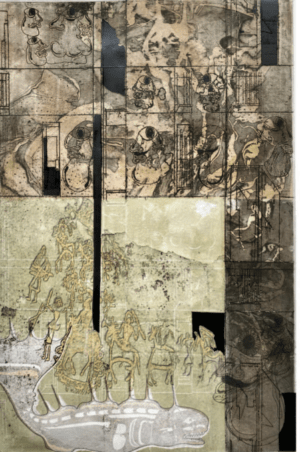
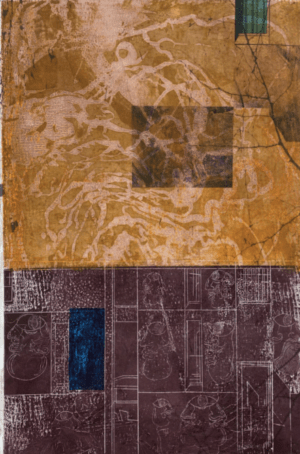
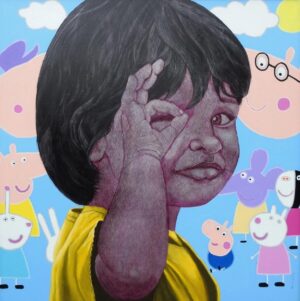
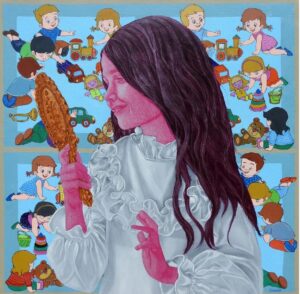
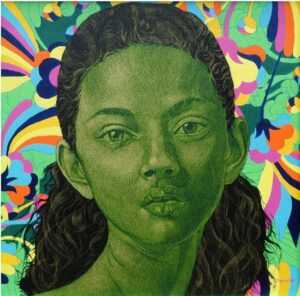
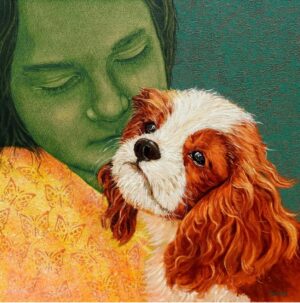

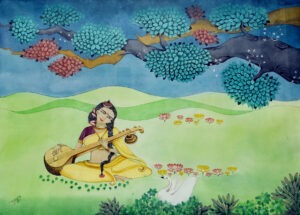
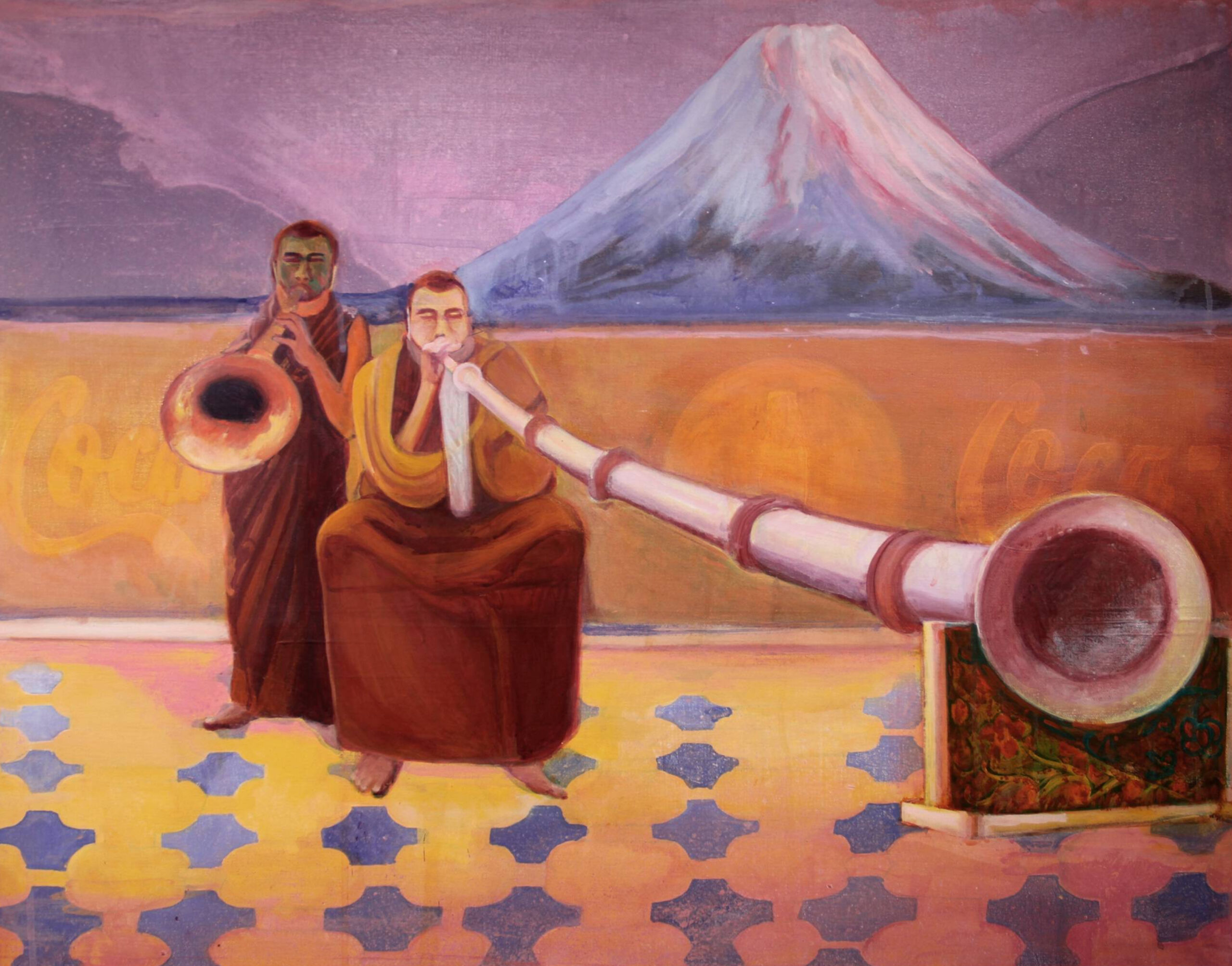

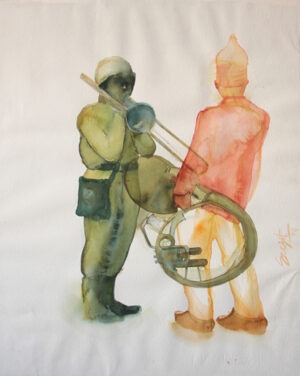
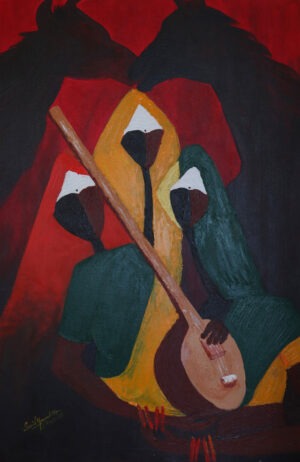
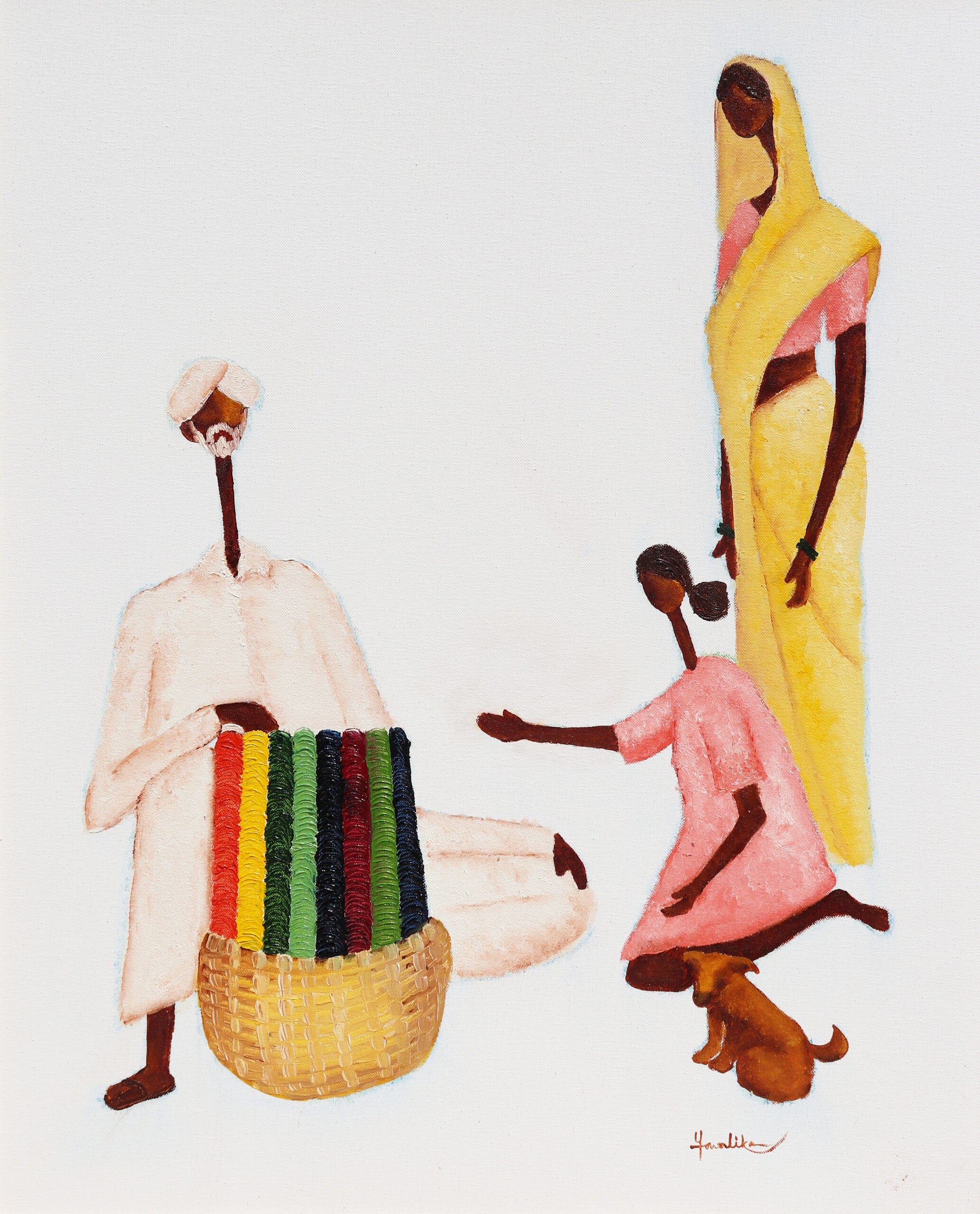
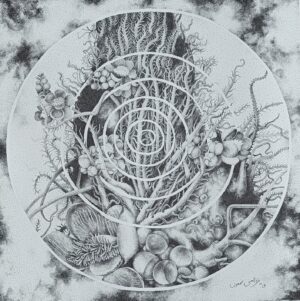
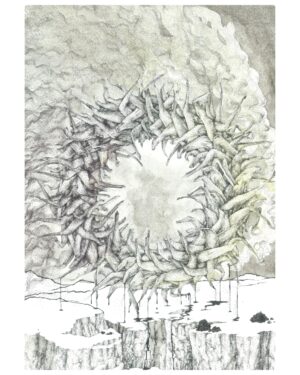
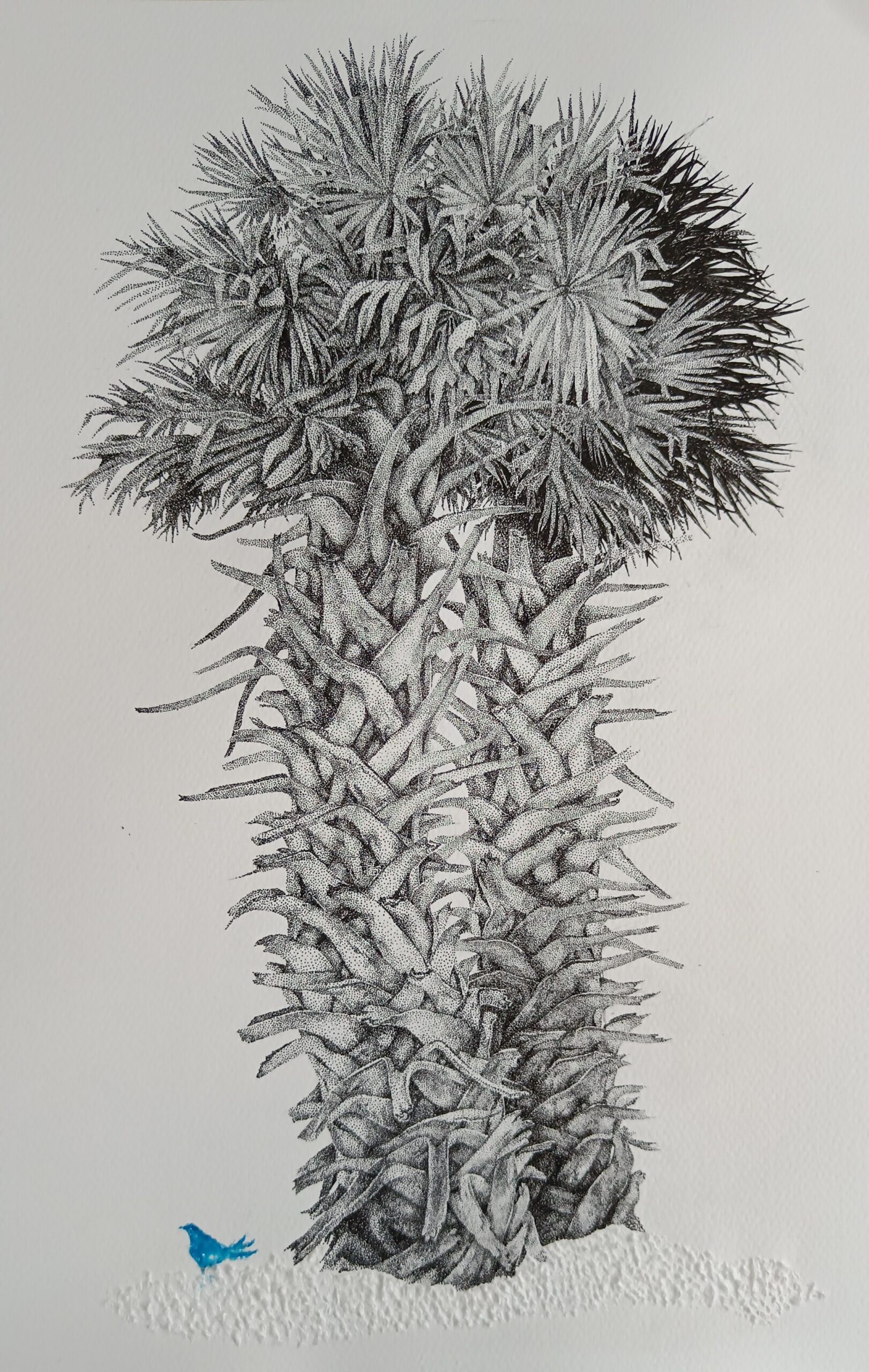
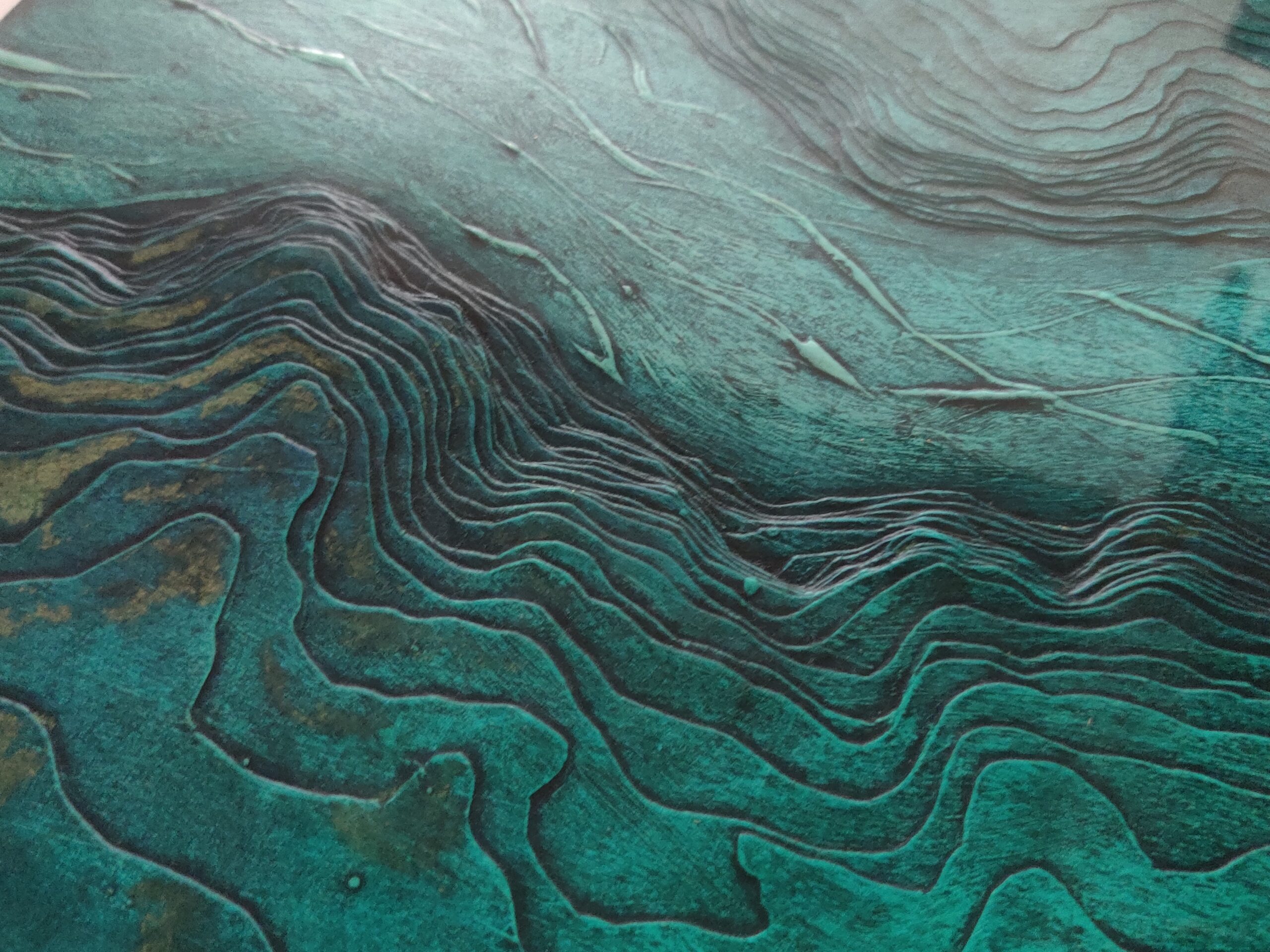
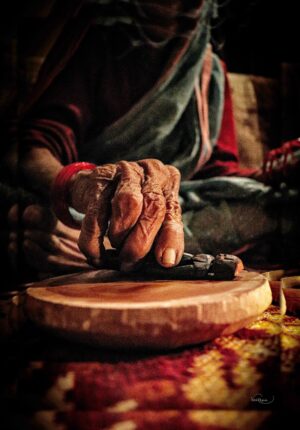
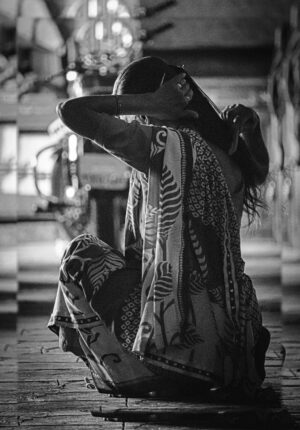
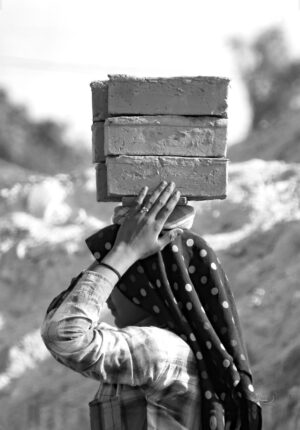
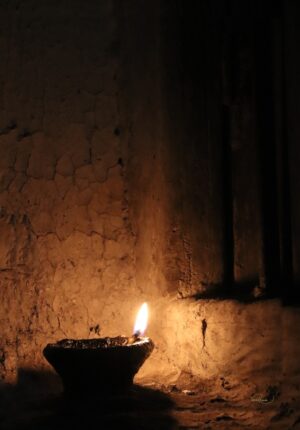


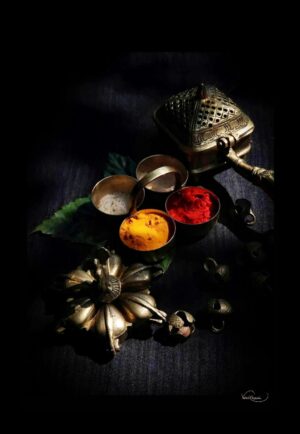
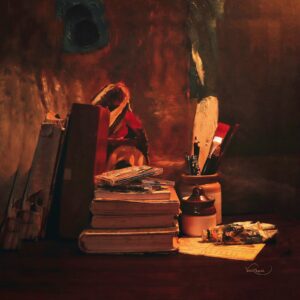

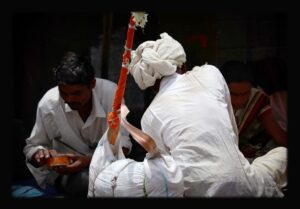

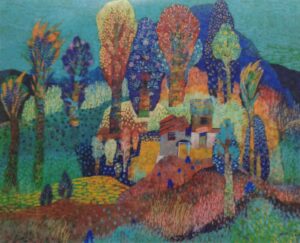

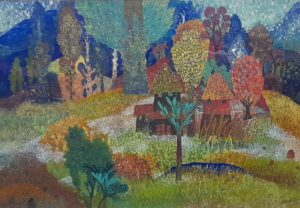
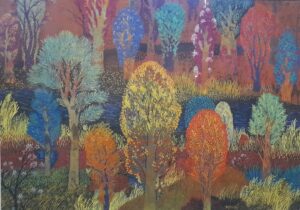
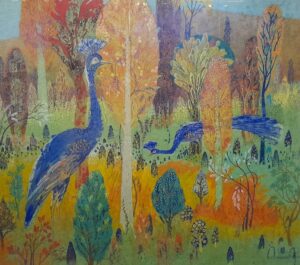
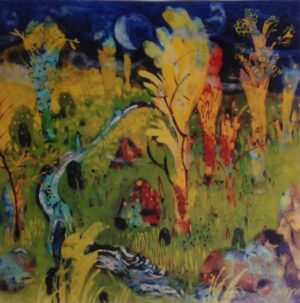
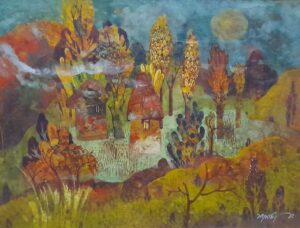
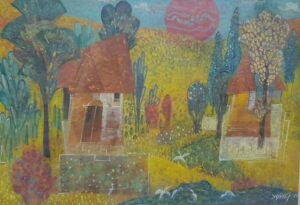
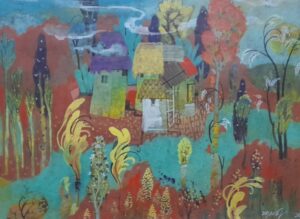

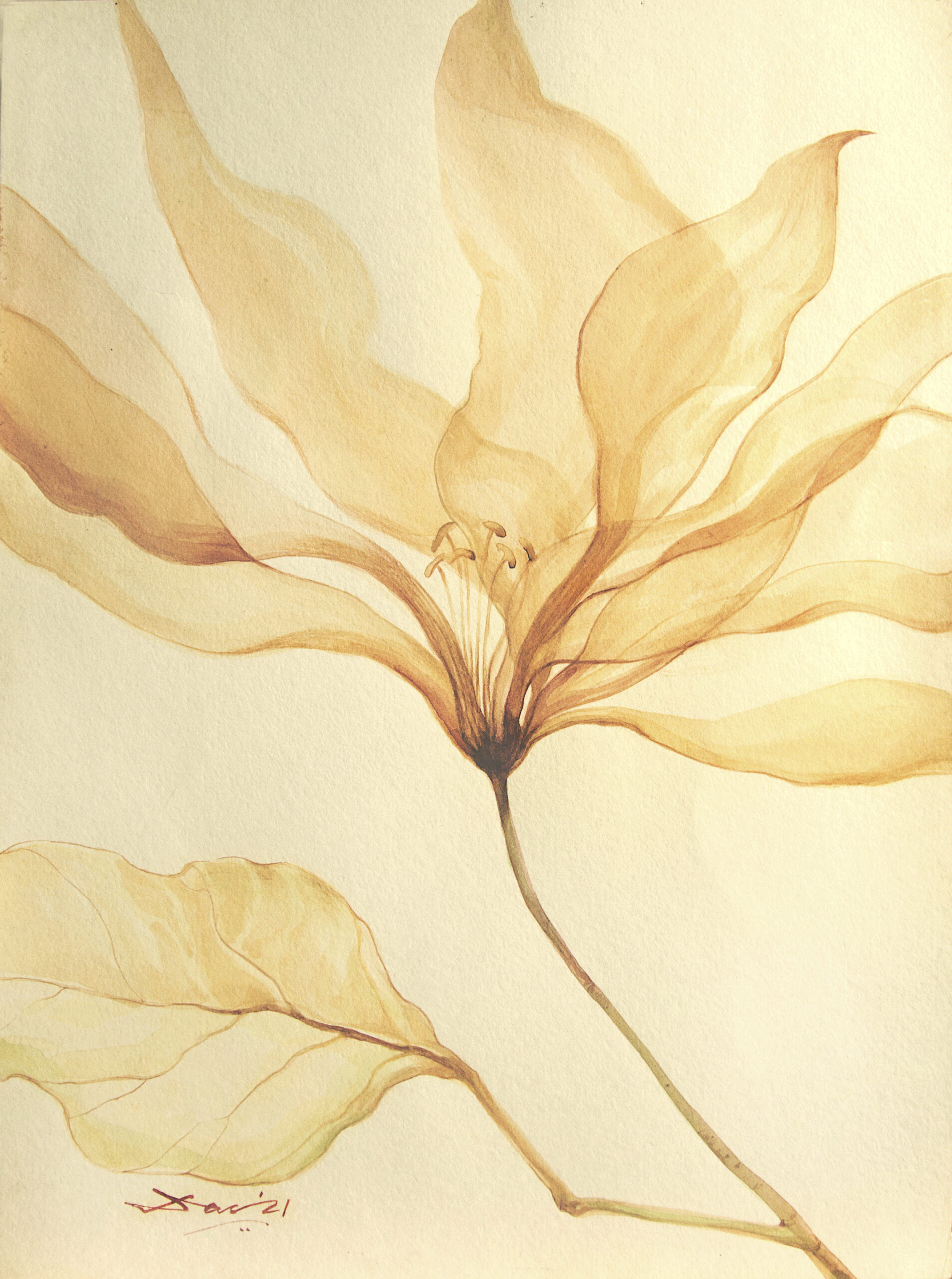
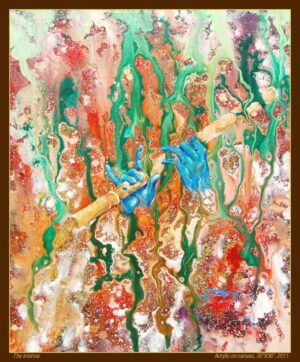
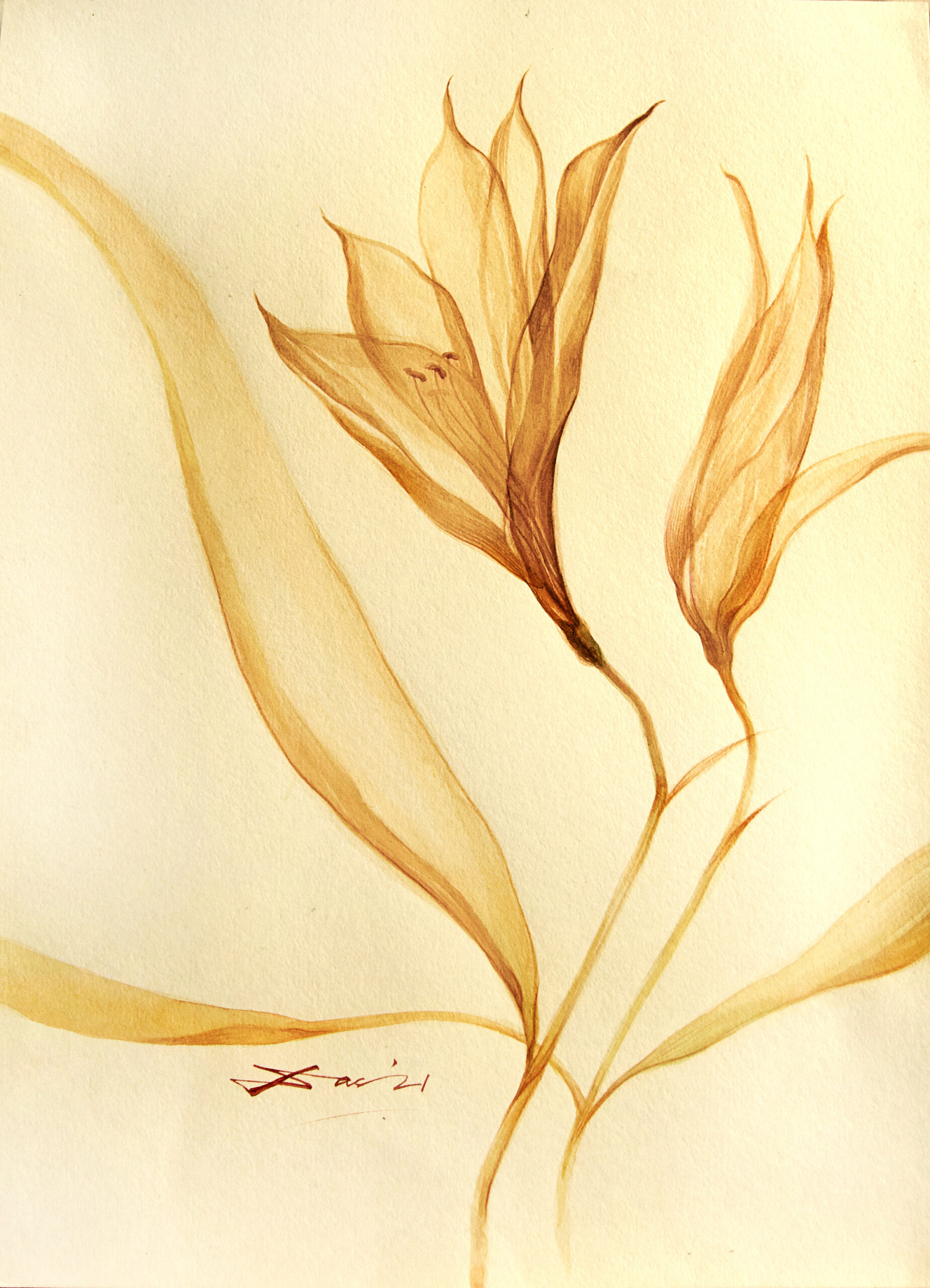

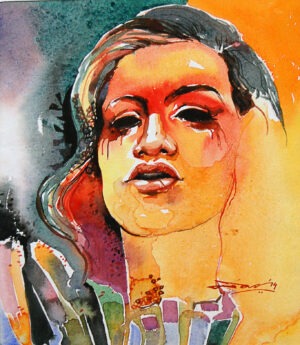
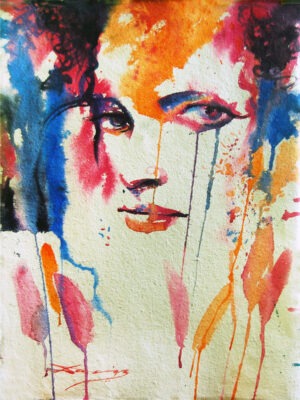
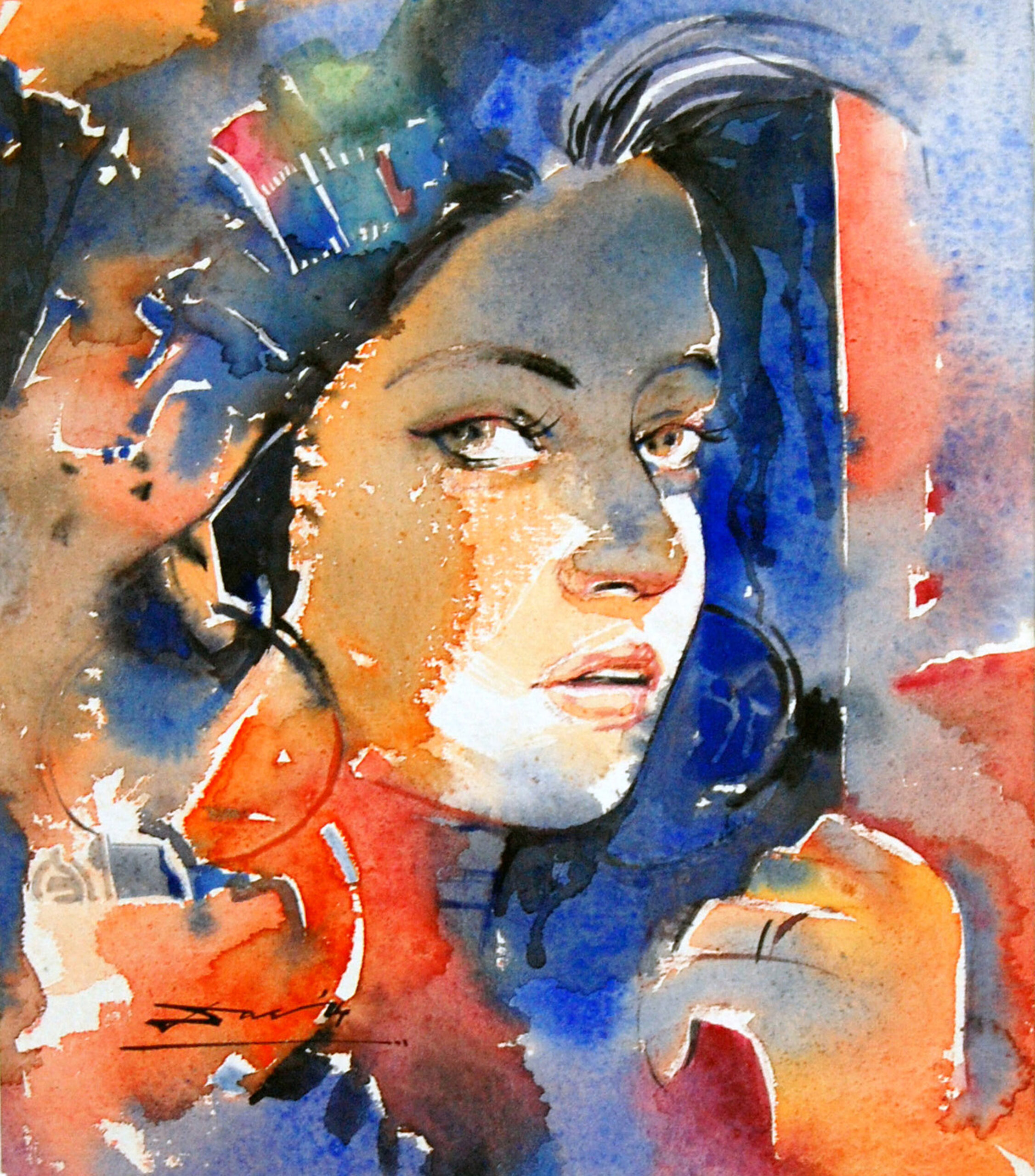



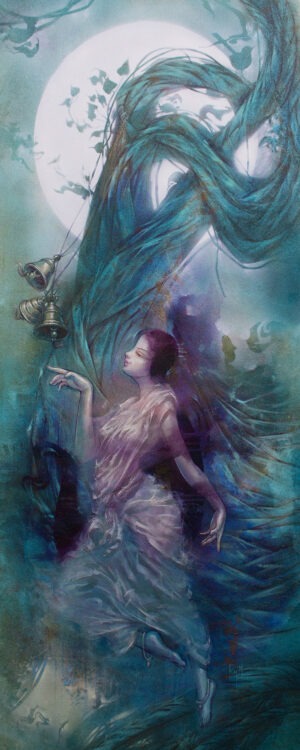
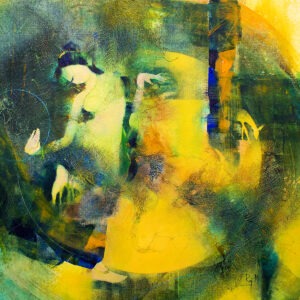
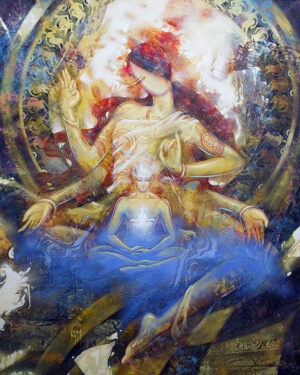
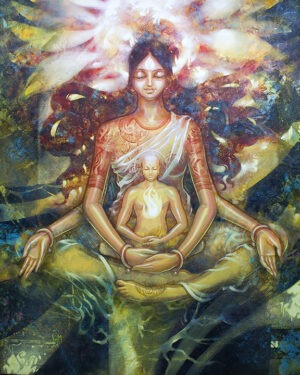
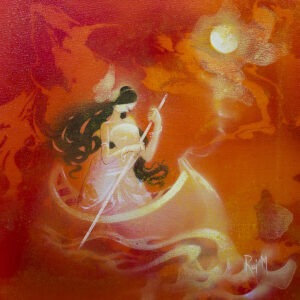
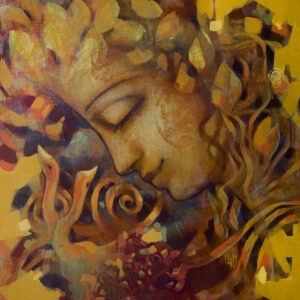
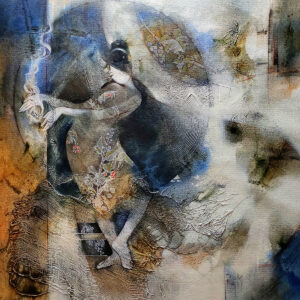

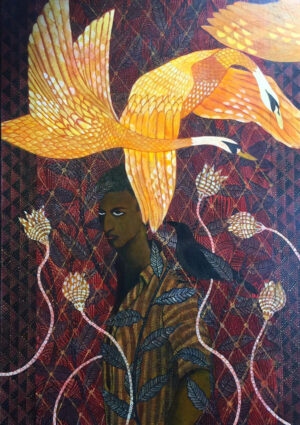
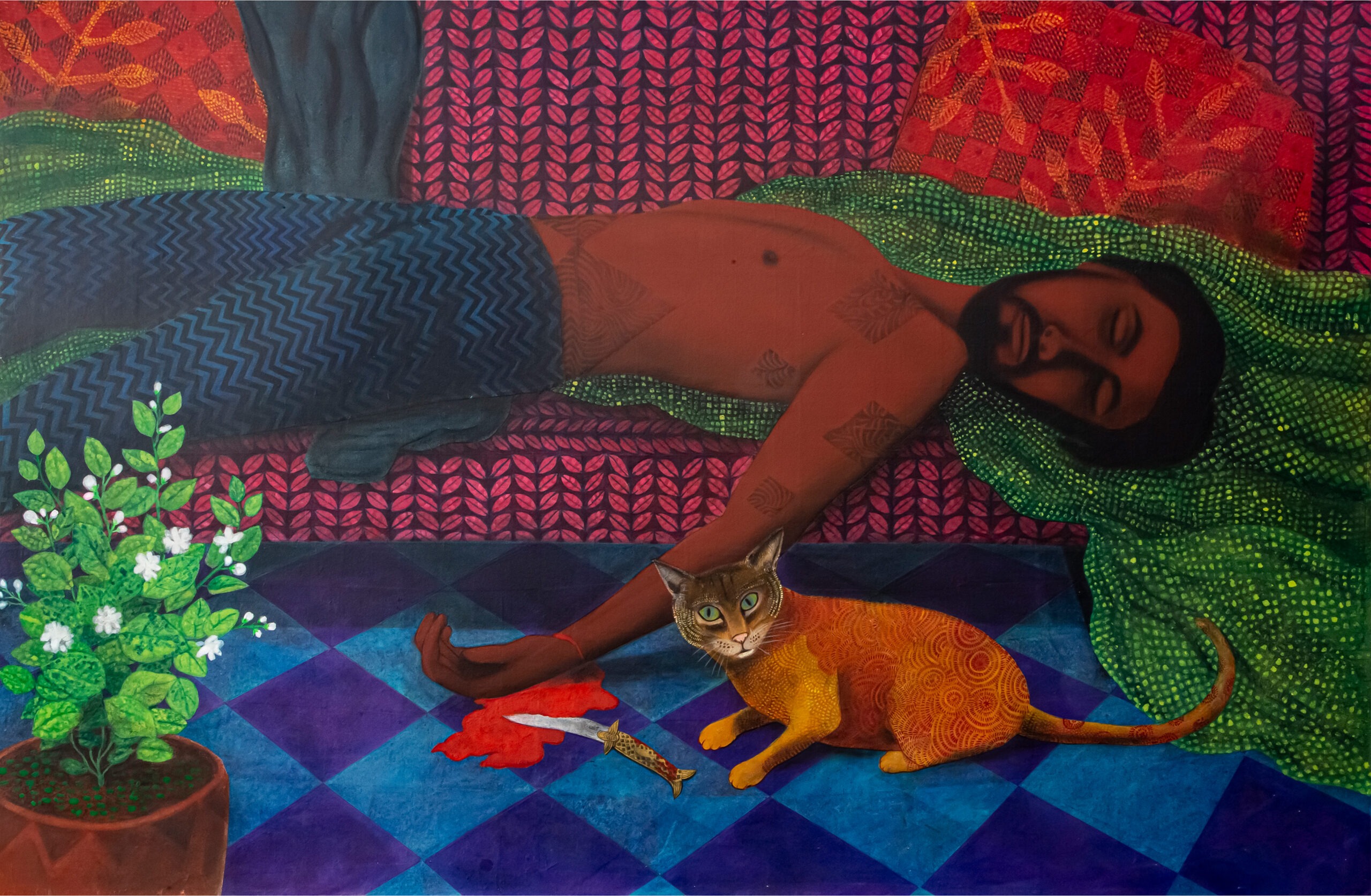
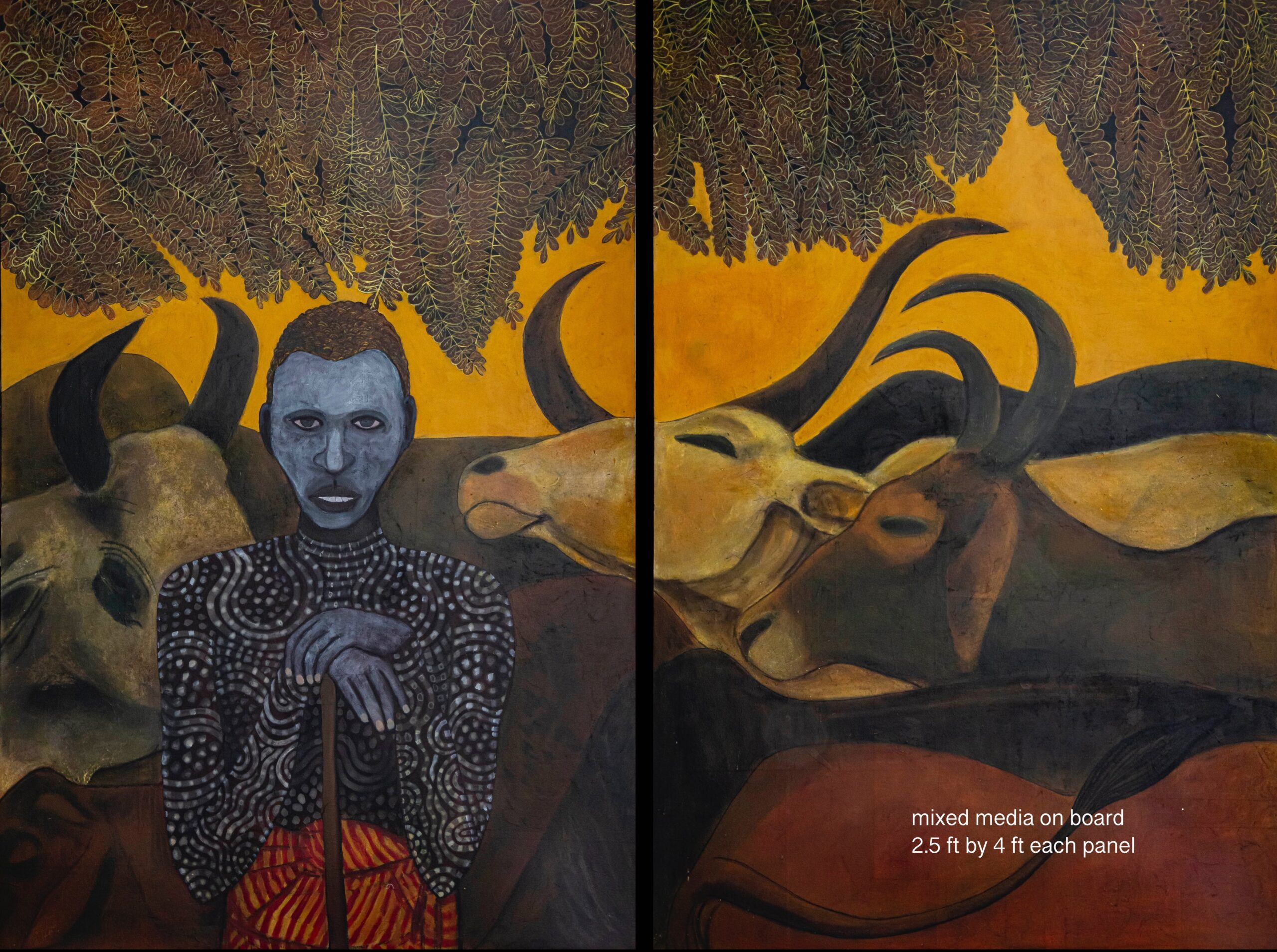
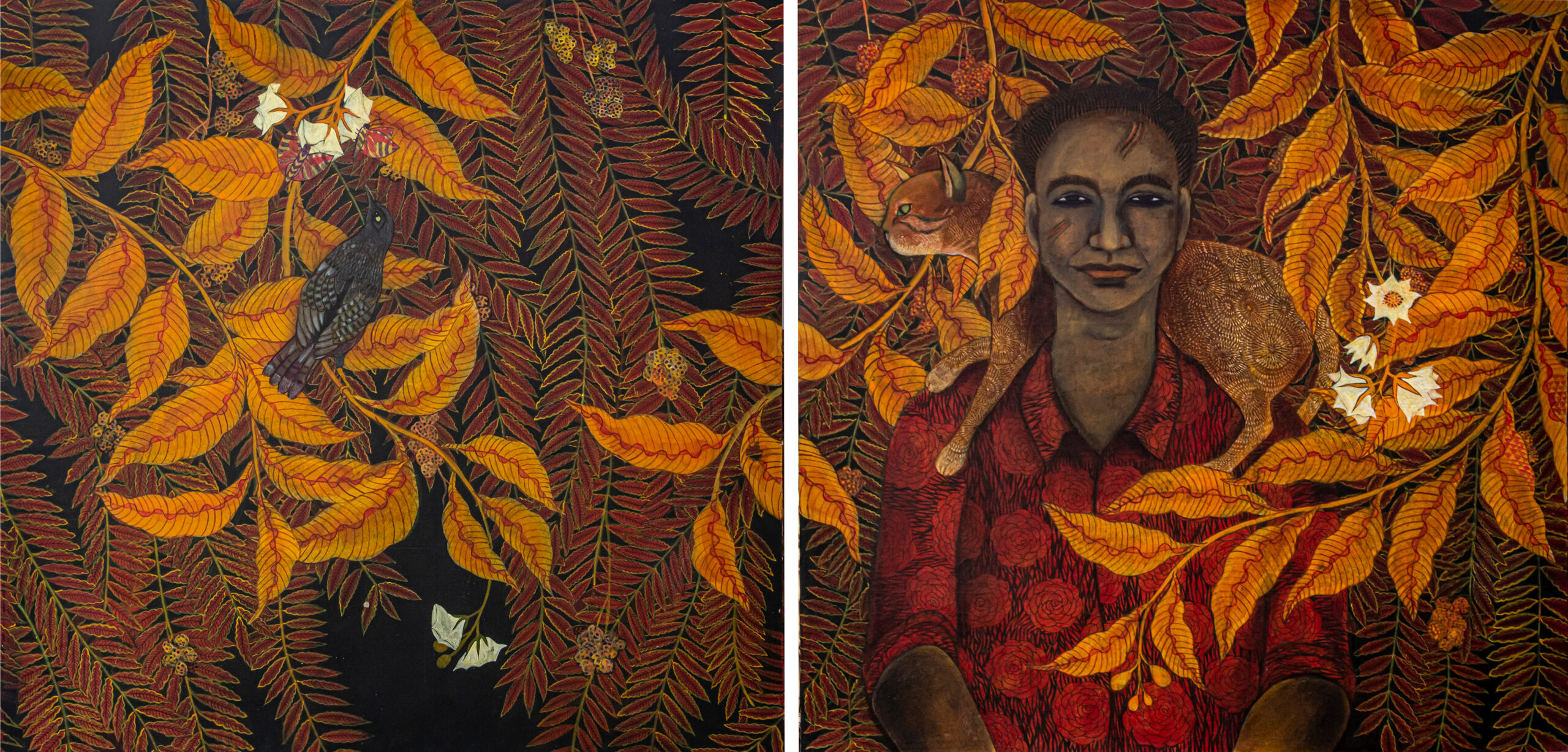
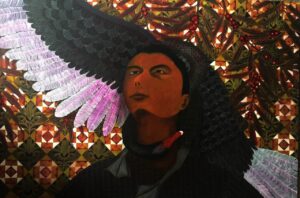

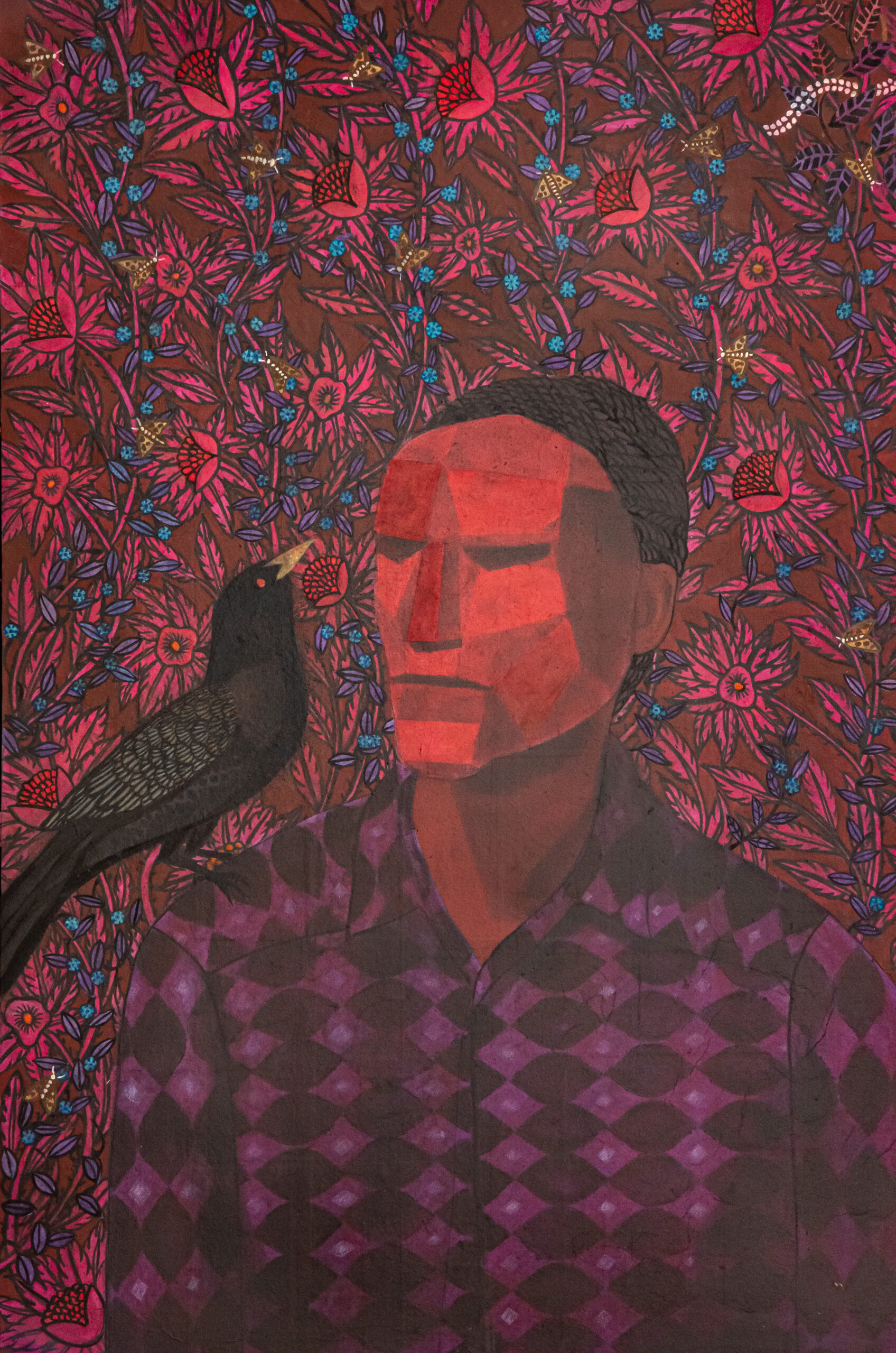
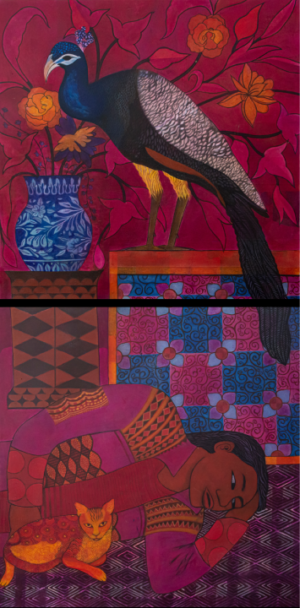
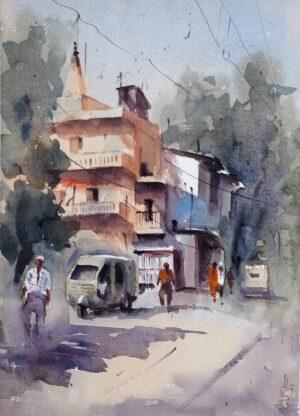
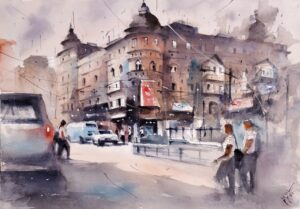
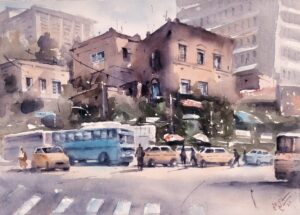
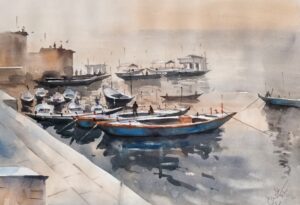
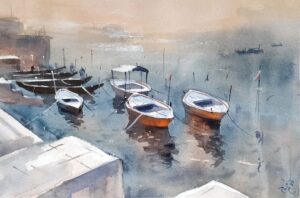

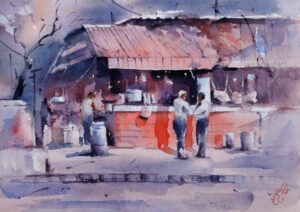
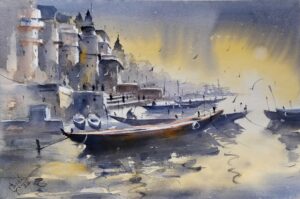
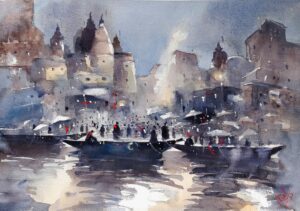
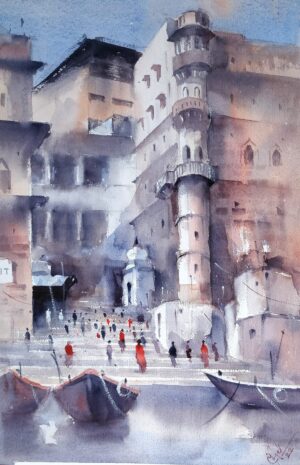
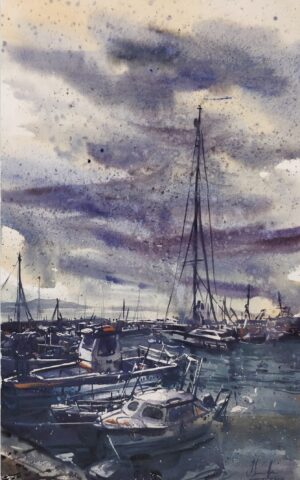
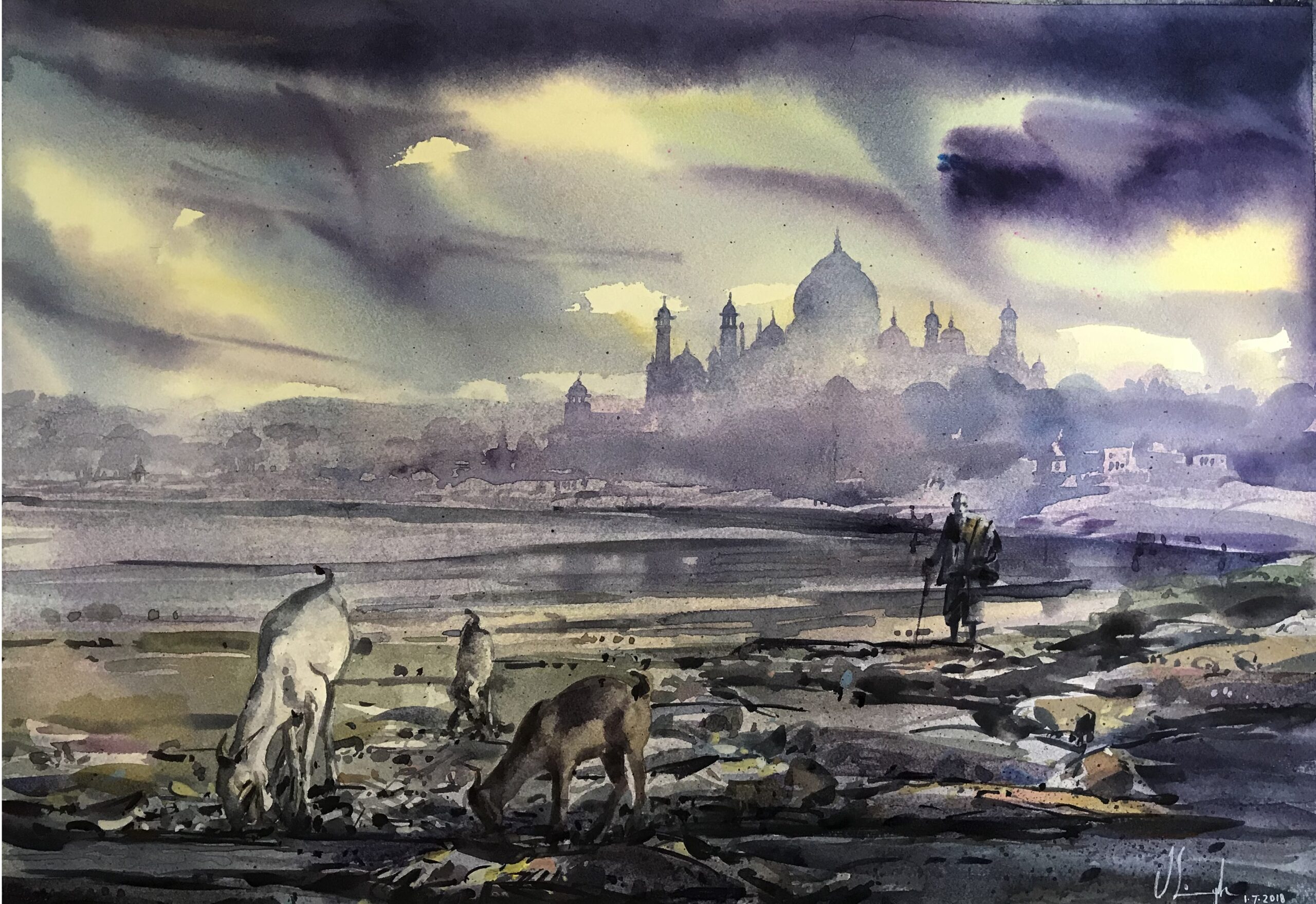
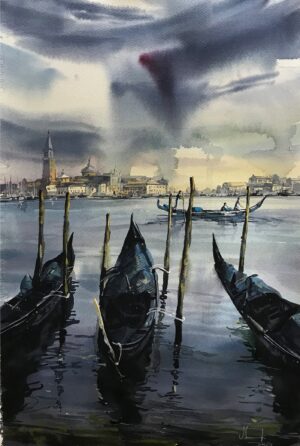
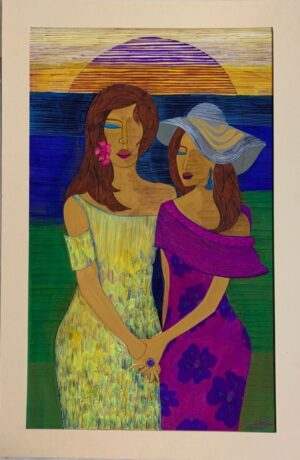
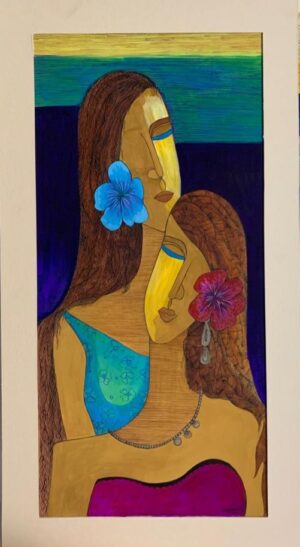

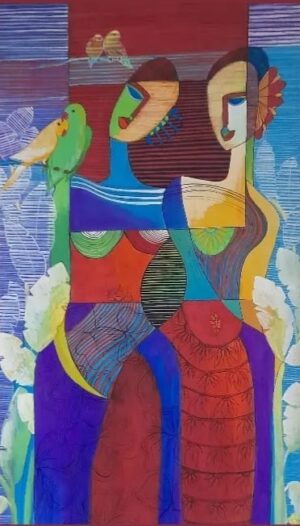
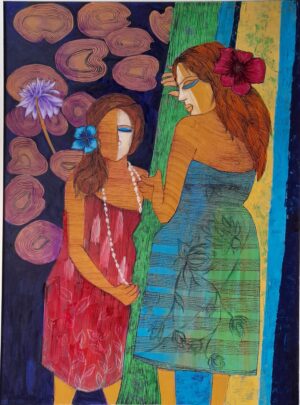
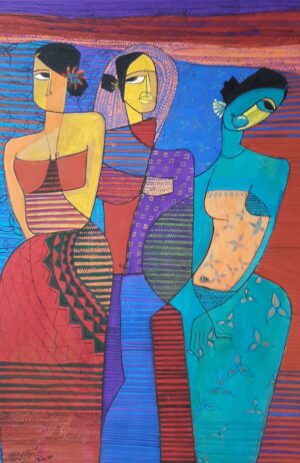
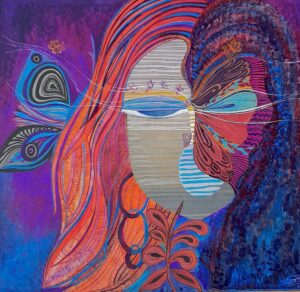
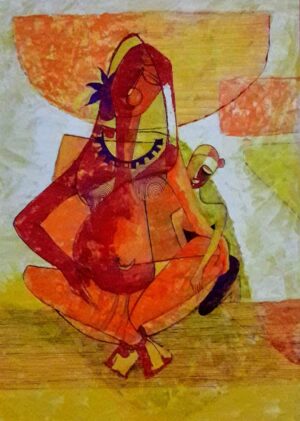
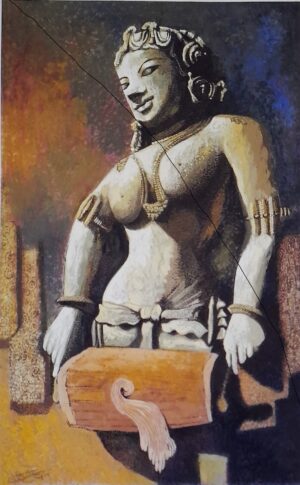

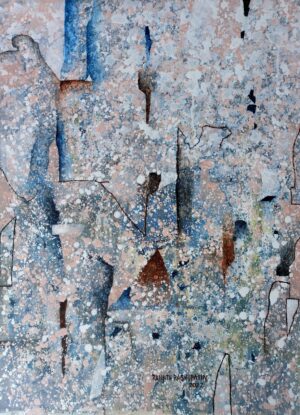
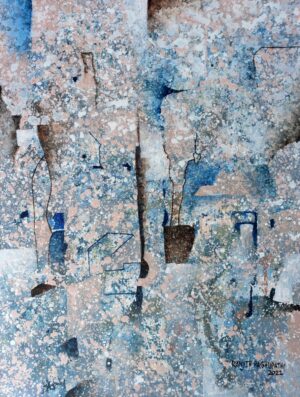
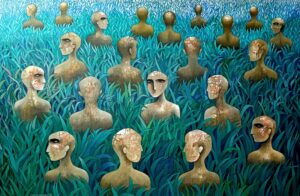
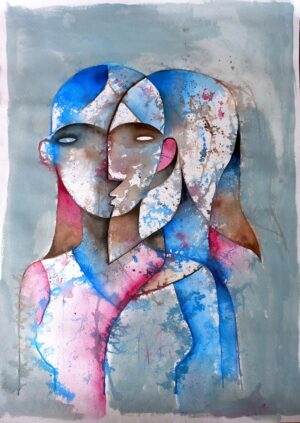

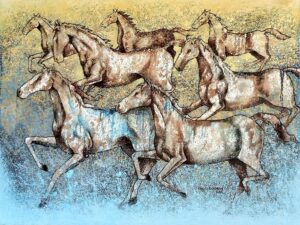
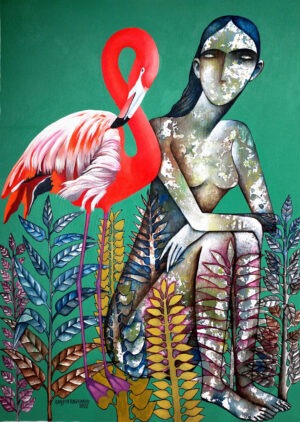



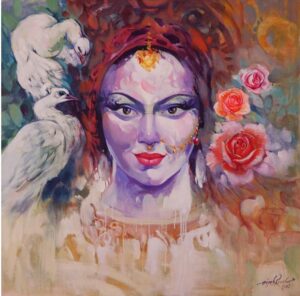
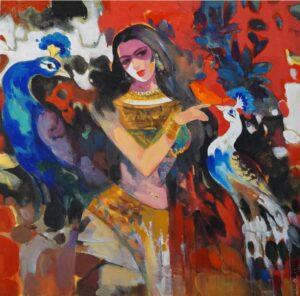

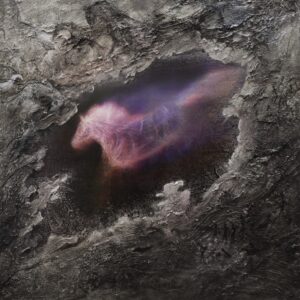
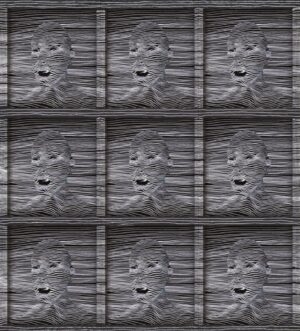
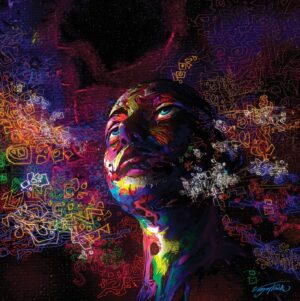
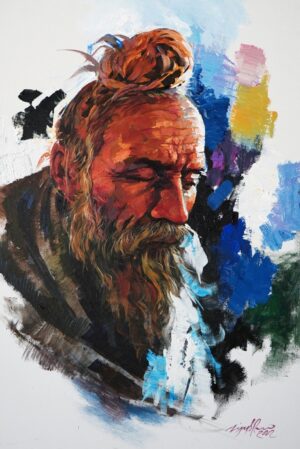
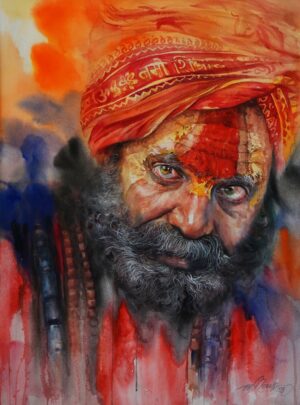
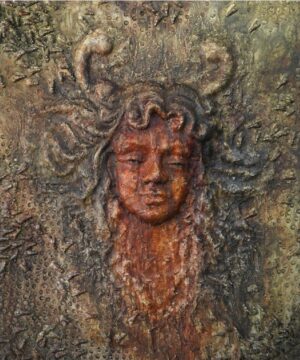
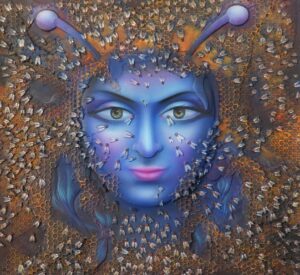
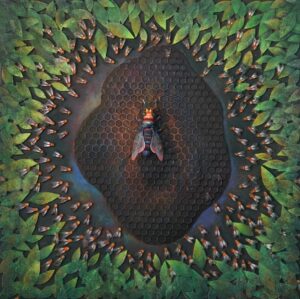
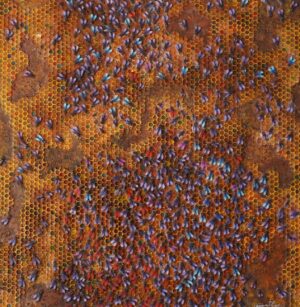
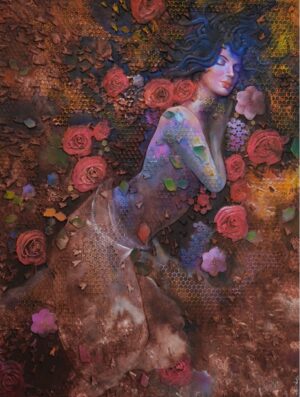
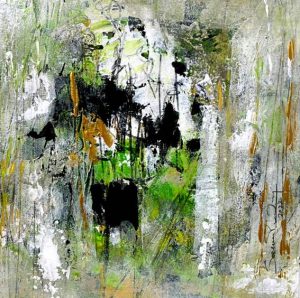

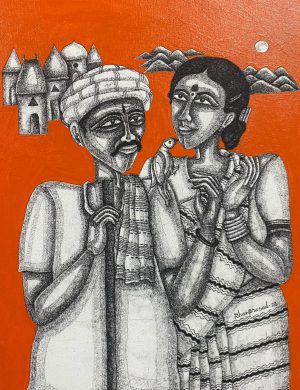
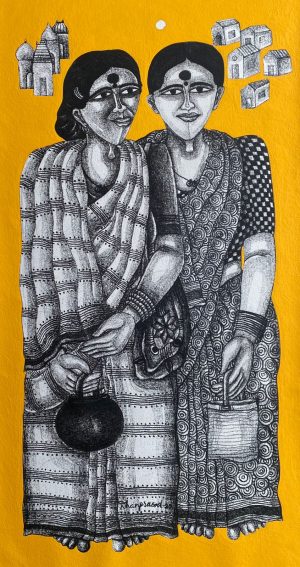
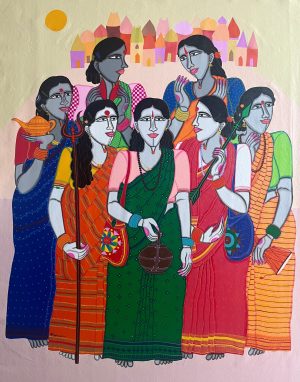








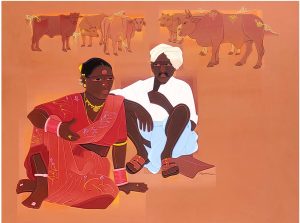
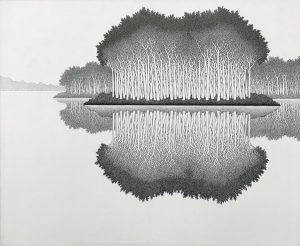
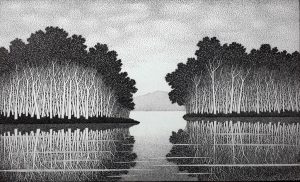
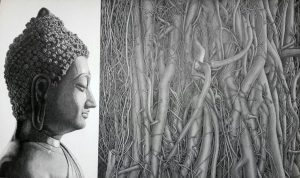
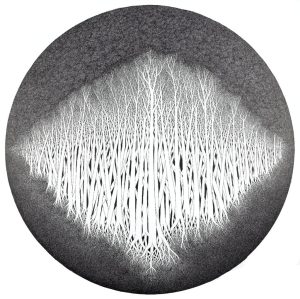
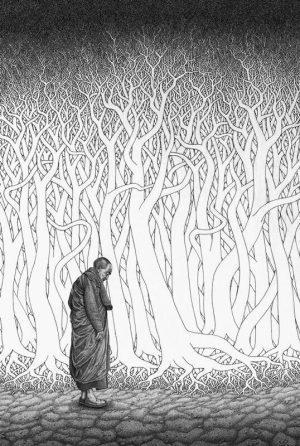

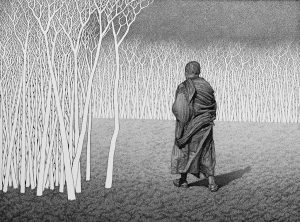
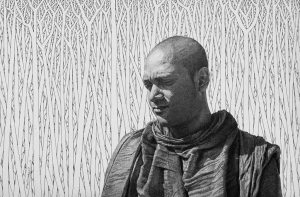


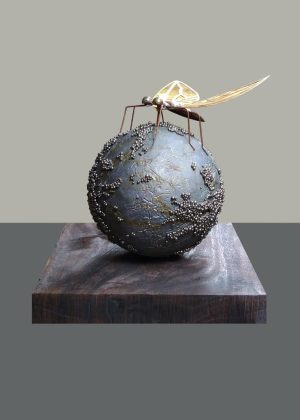
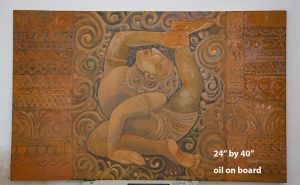

Reviews
There are no reviews yet.